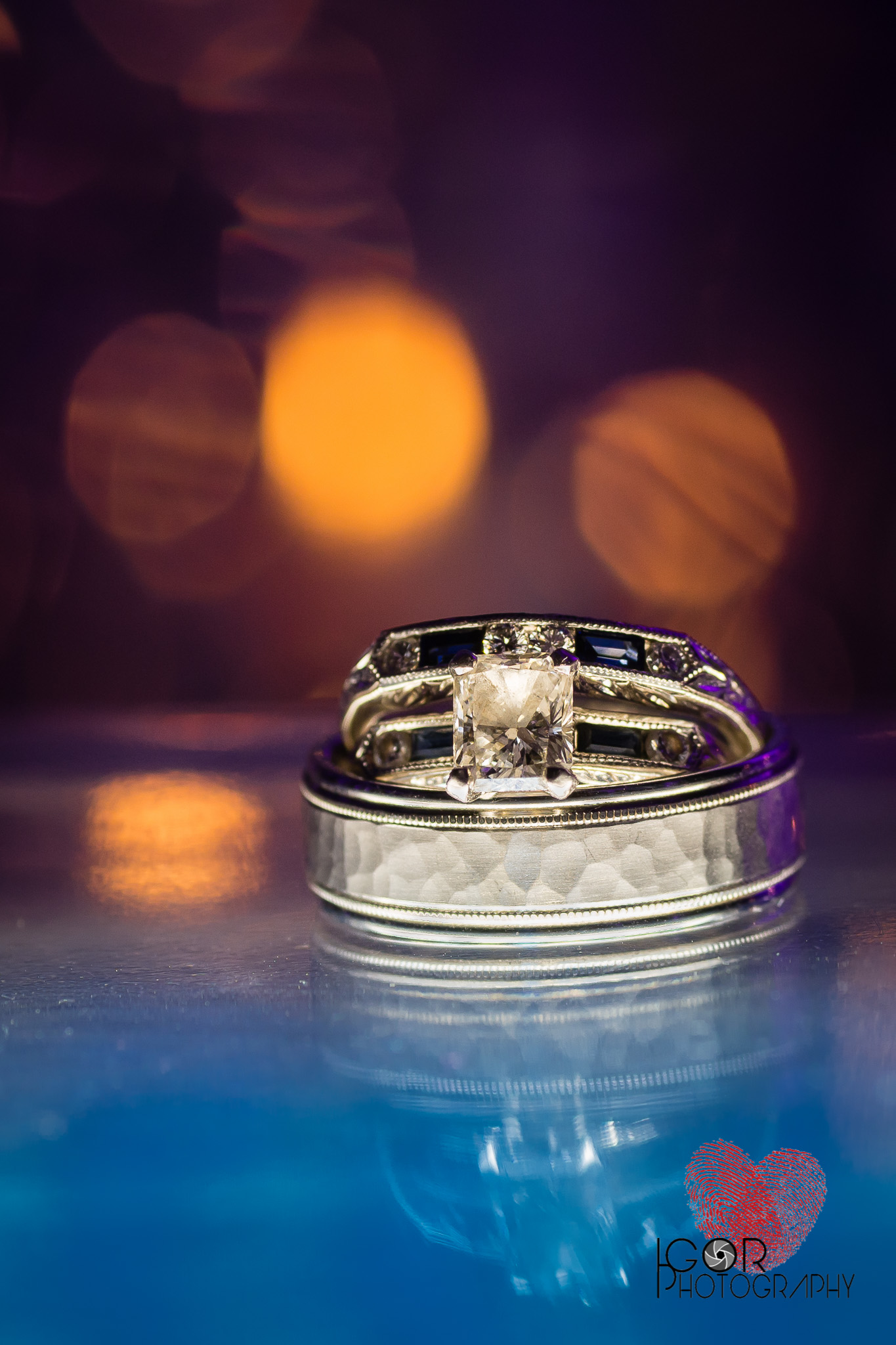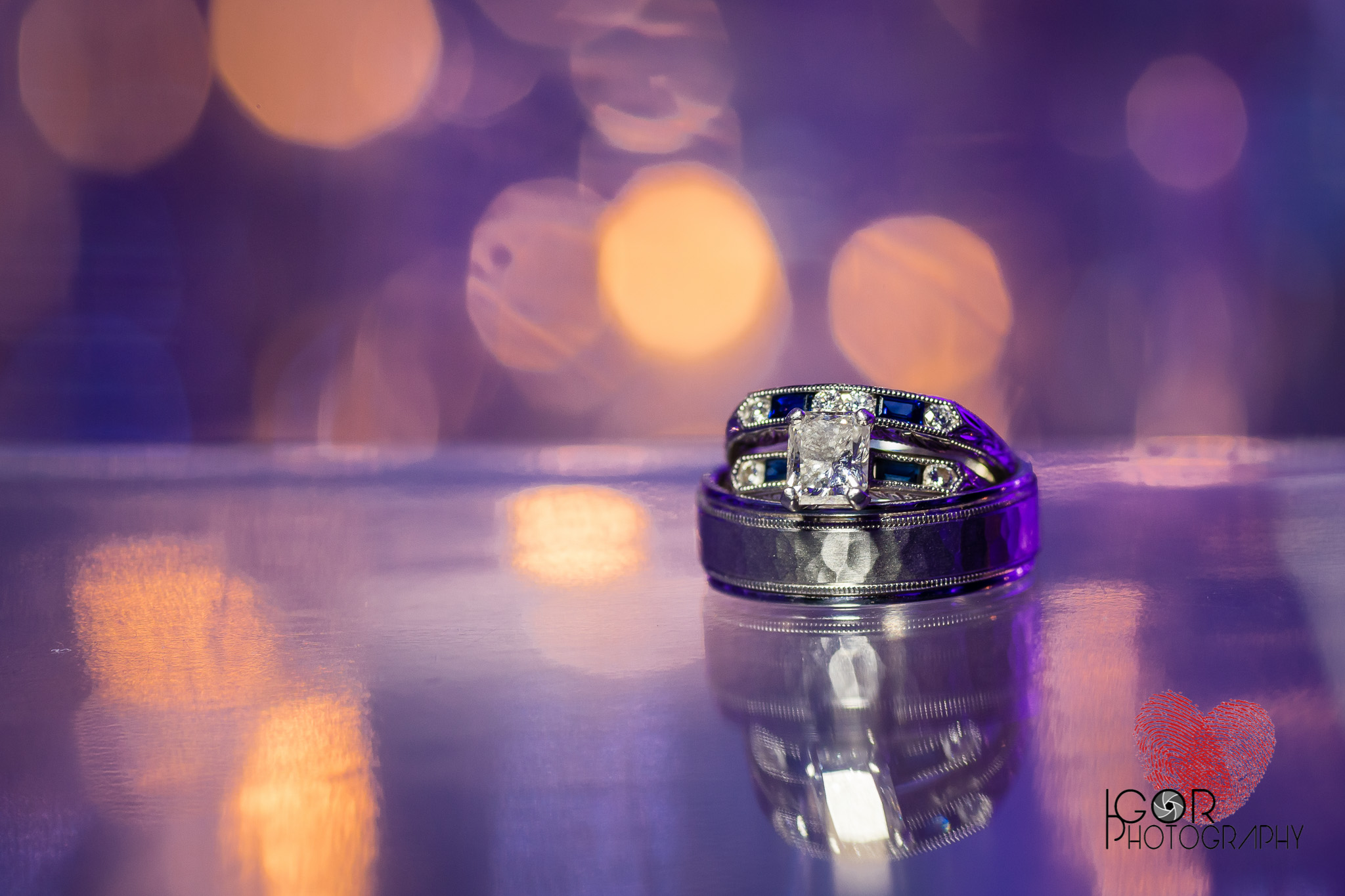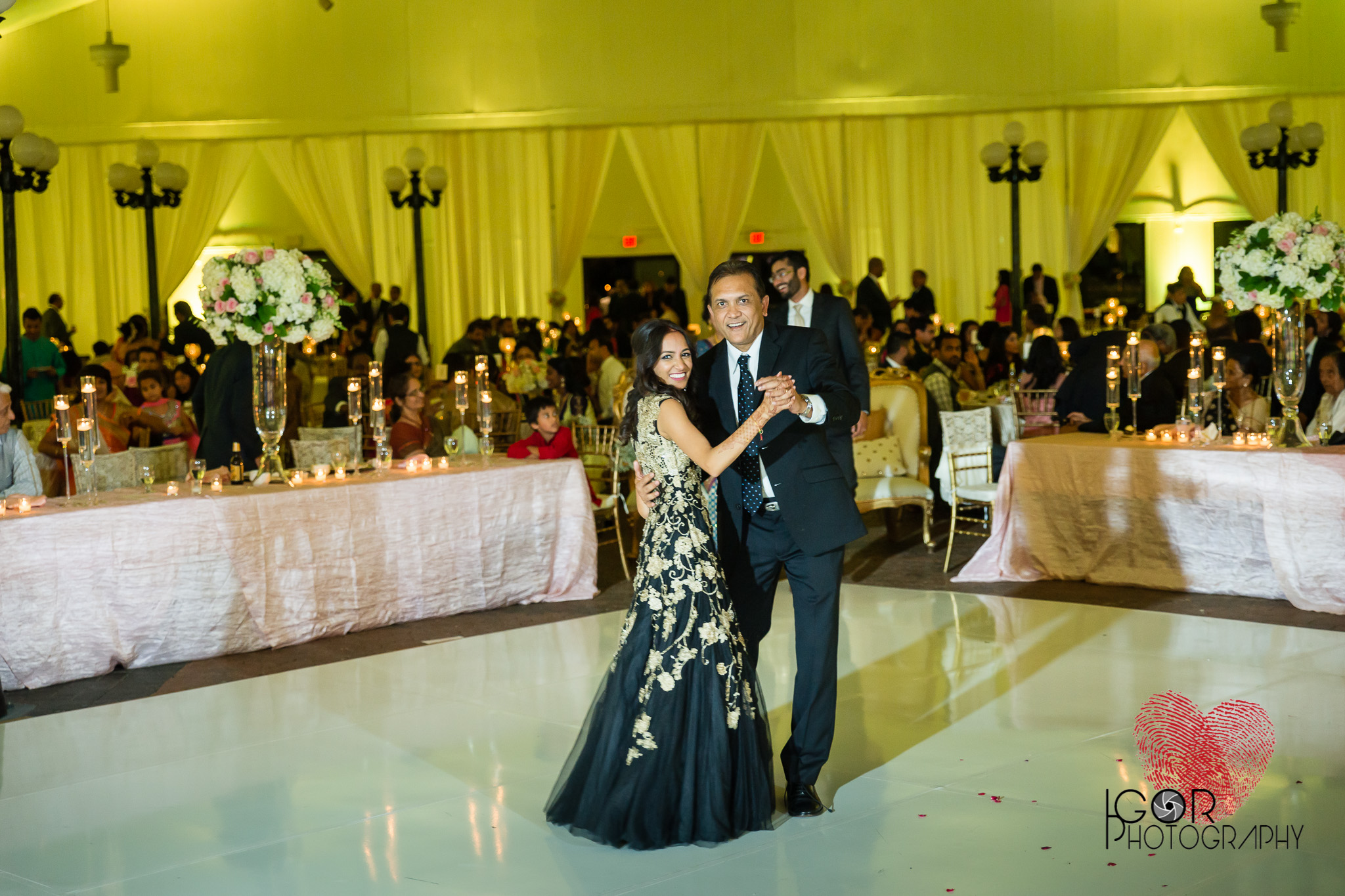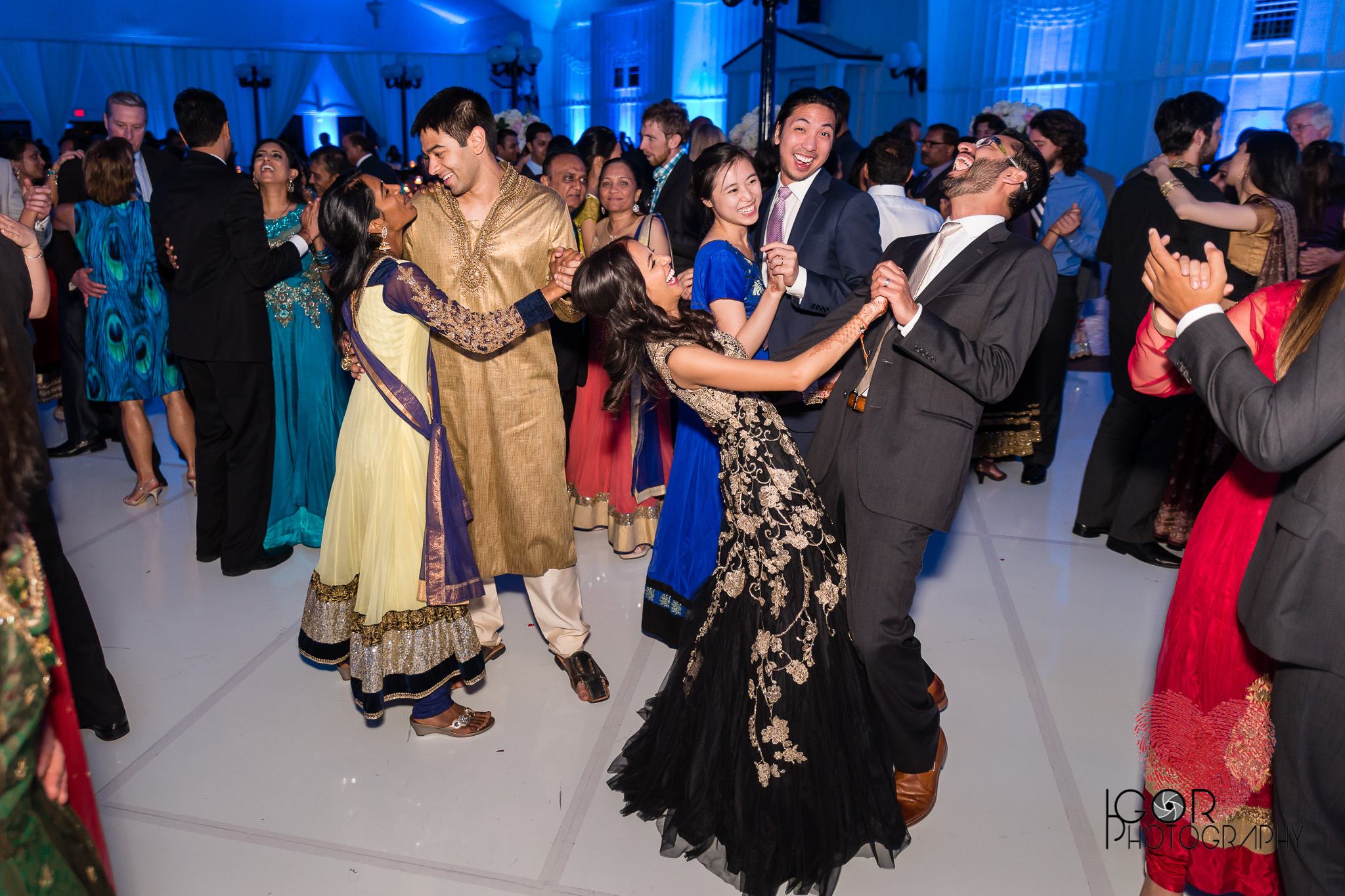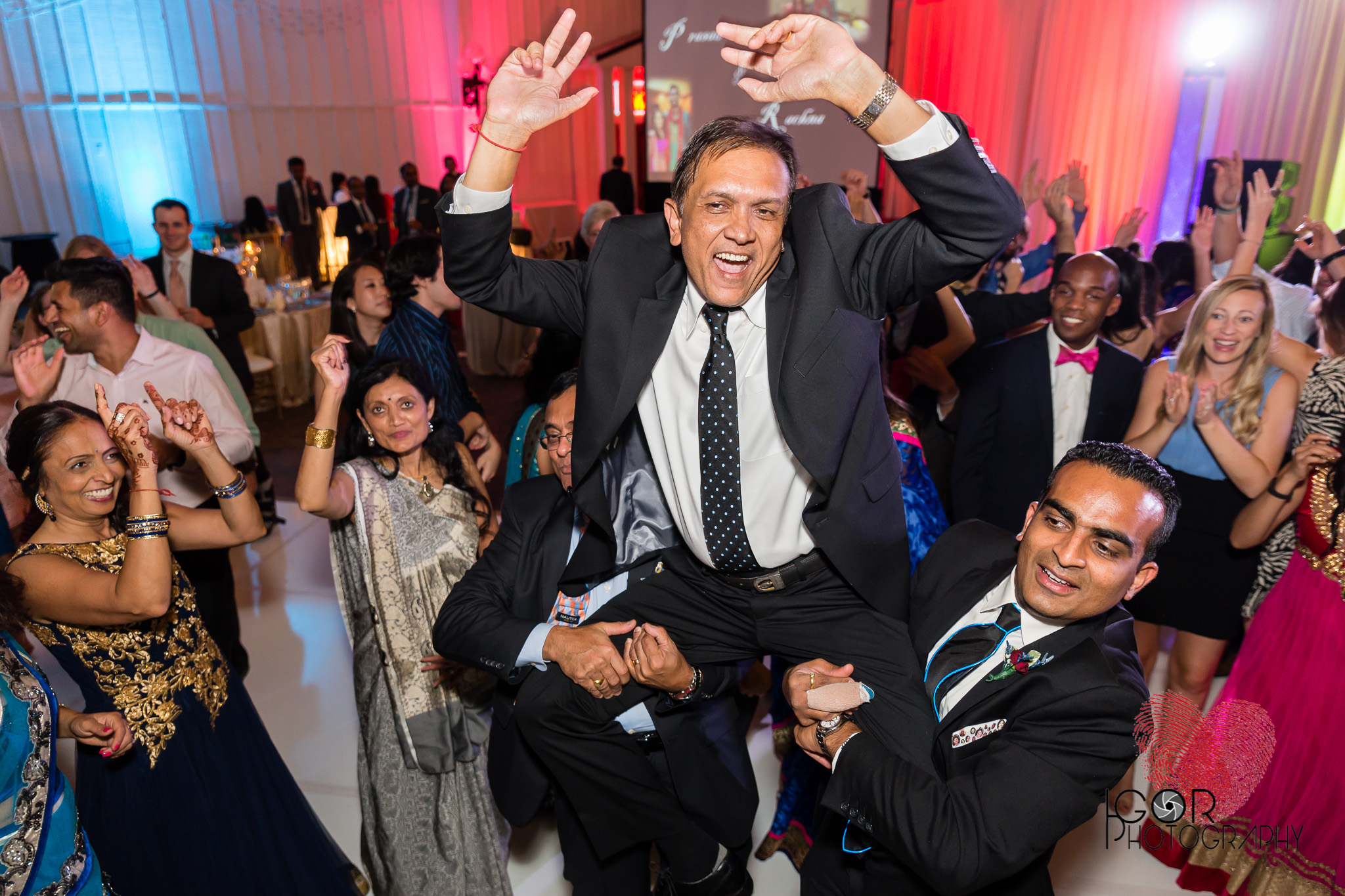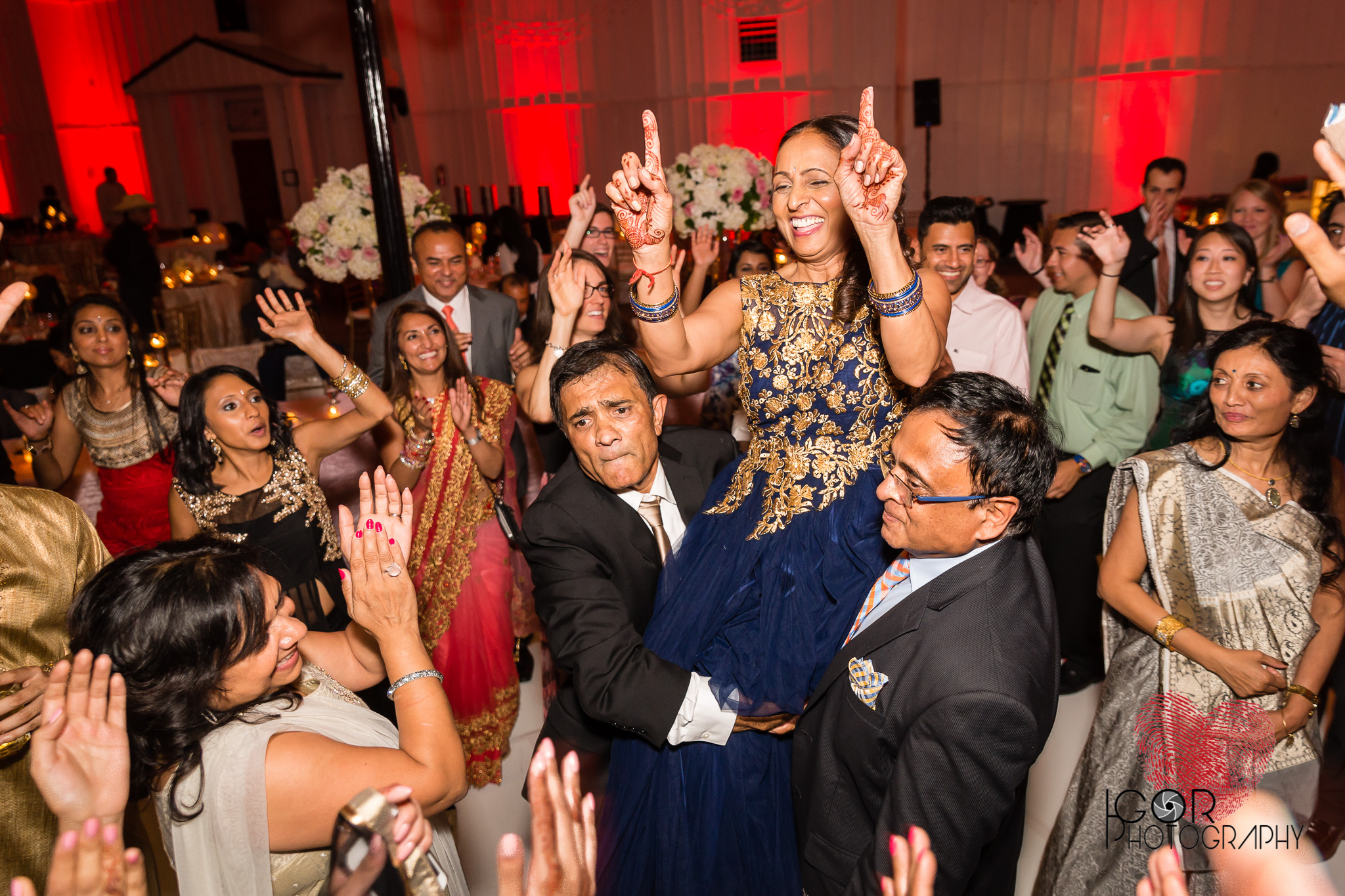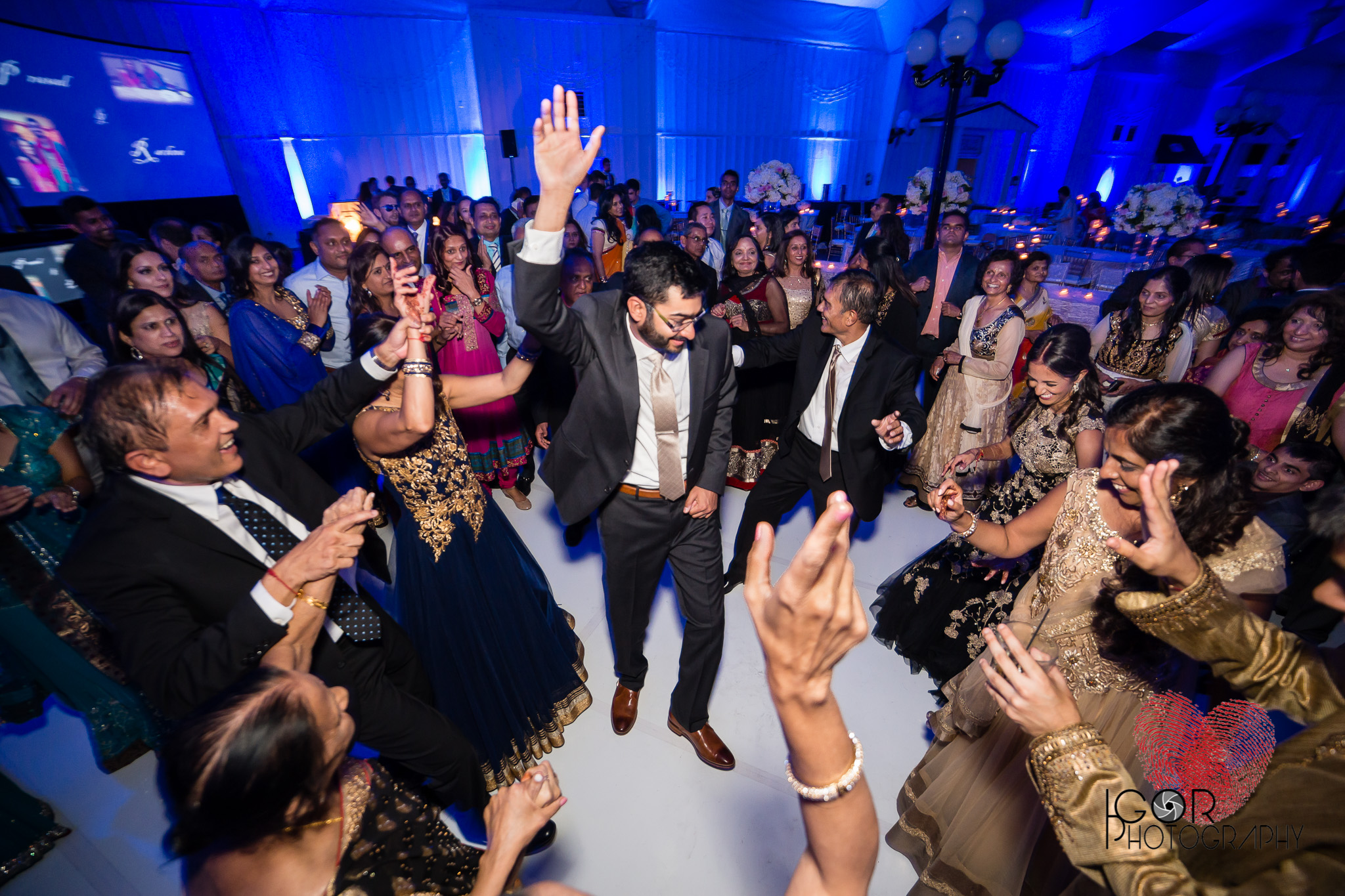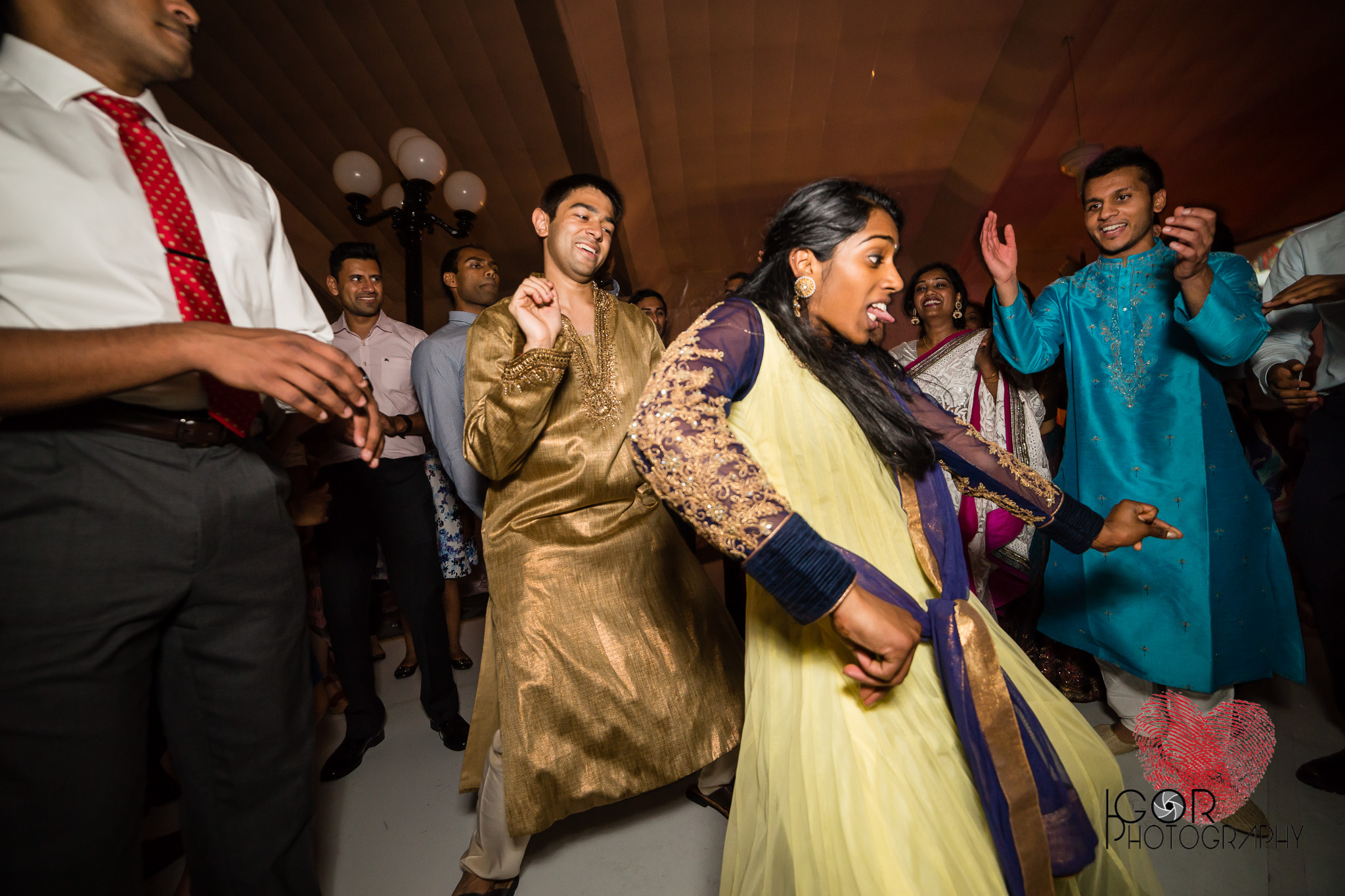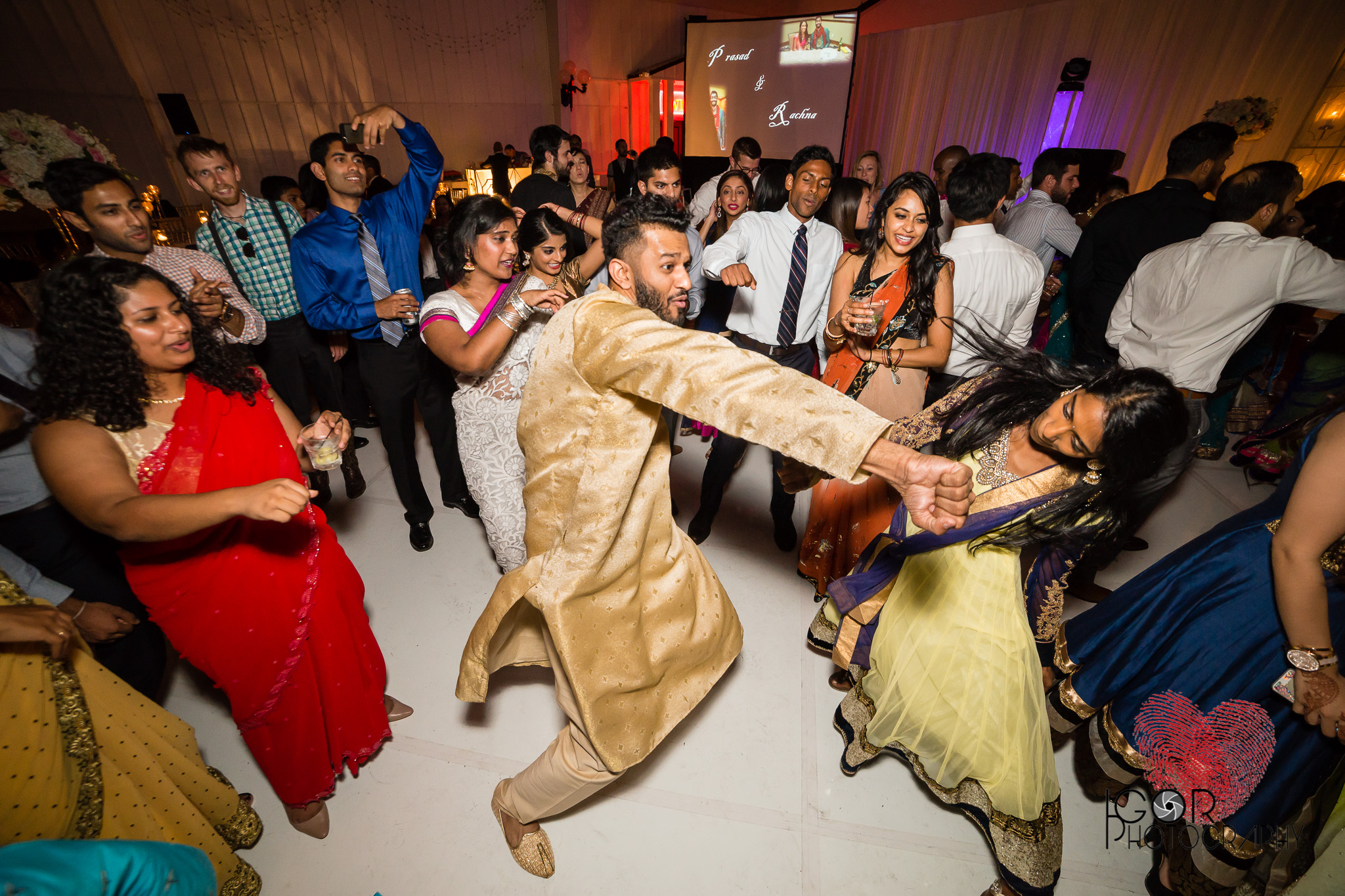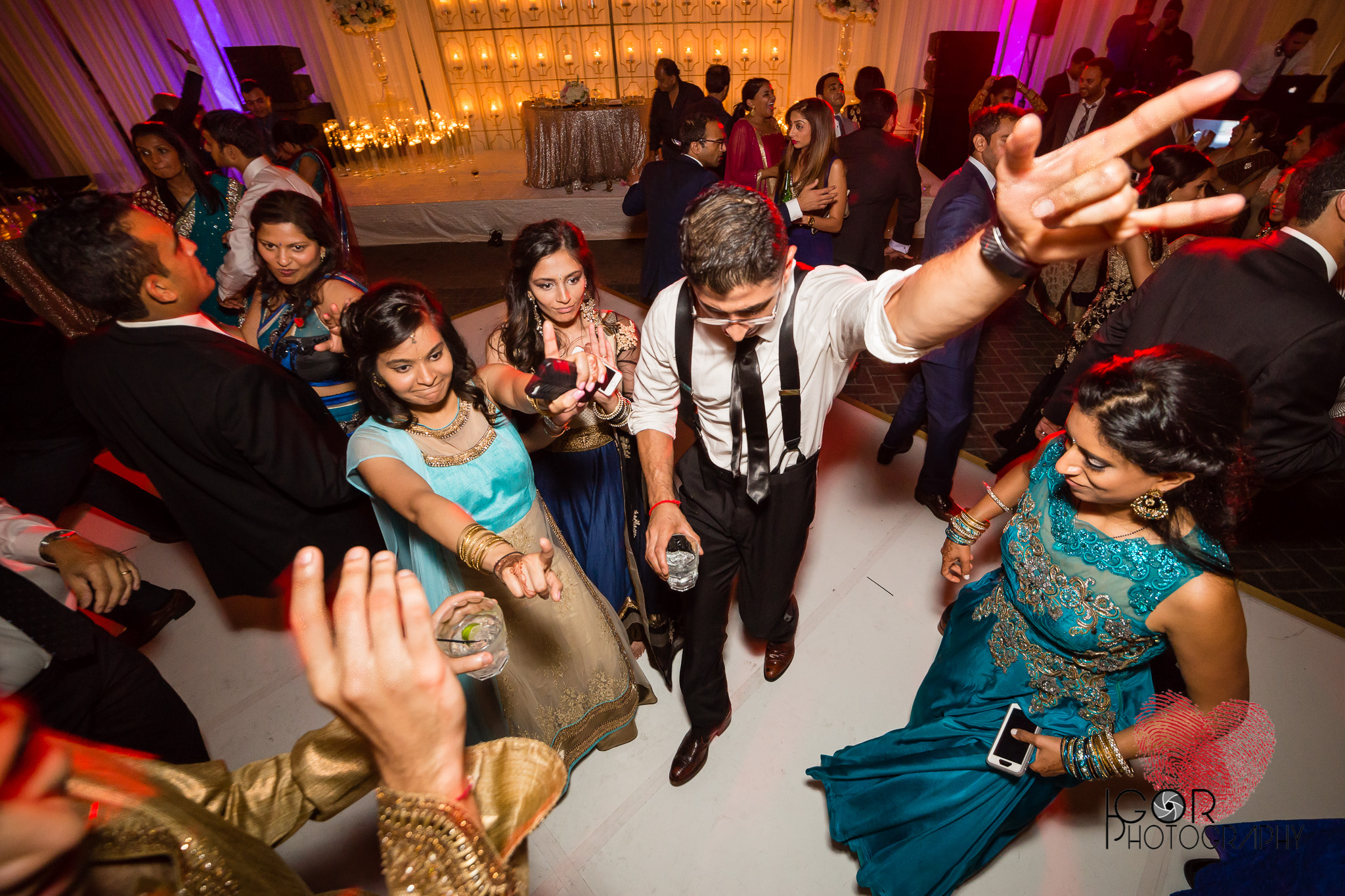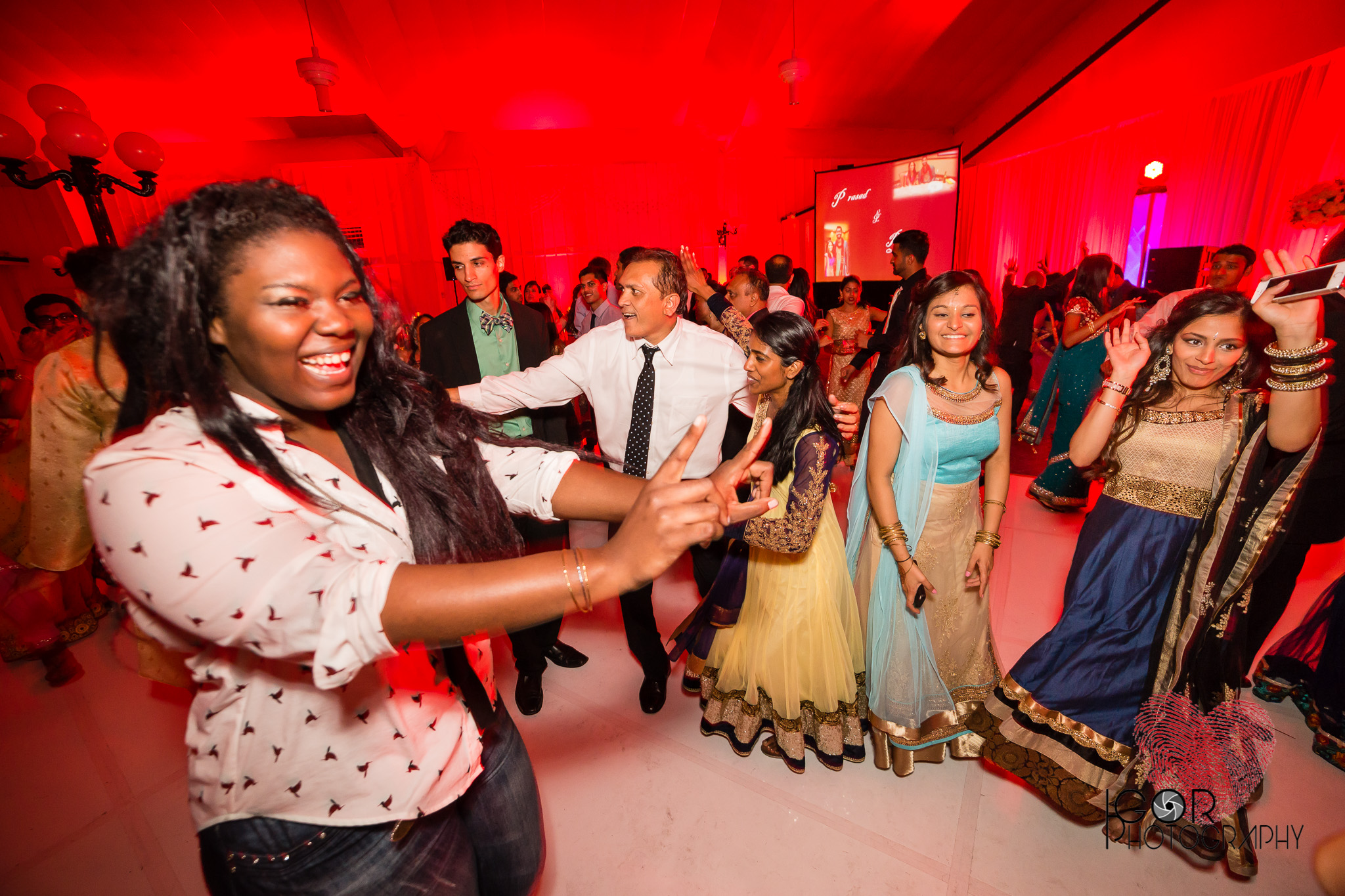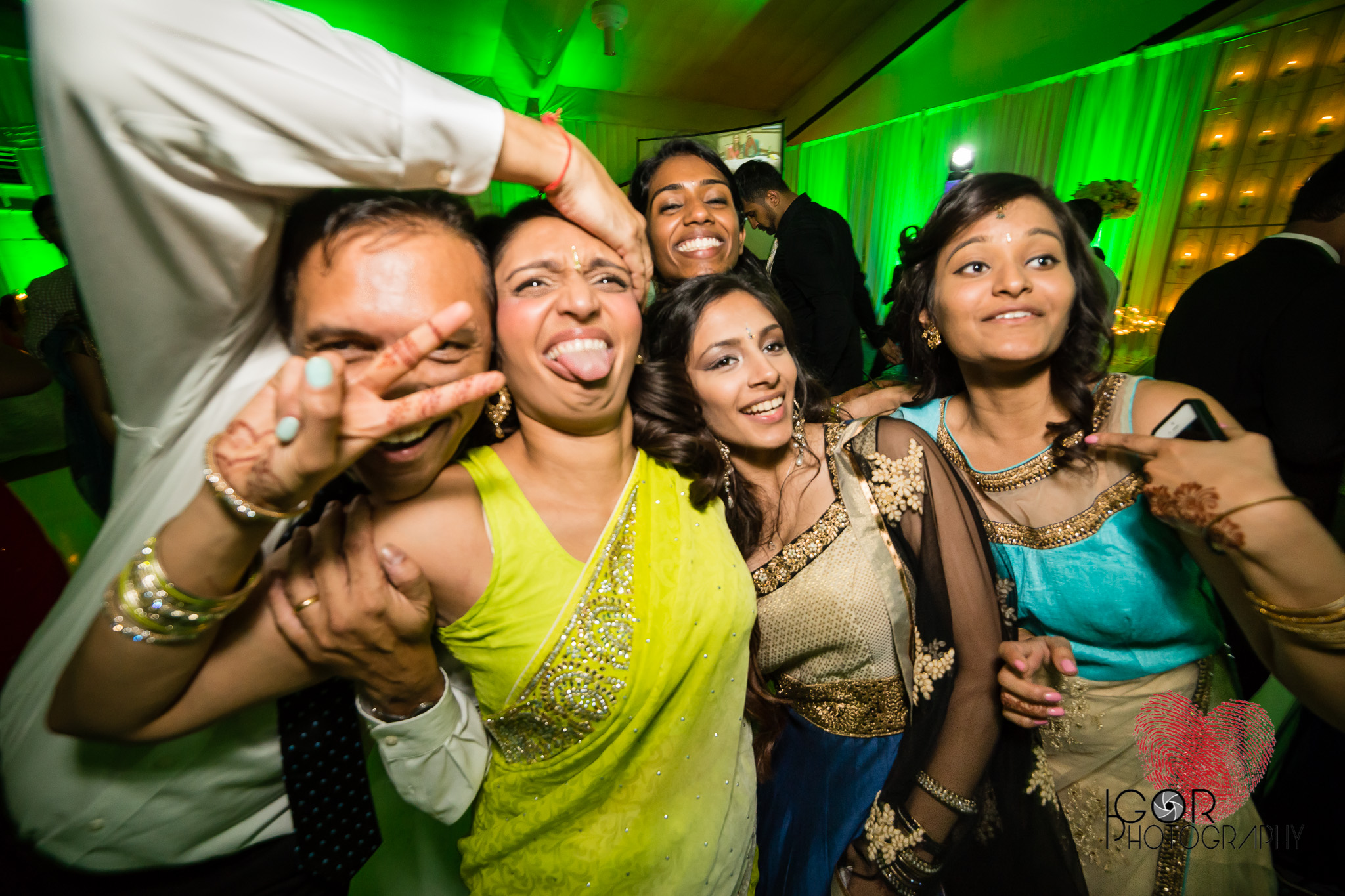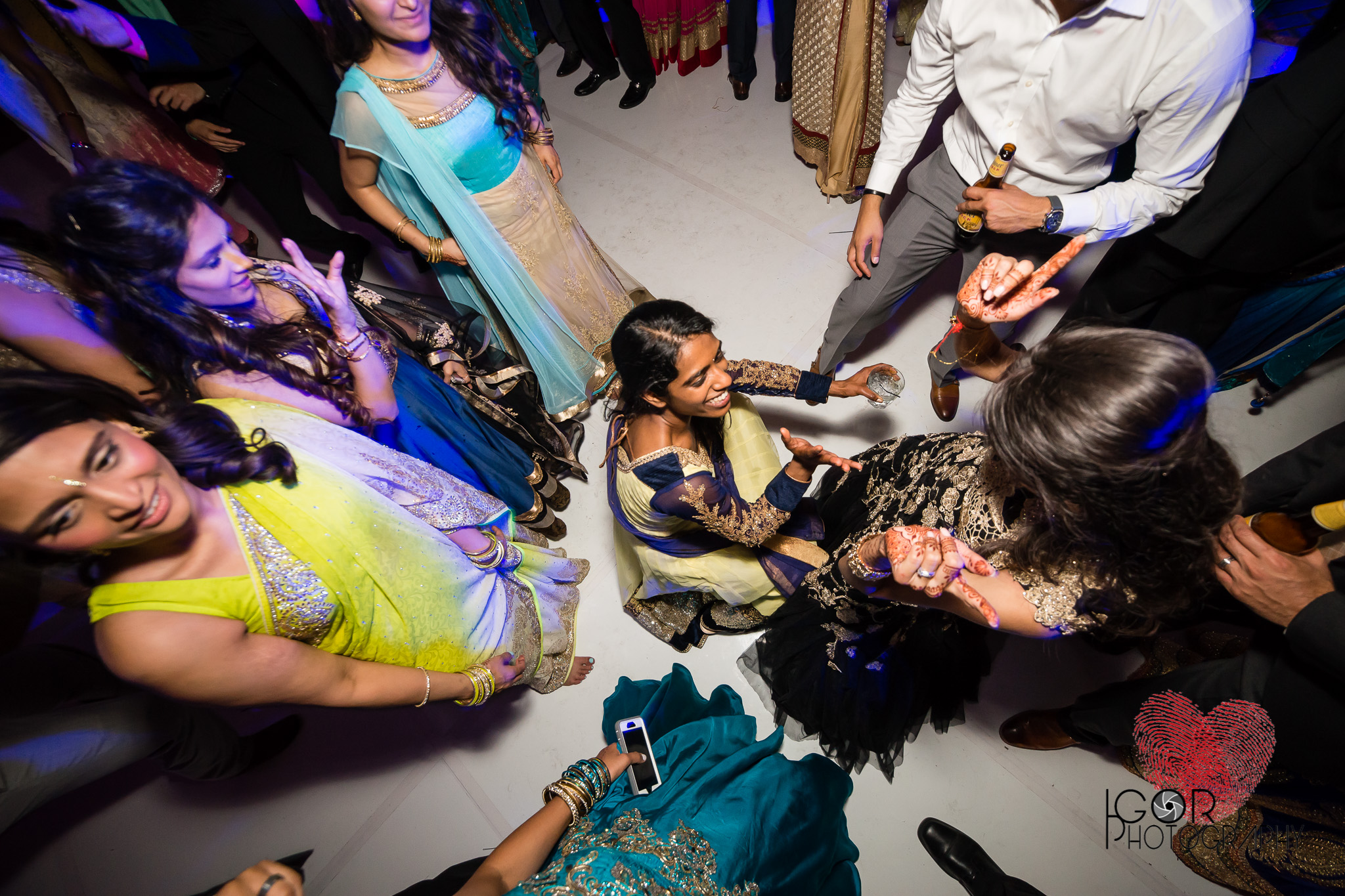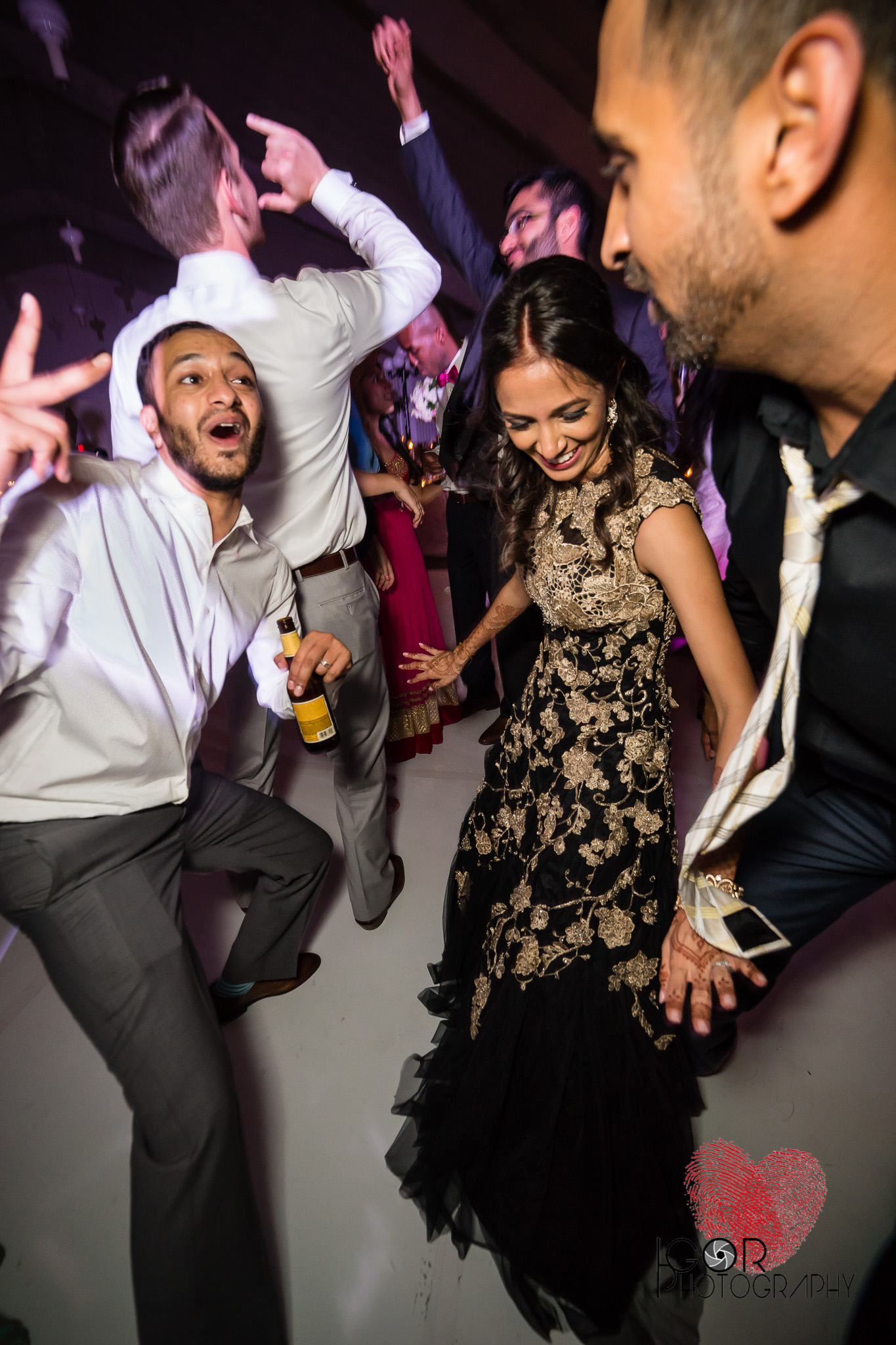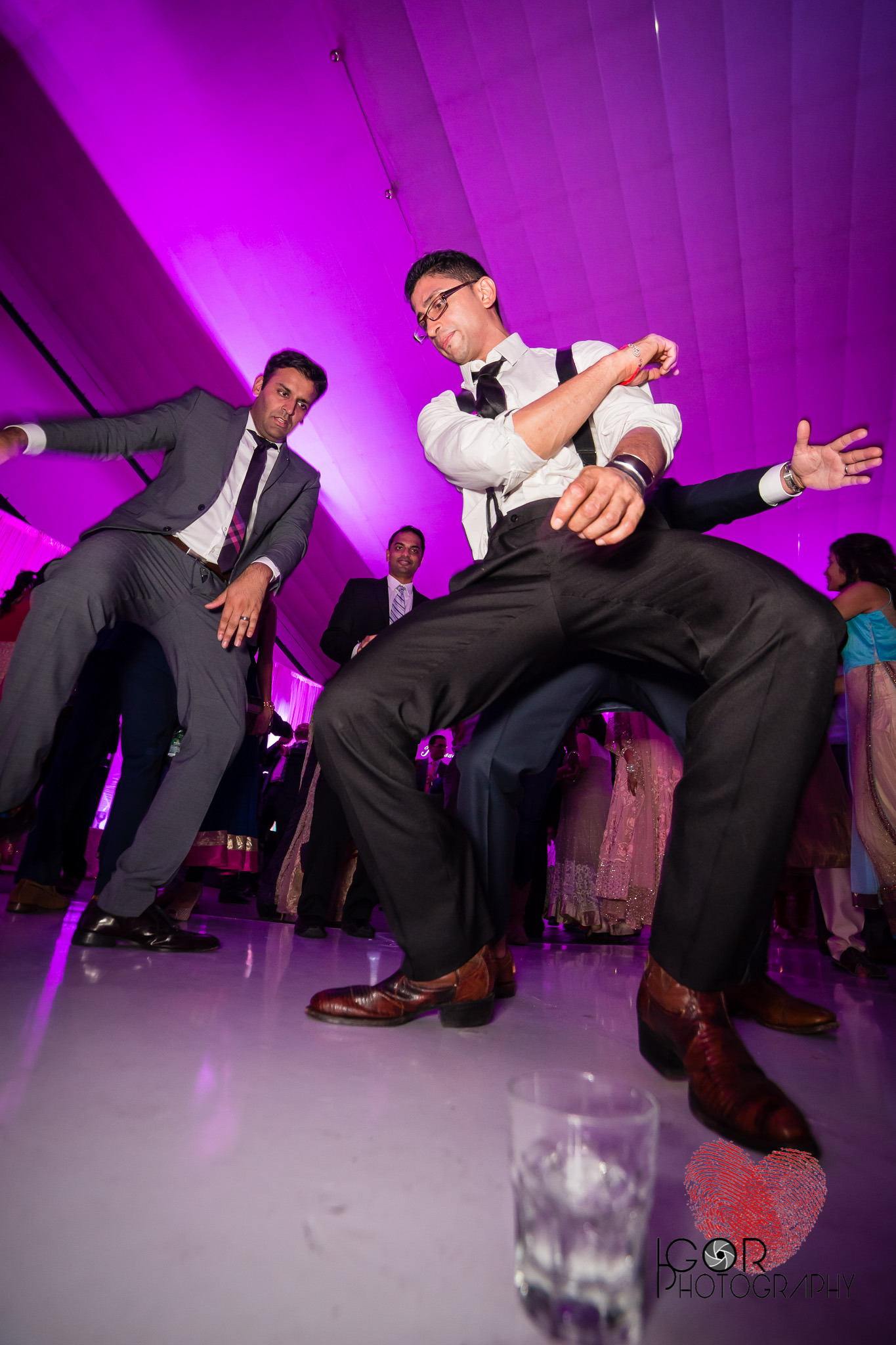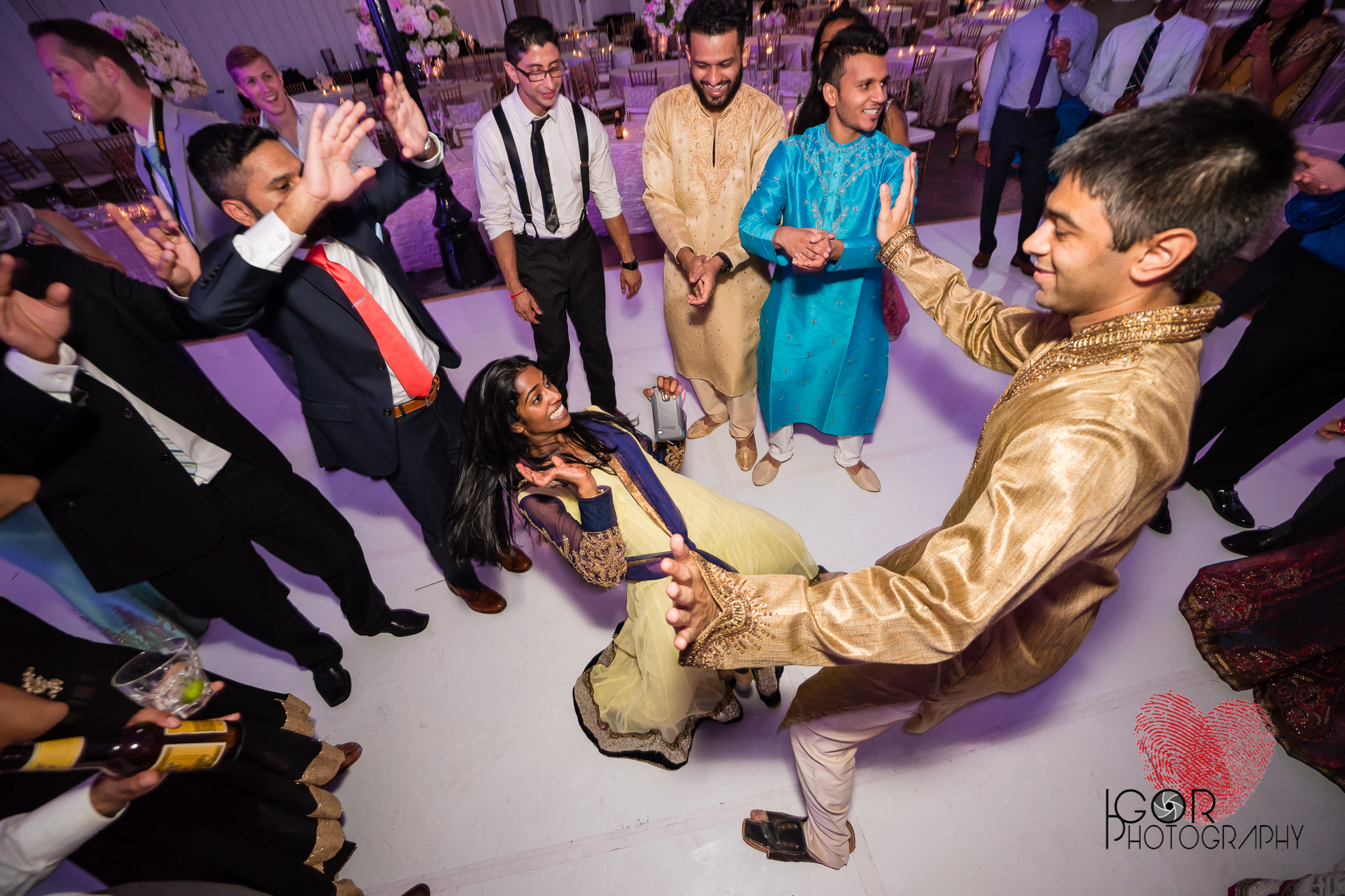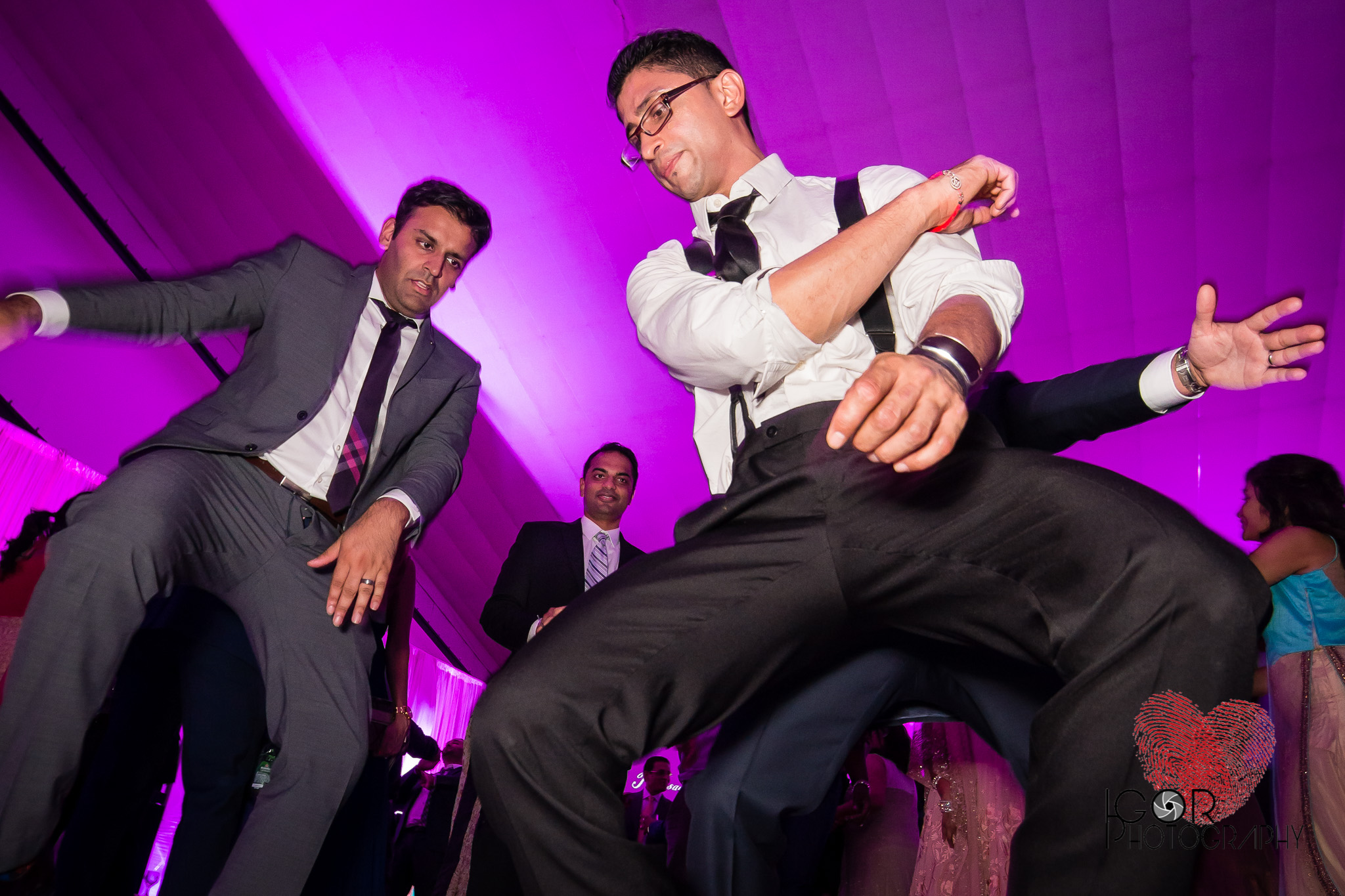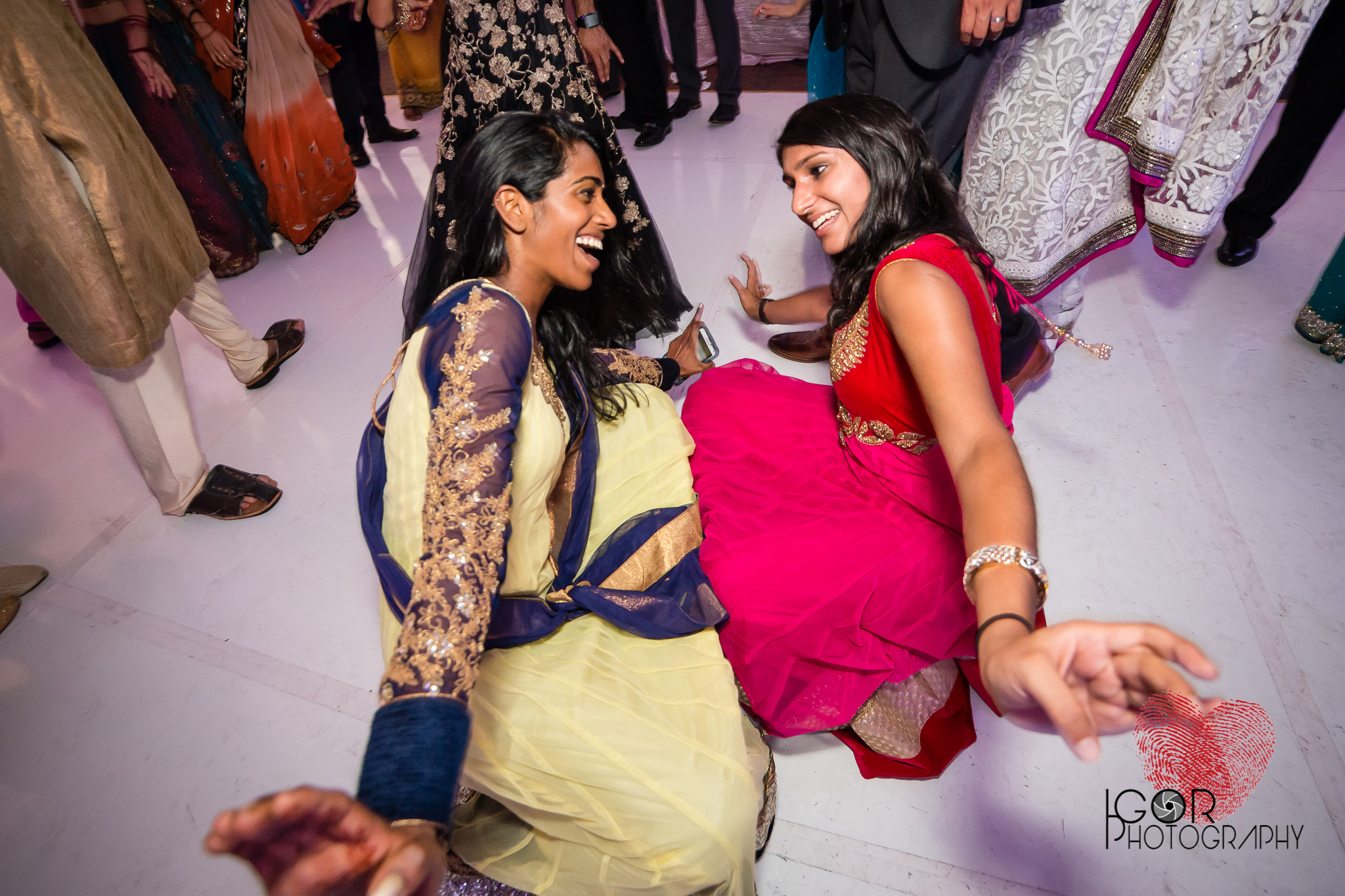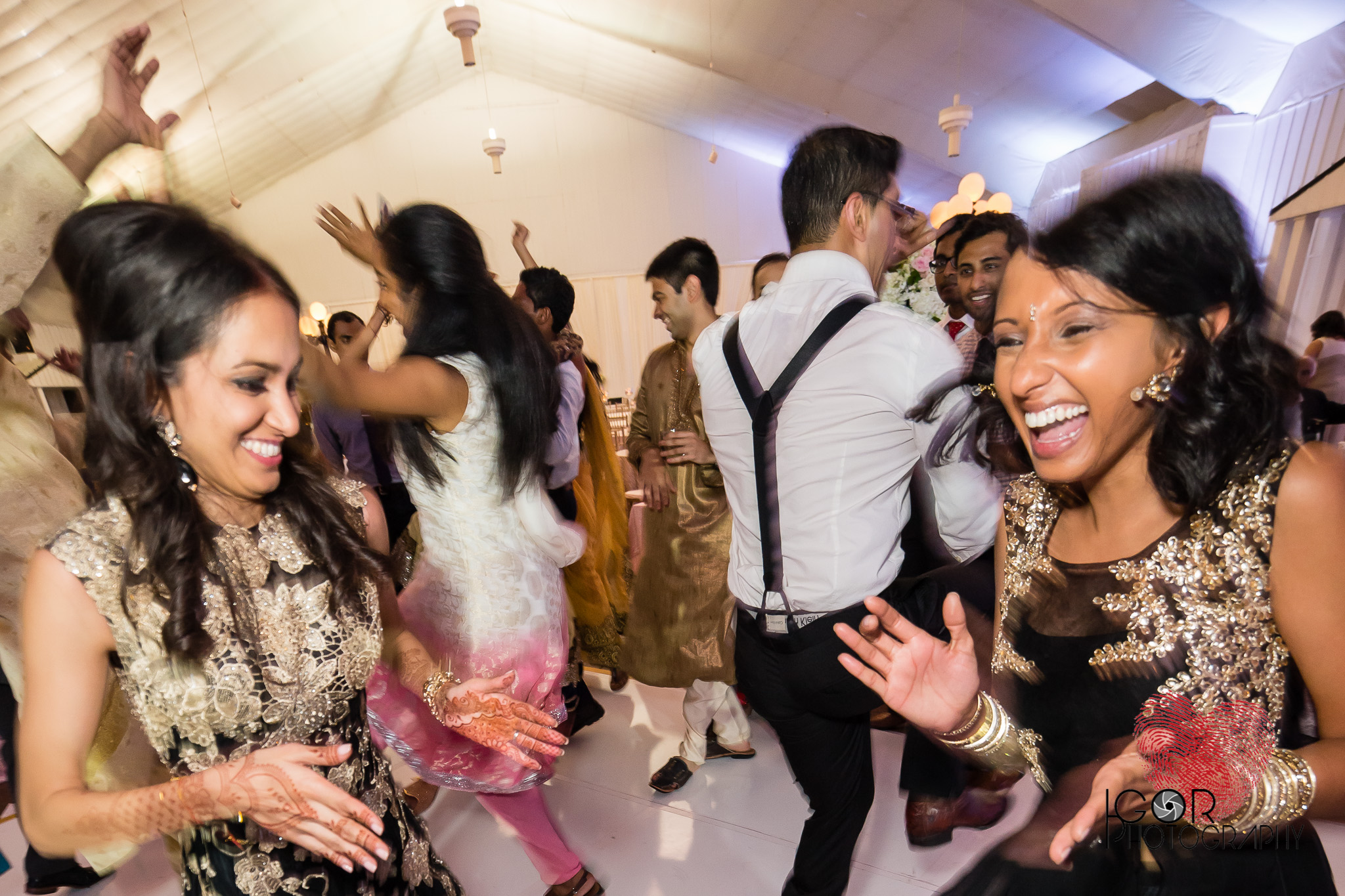We love to shoot Indian weddings in Dallas, and this Indian (Hindu) wedding in particular was one for the ages. Indian weddings usually last several days, they have a lot of guests, they incorporate a lot of traditions and rituals, and most importantly they are a lot of fun, with an abundance of colorful clothing, decorations, plenty of food and with much joy, singing and dancing. Weddings are one the most important celebrations in Indian culture, and they know how to celebrate it in grand style.
Rachna and Prasad's Hindu Wedding Event lasted 3 full days!
I'm here trying to briefly explain how this Indian wedding was celebrated, not all Indian weddings have the exact same rituals and traditions, and I'm sure I have forgotten some parts of it, but this is how essentially most Hindu weddings unfold.
Day one: The Pithi and Mehndi Ceremony, at Noah's Event Venue in Las Colinas, Irving.
First on day one was the Pithi ceremony for Rachna, the beautiful Indian bride.
It's a cleansing ceremony, generally held one or two days before the wedding, in which the bride and groom are rubbed with turmeric paste in a beautification process.
It's a celebration of love and happiness for the one's who are being married where the relatives come and prepare for the ceremony. The Pithi ceremony indicates that now the girl or boy has entered into adulthood and is ready for the marriage. The groom also has a well-planned Pithi ceremony, but in this case we only covered the Rachna's Pithi.
After the Pithi ceremony they started the Mehndi part of the ceremony, which is a casual event where henna paste ("Henna Tattoo") is placed on the guests, family and the bridal parties hands/feet in intricate patterns. Mehndi is one of the sixteen adornments of the bride, it's a women's function, which takes place a midst musical beats of Dholak, with women singing traditional songs for a prosperous marital life of the bride.
After the ceremony they had dinner and social mingling with the guests.
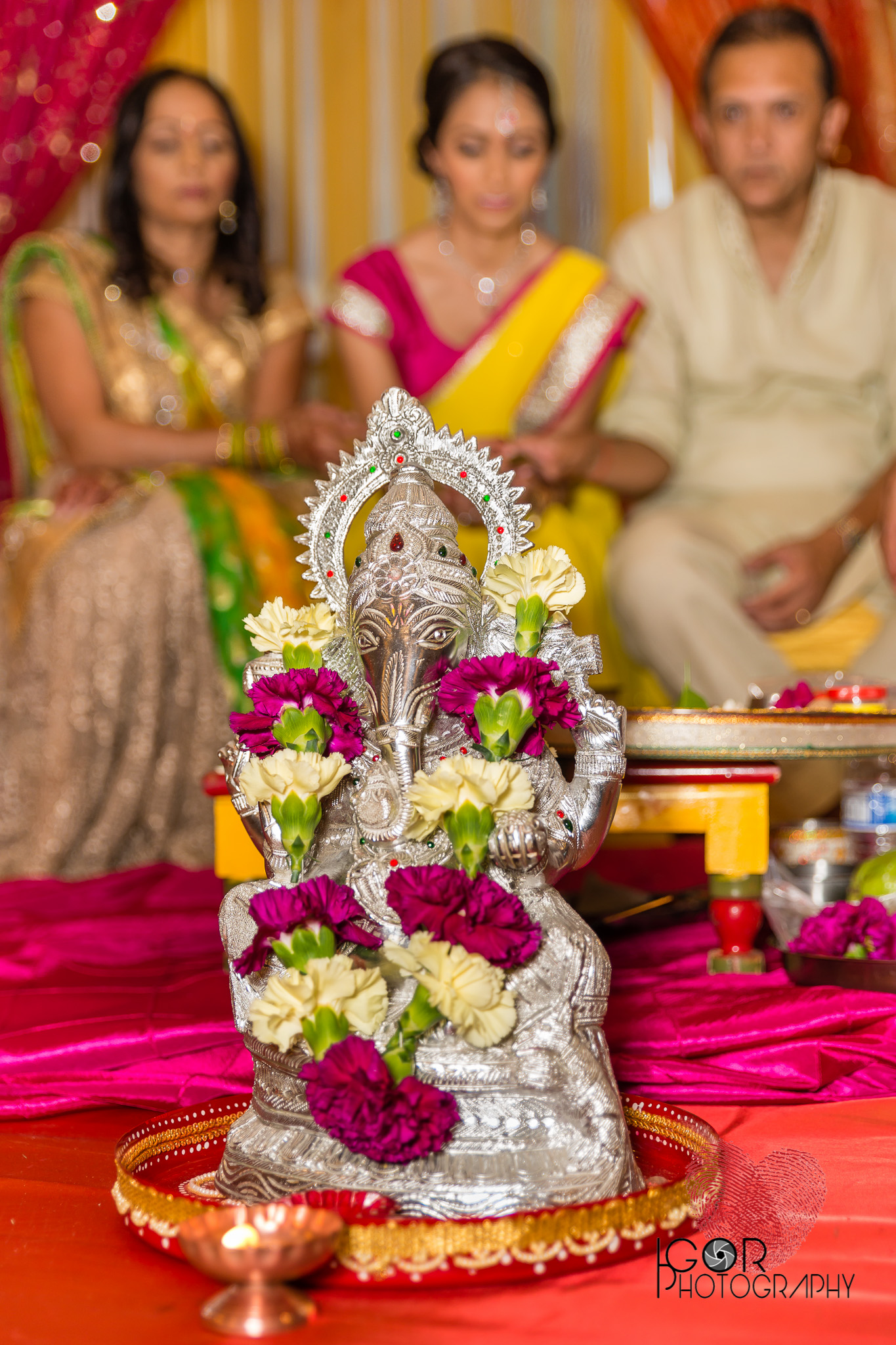
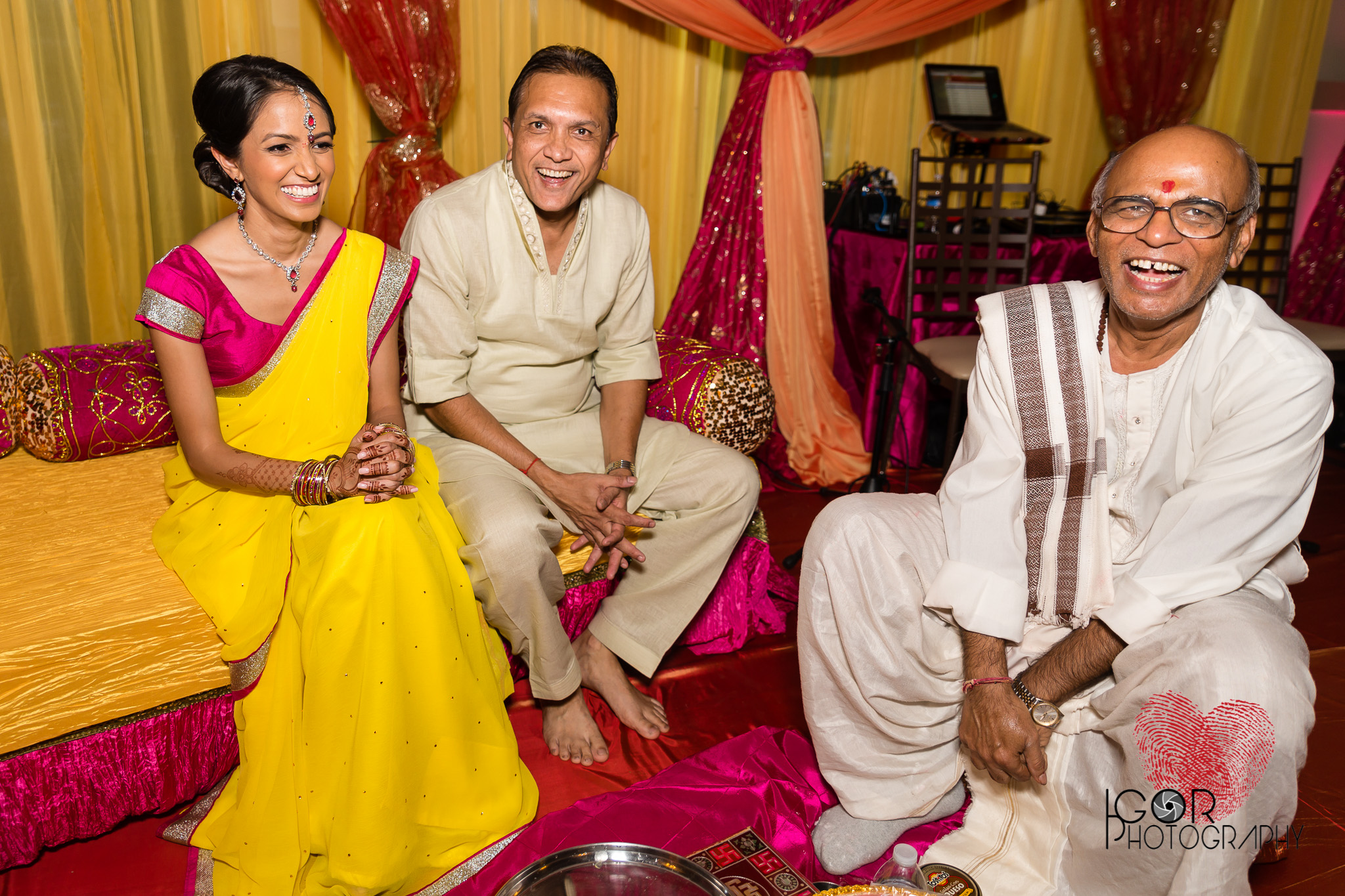
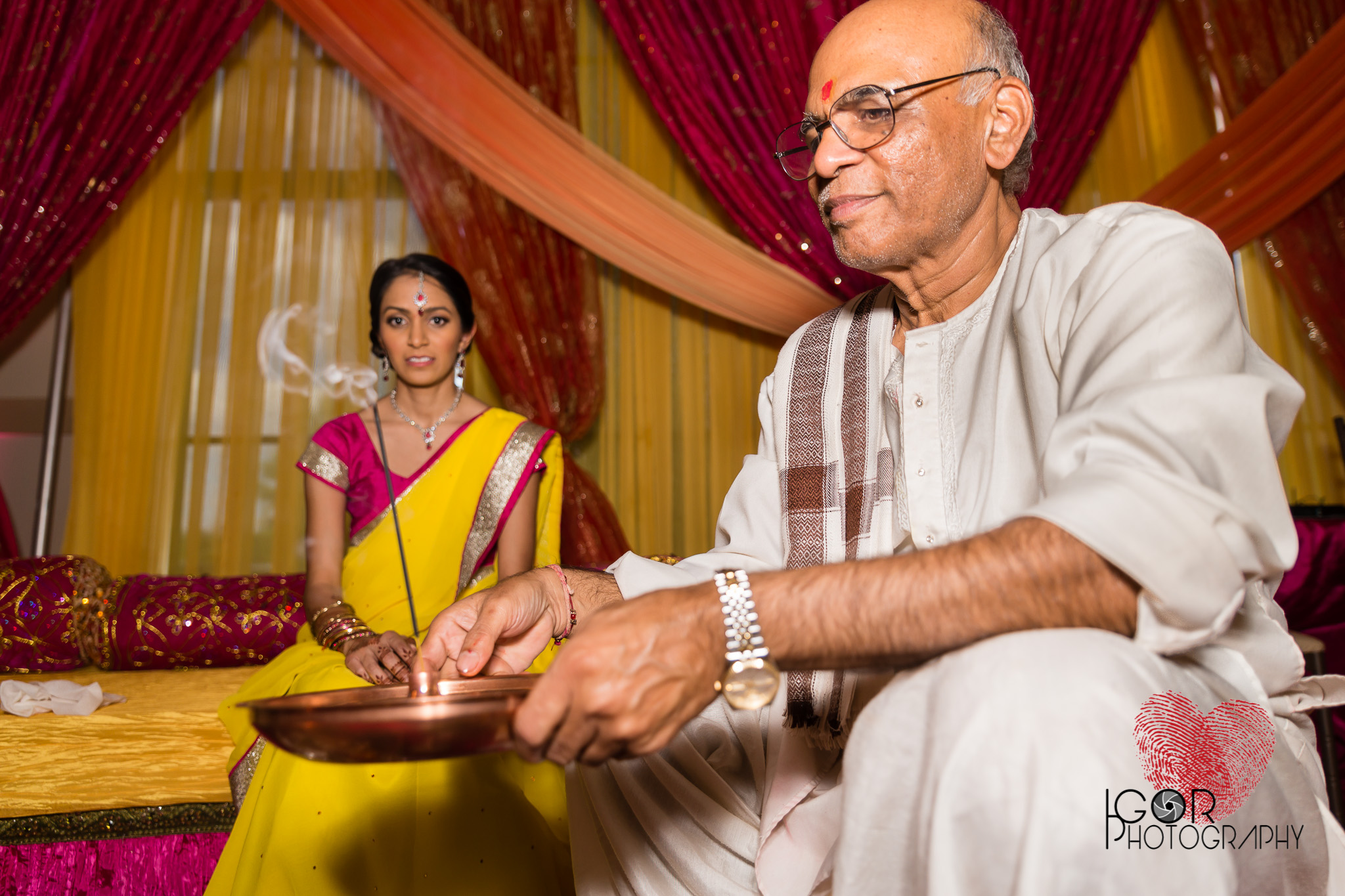
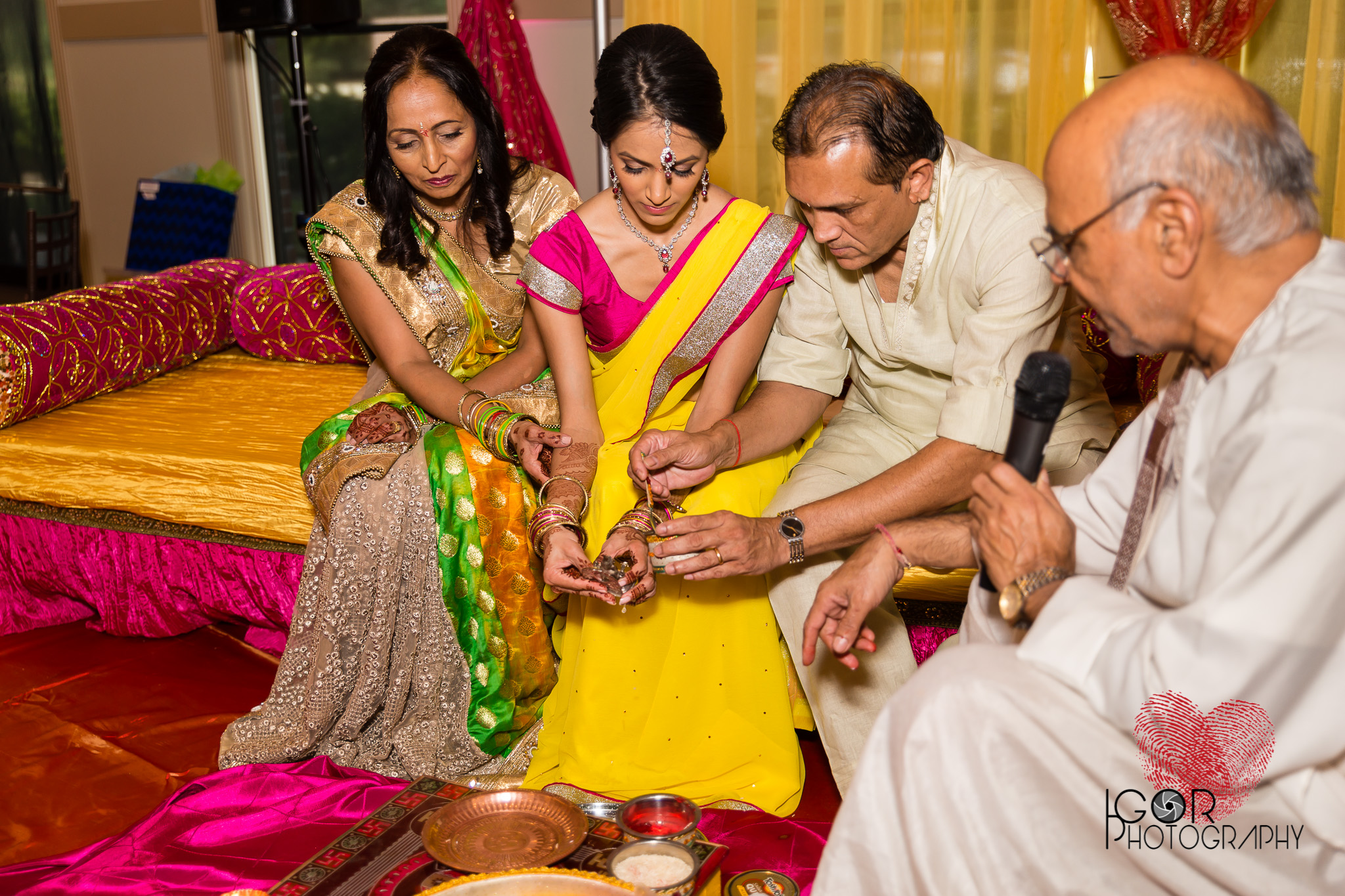
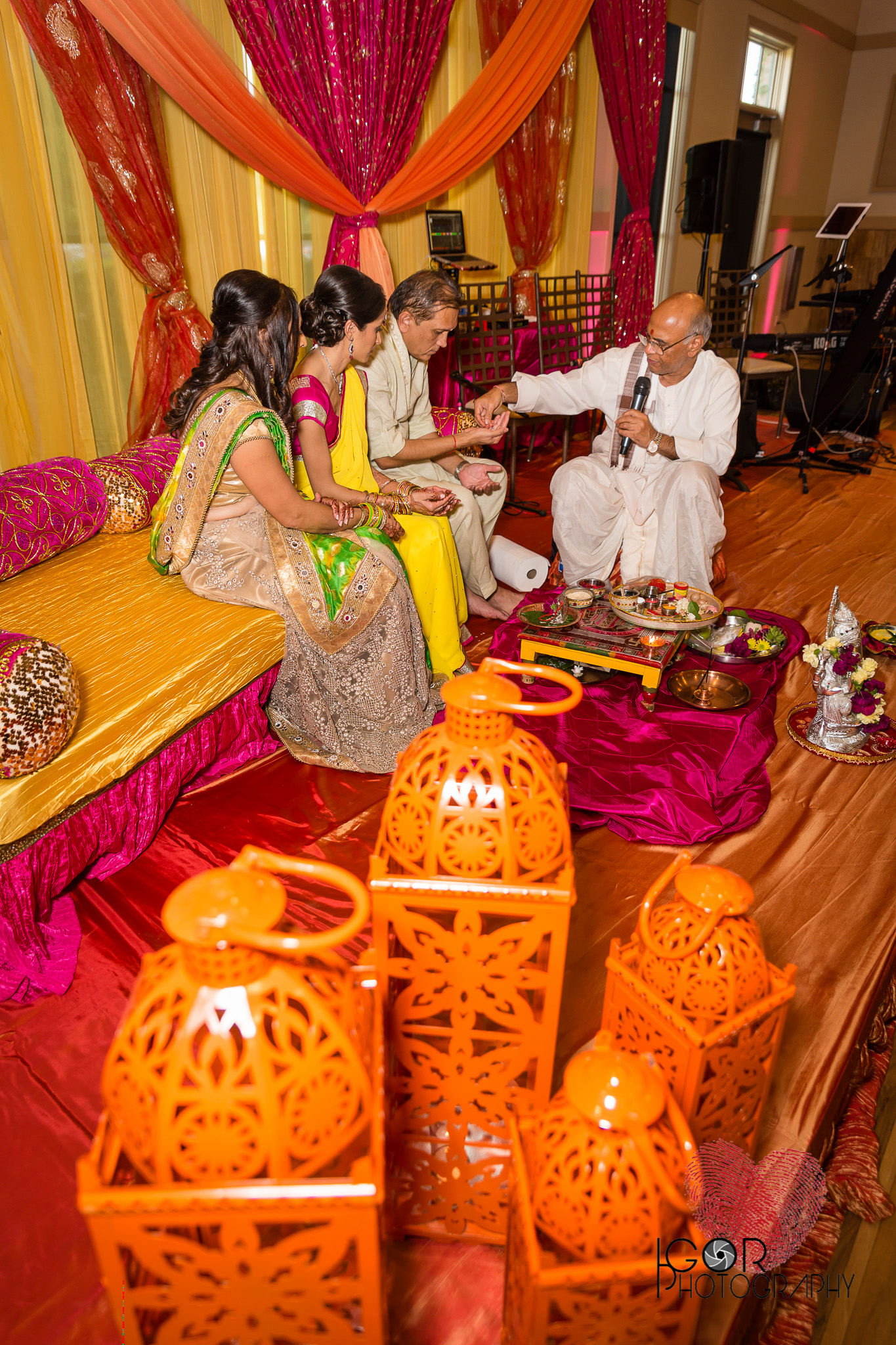

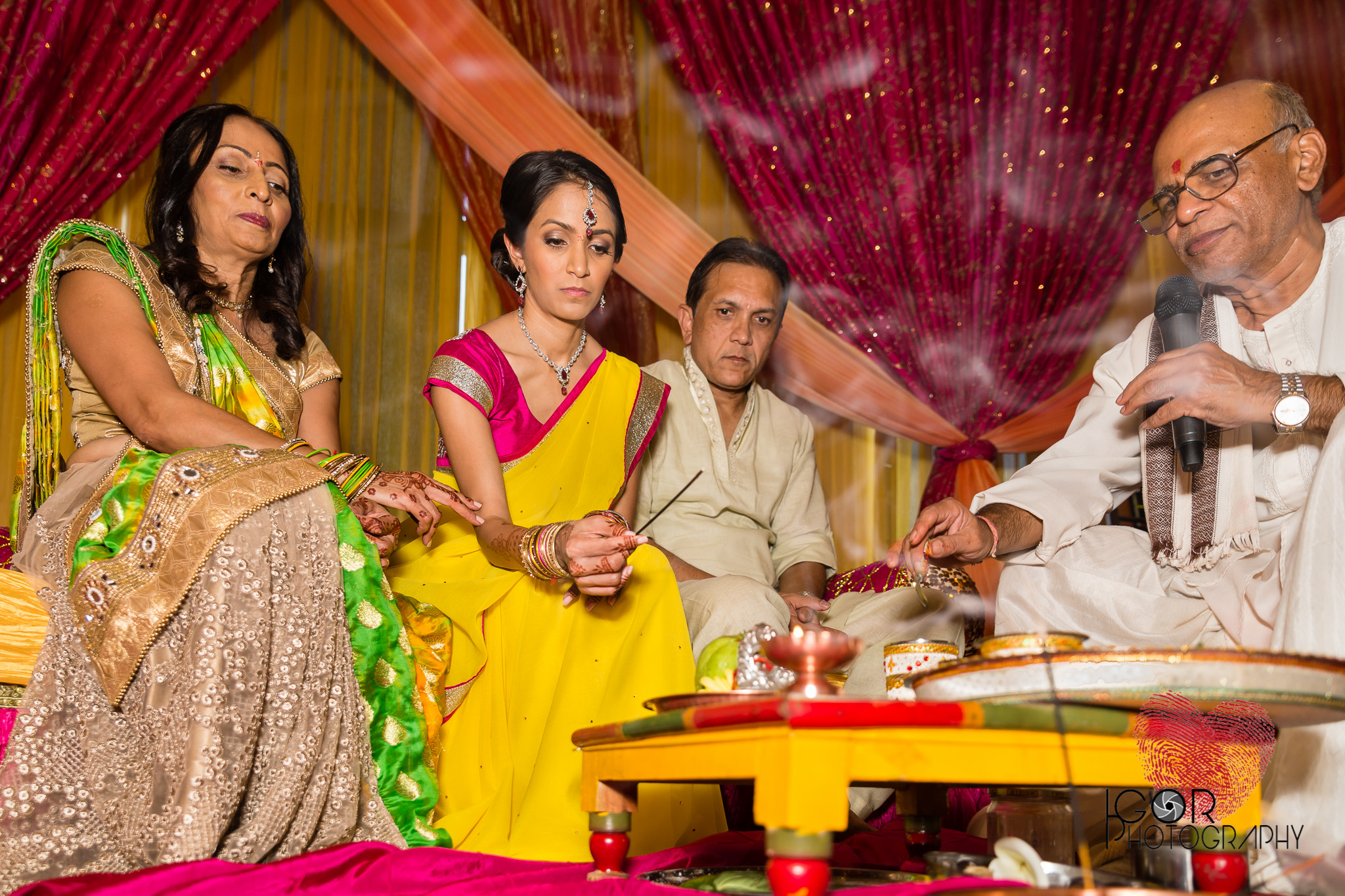
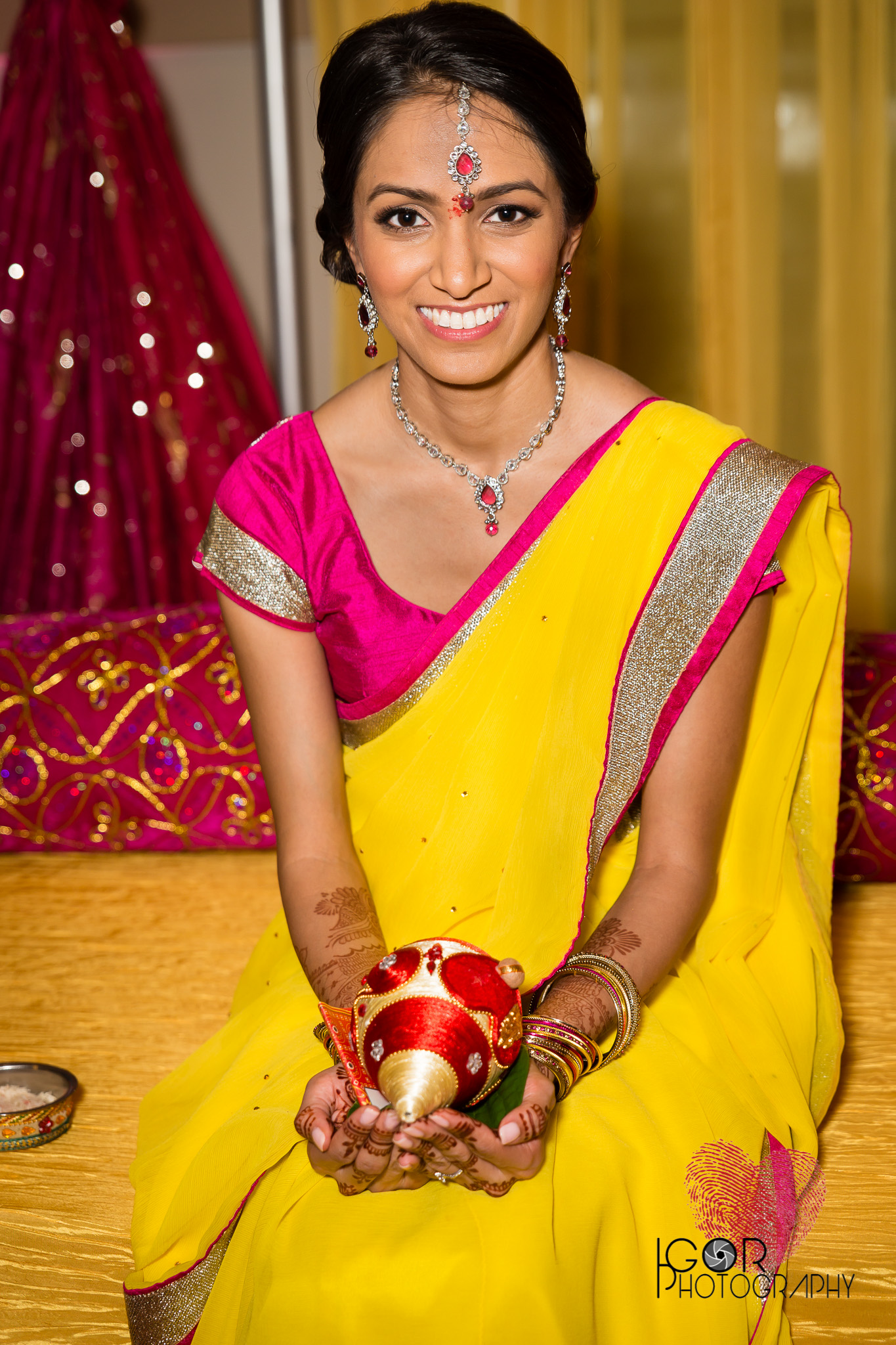
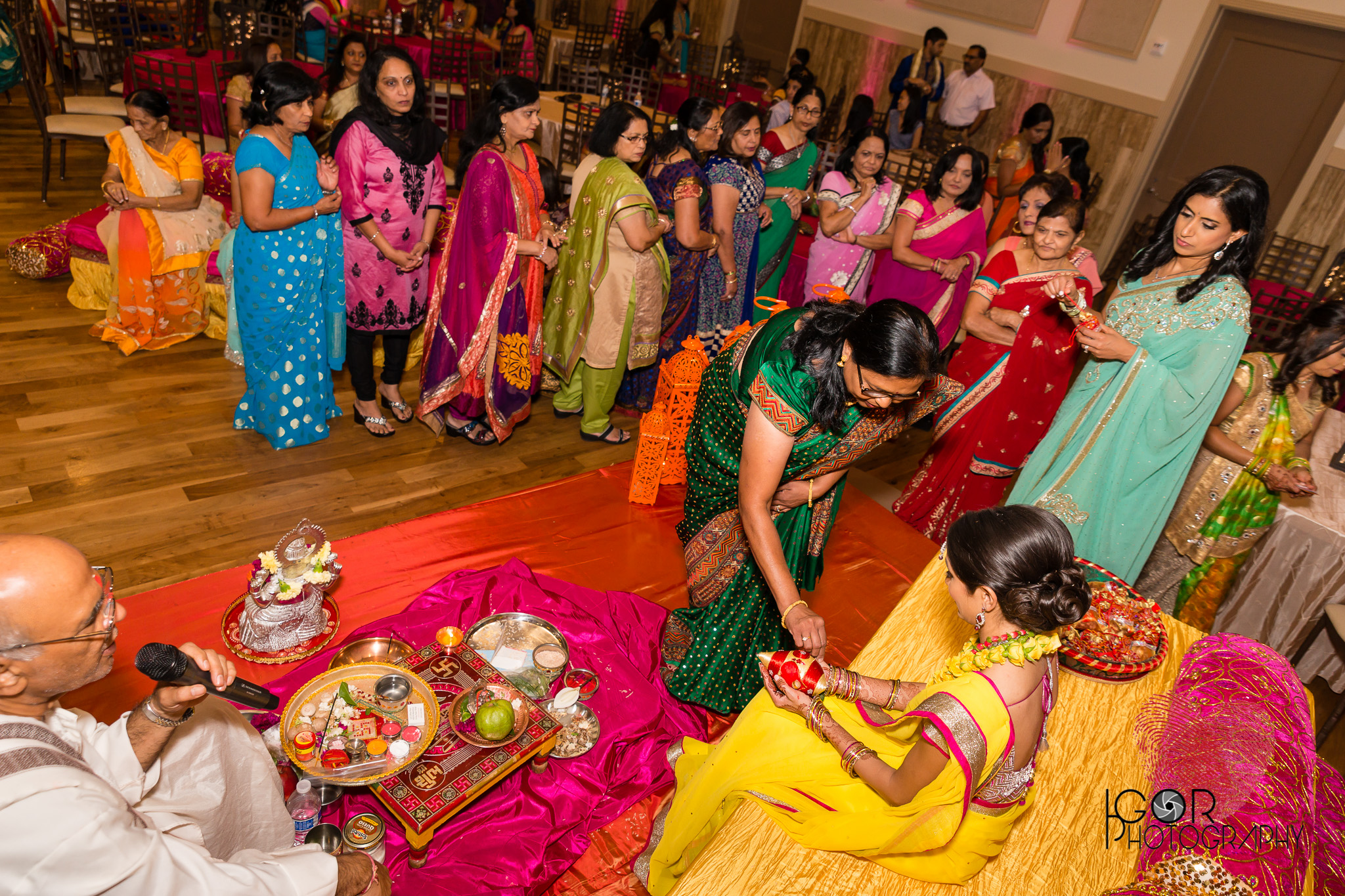
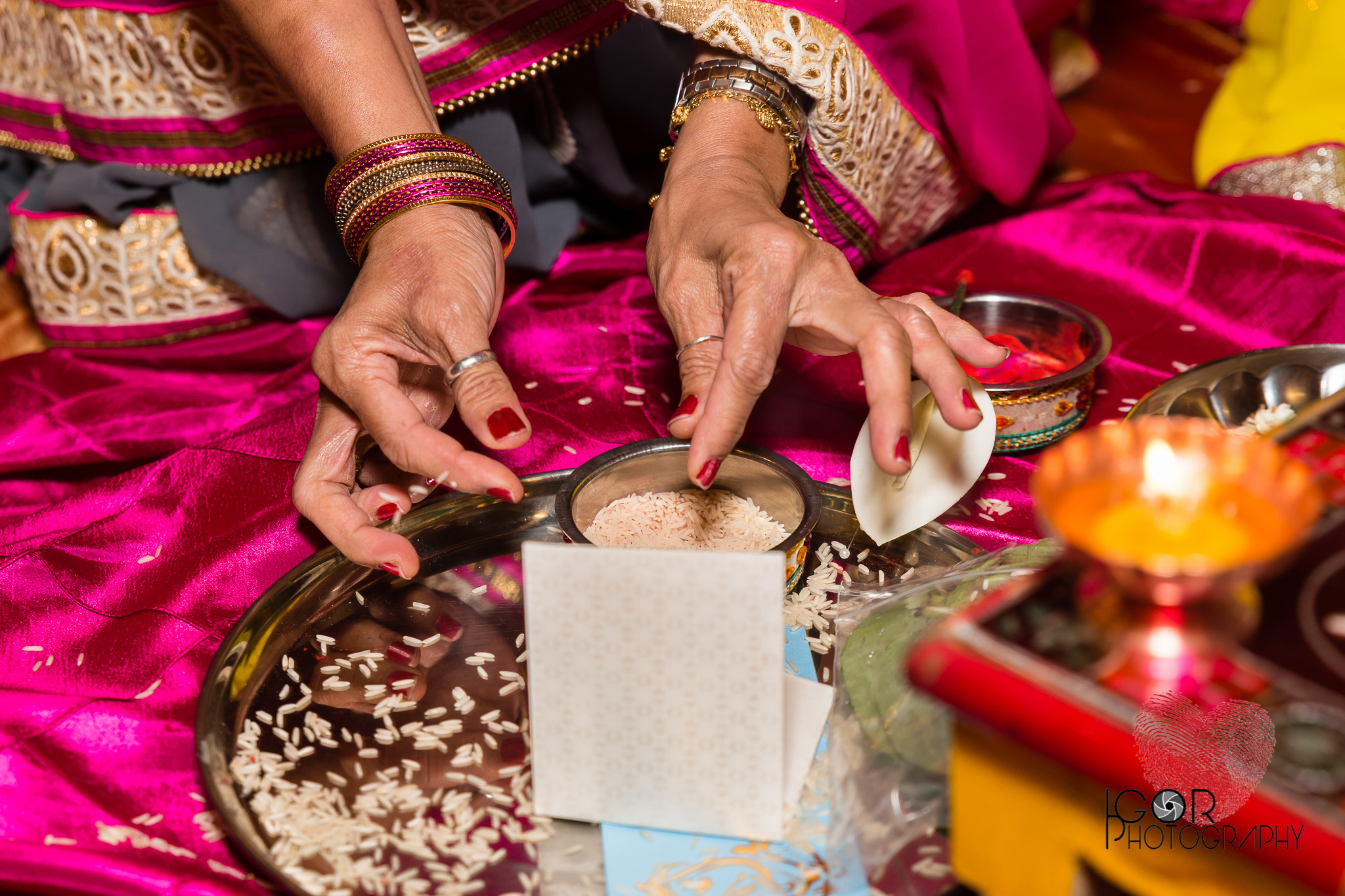
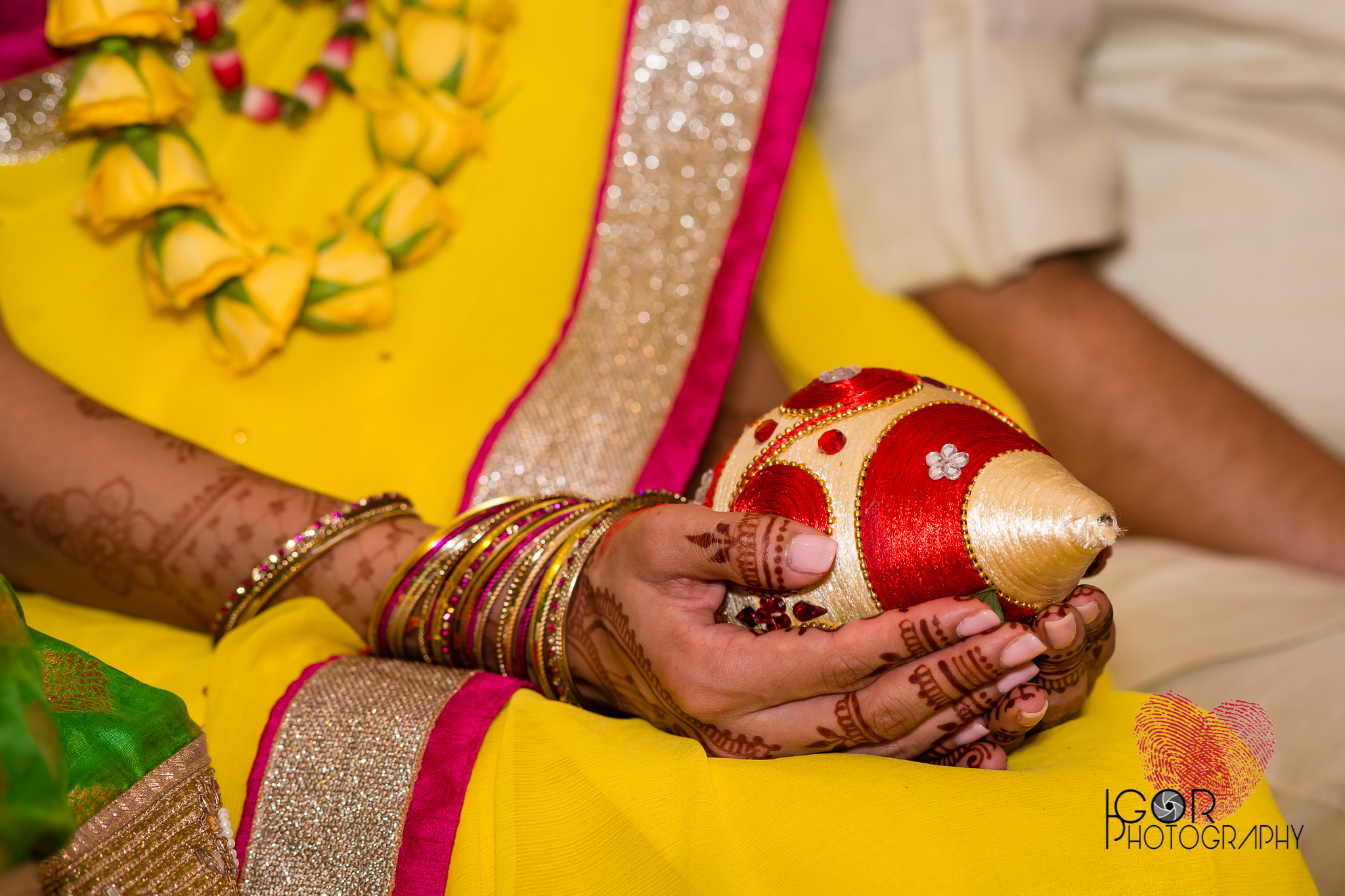
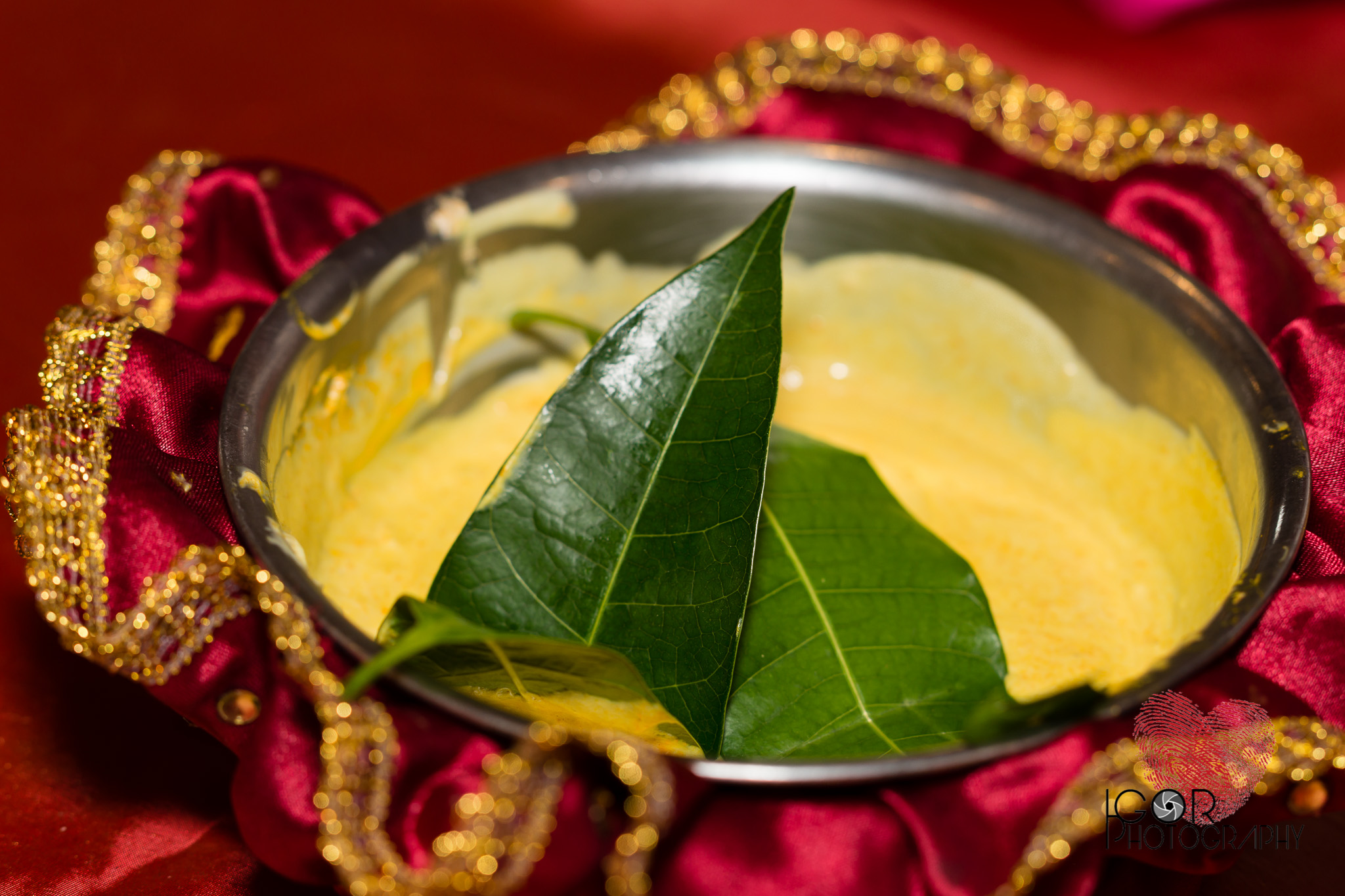
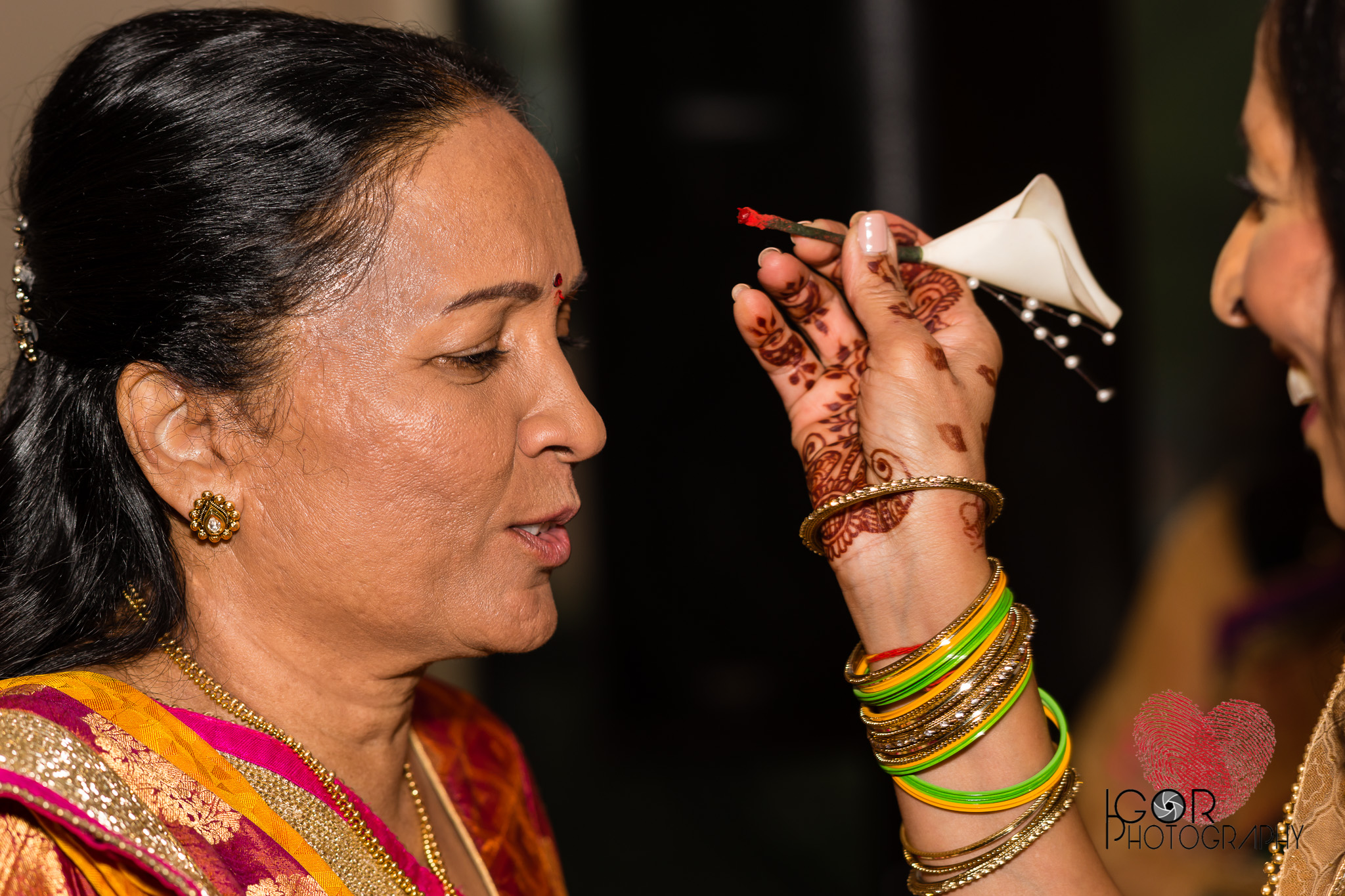
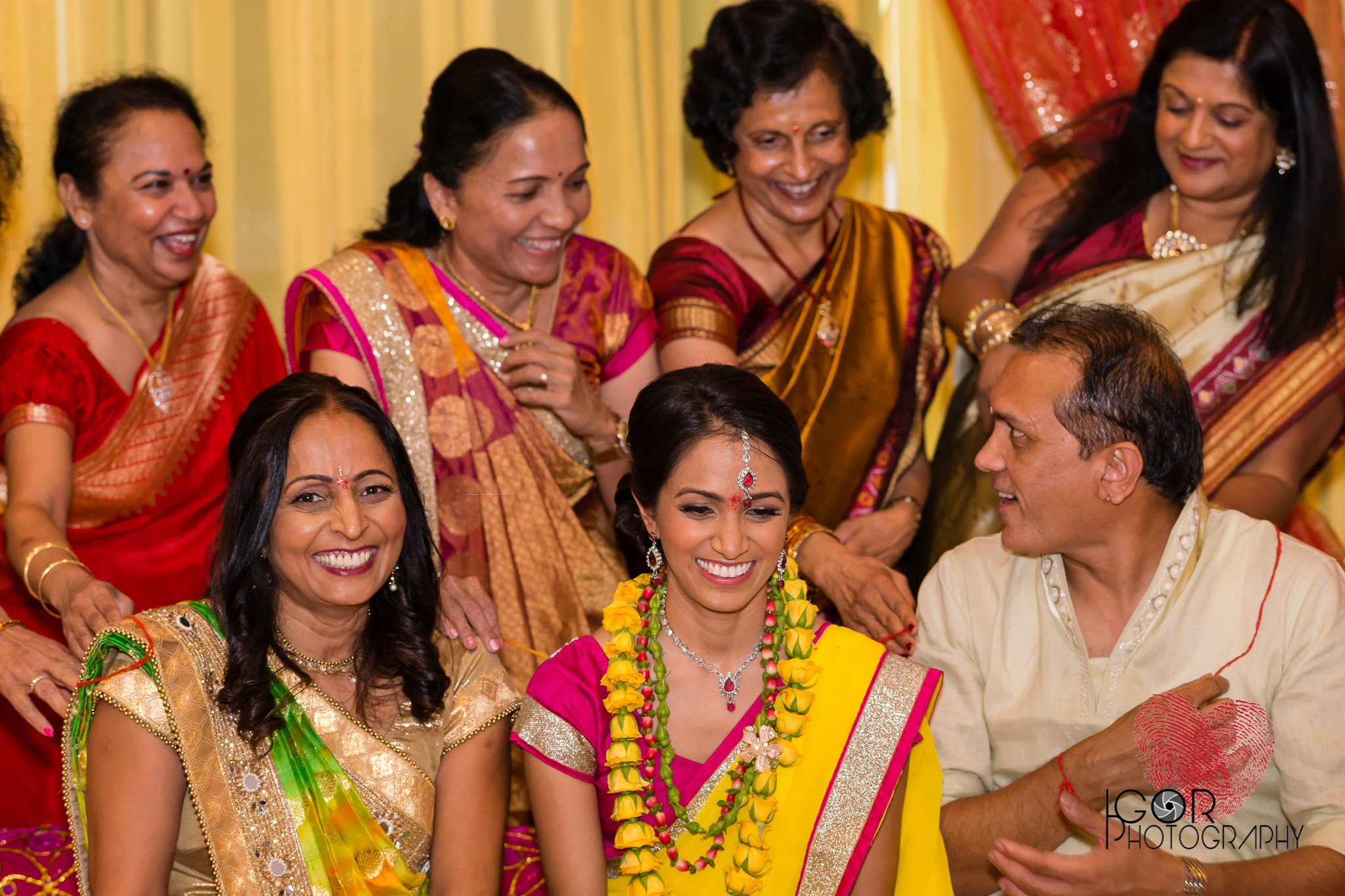
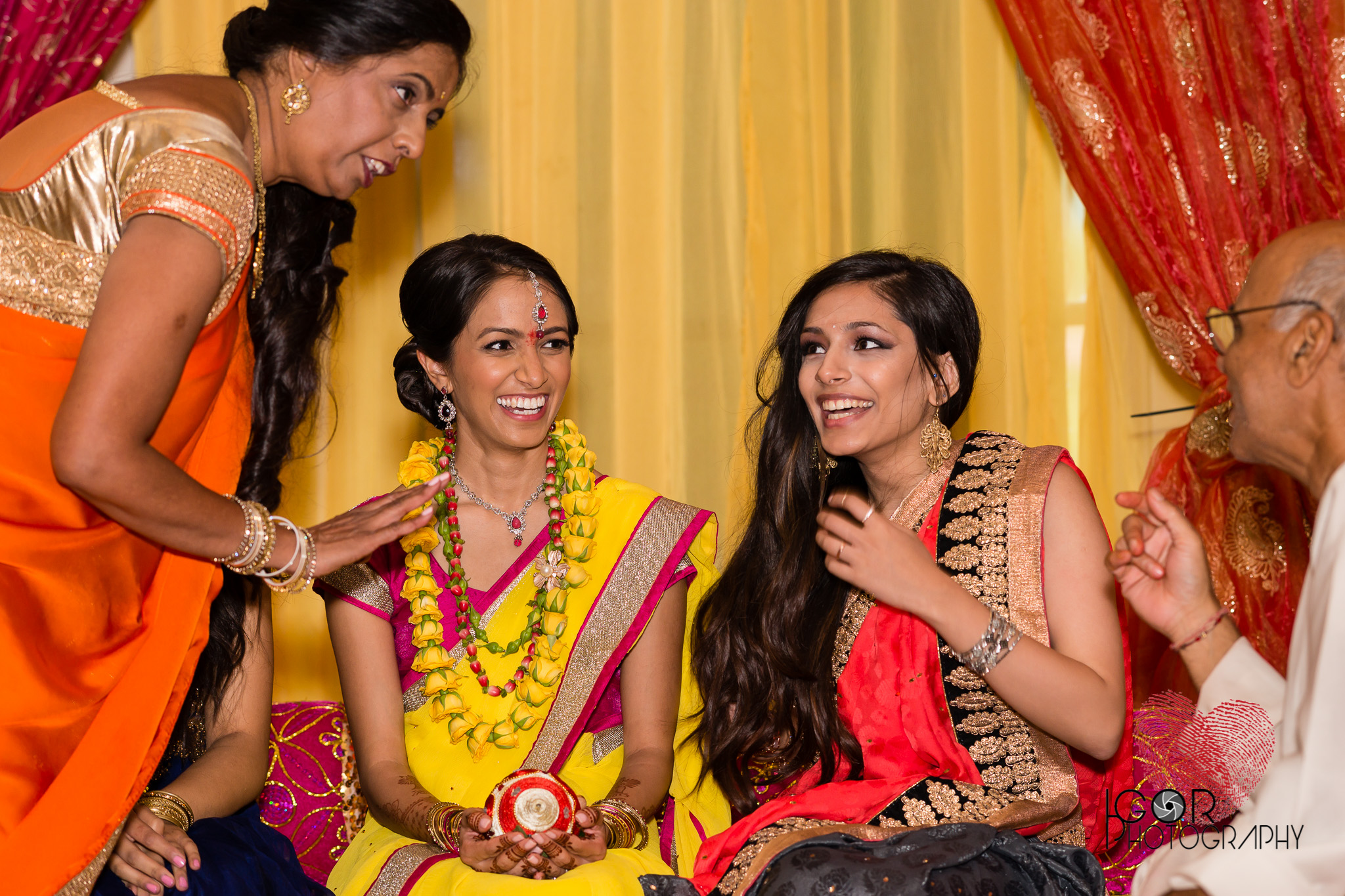

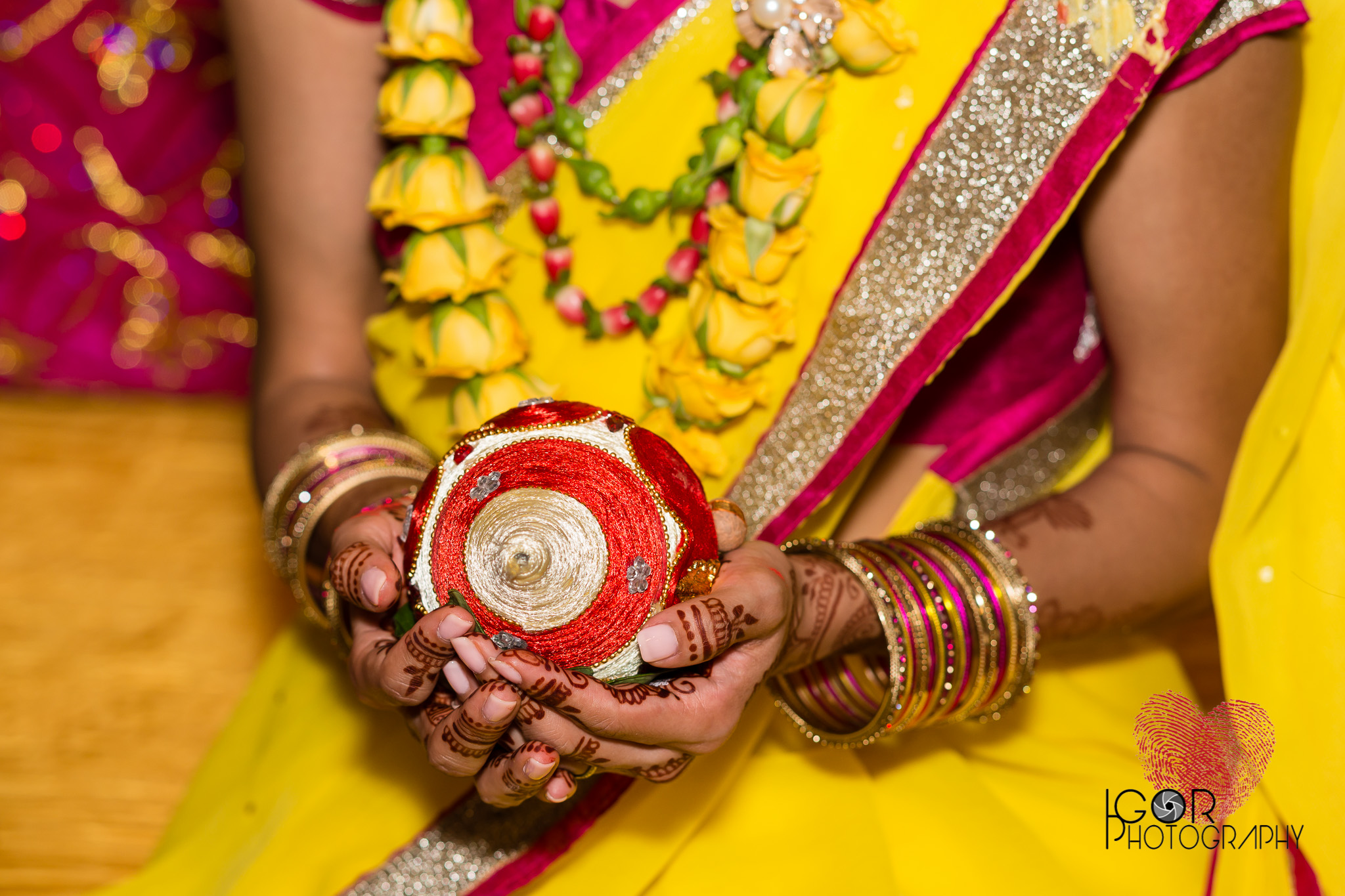
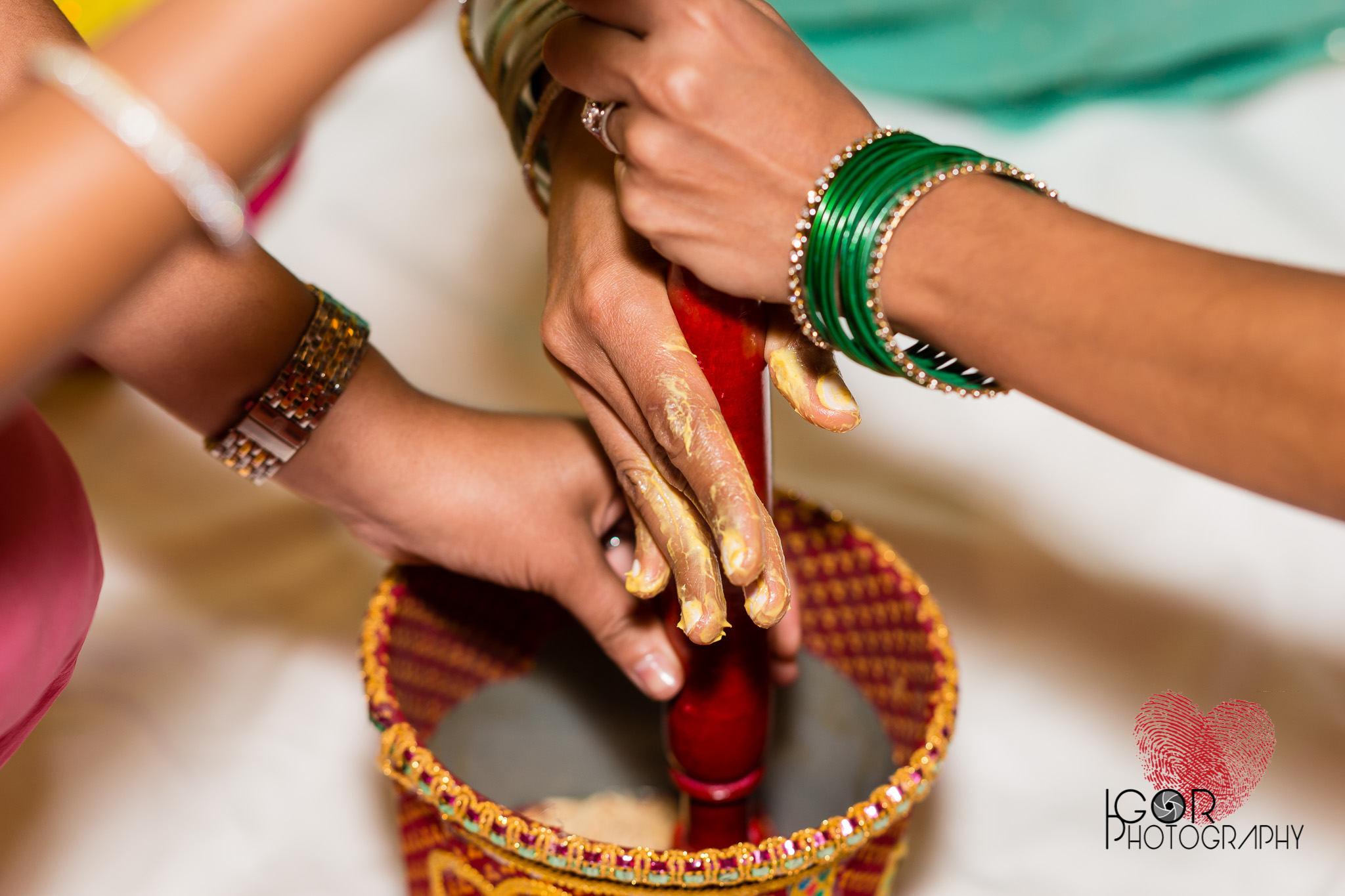
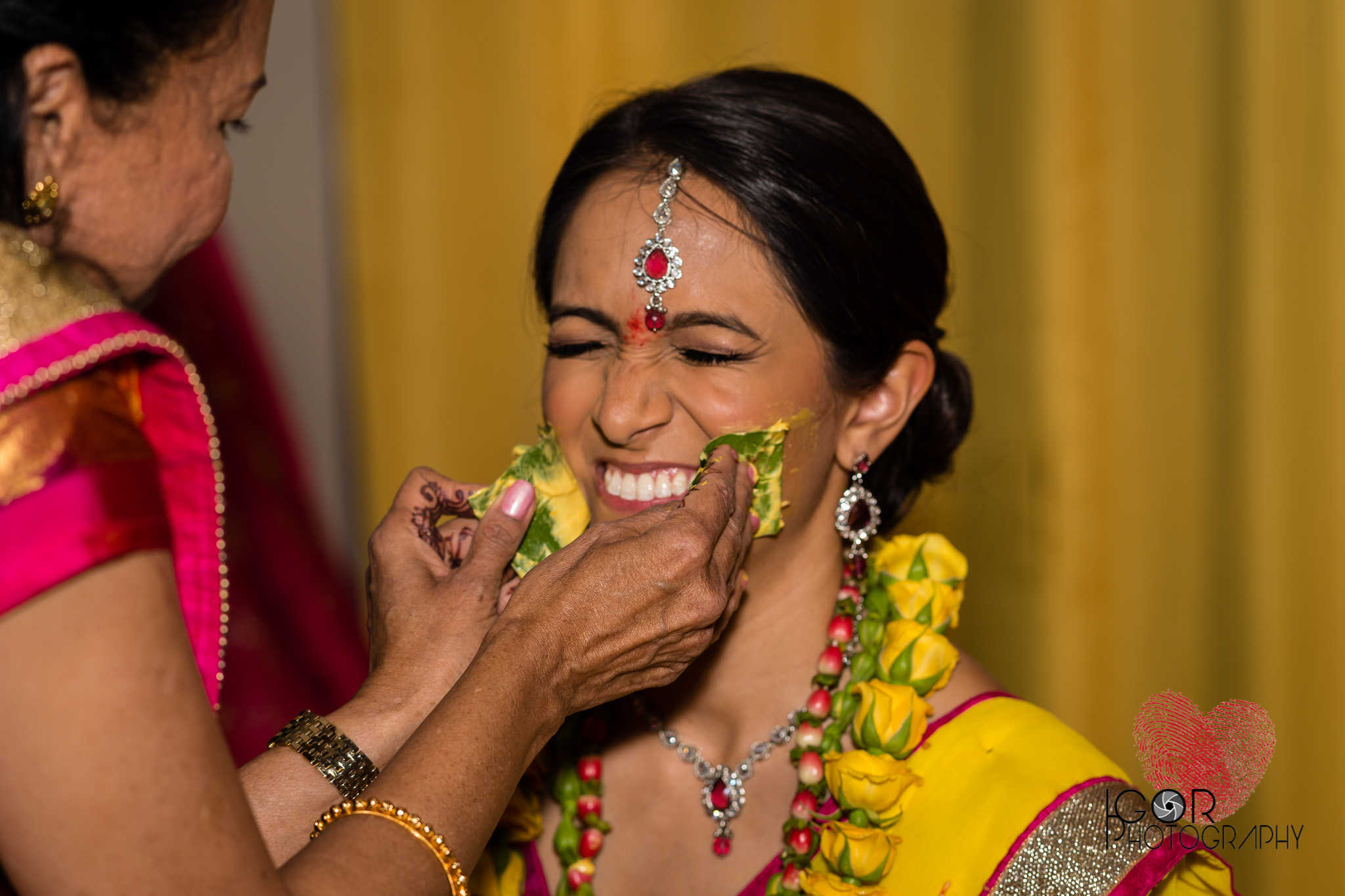
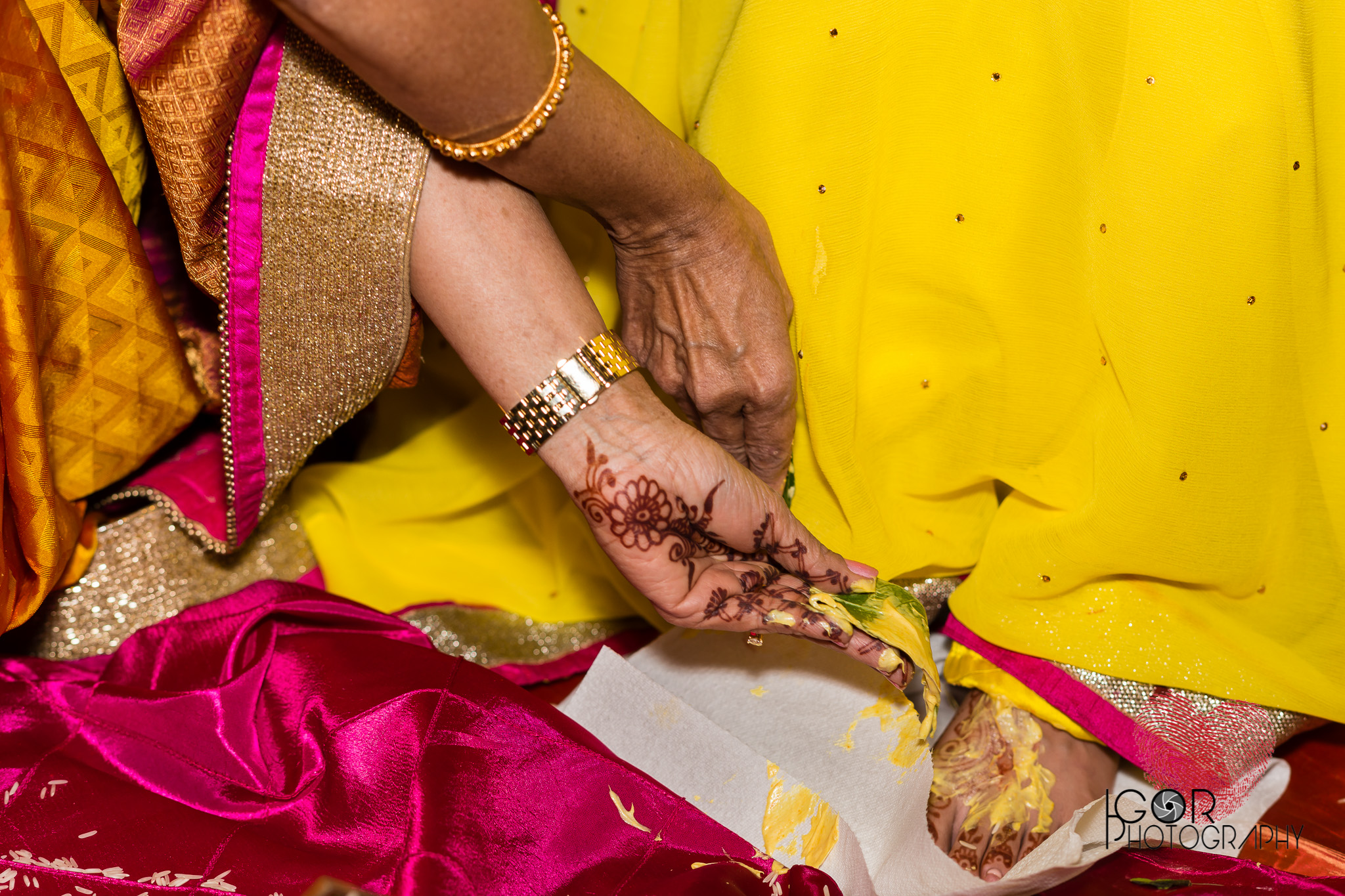
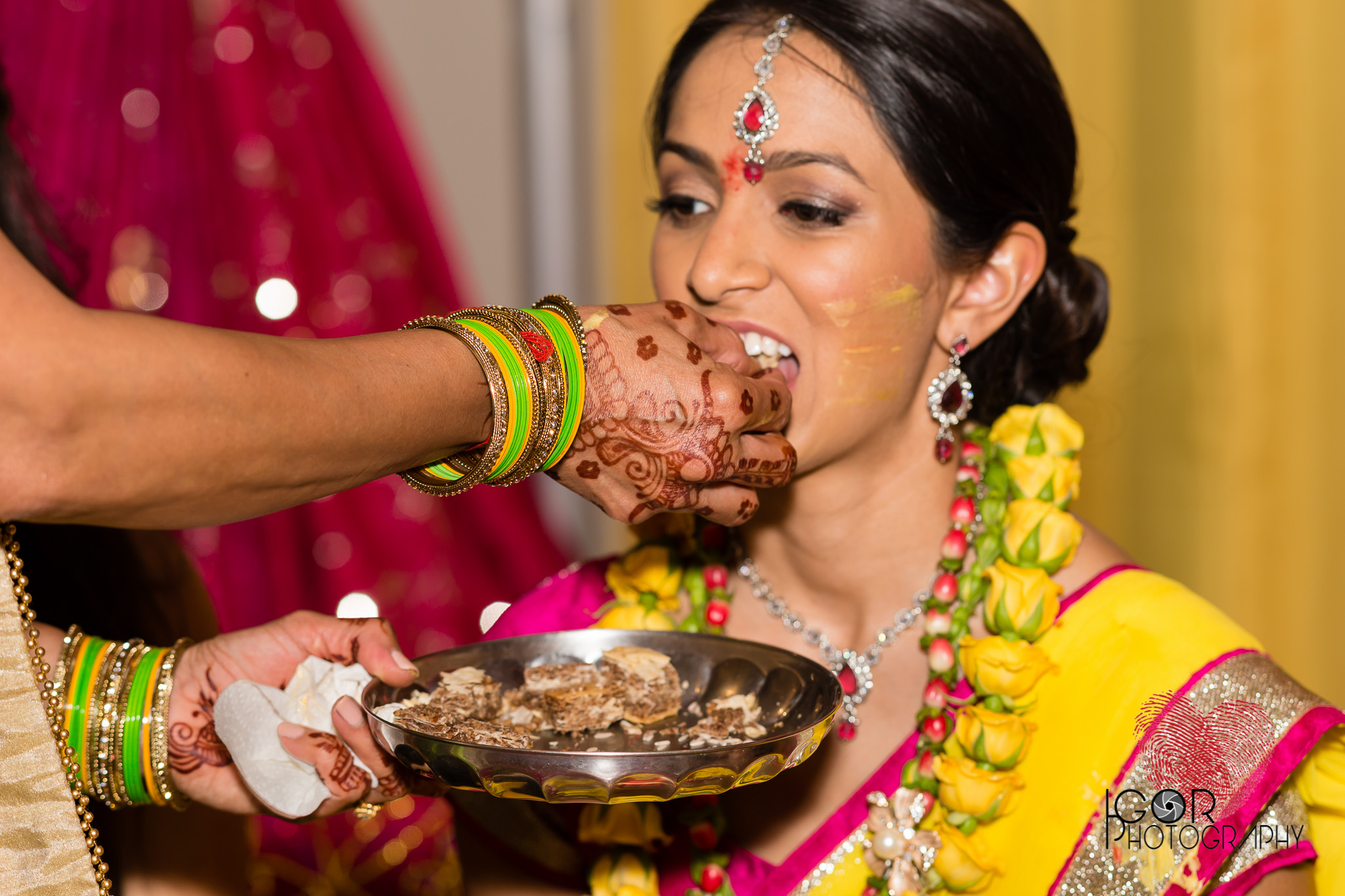
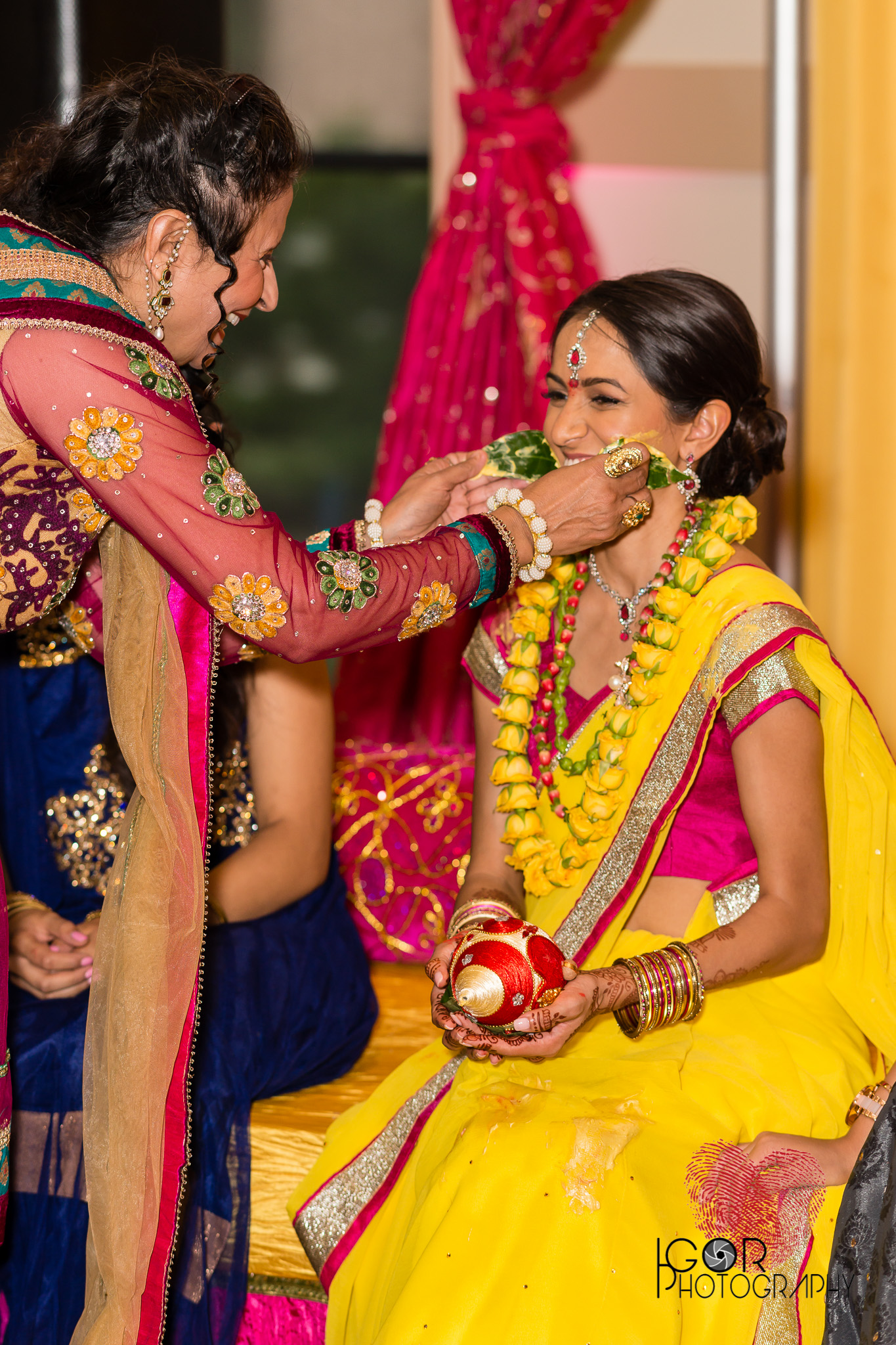
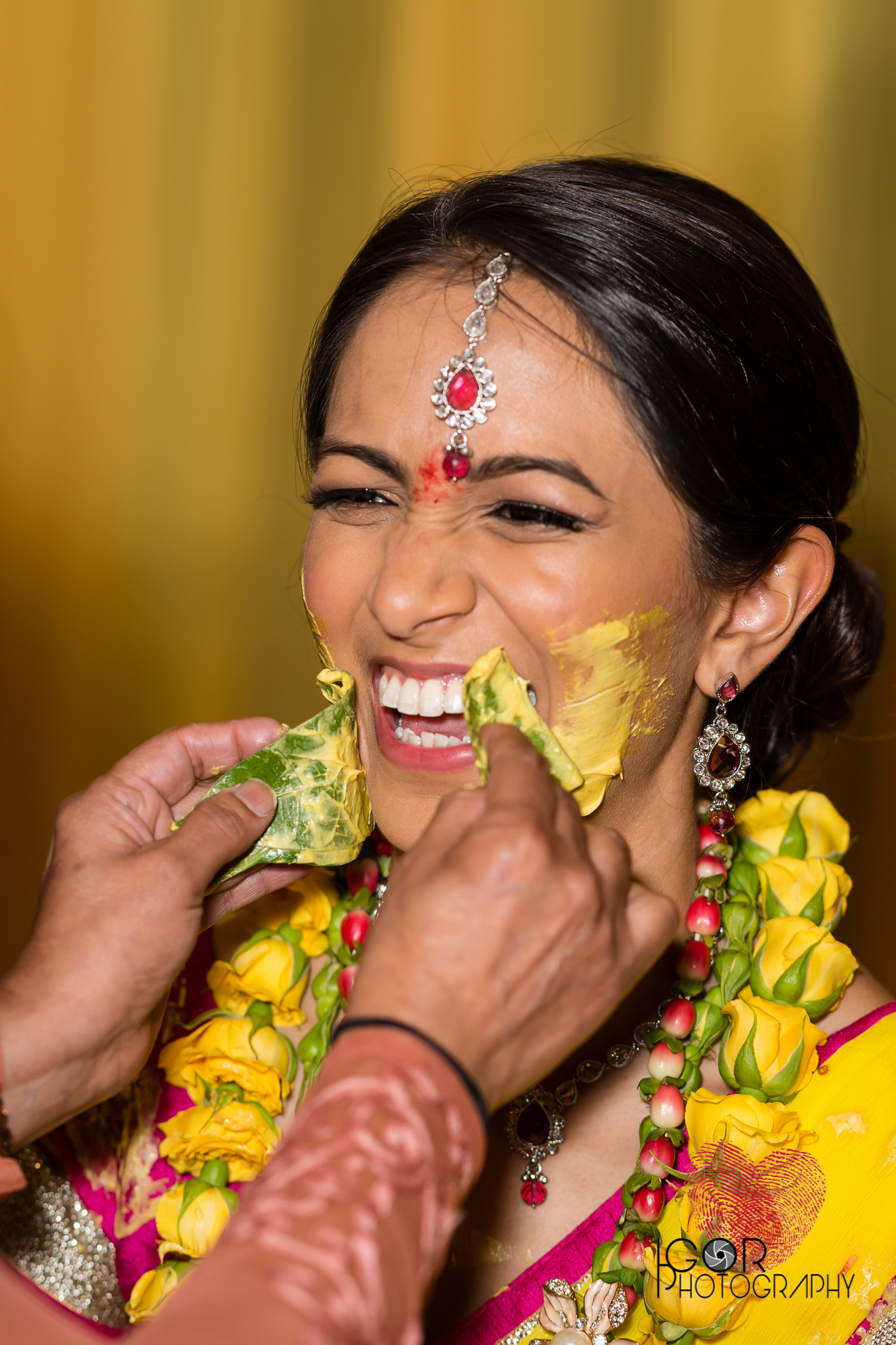
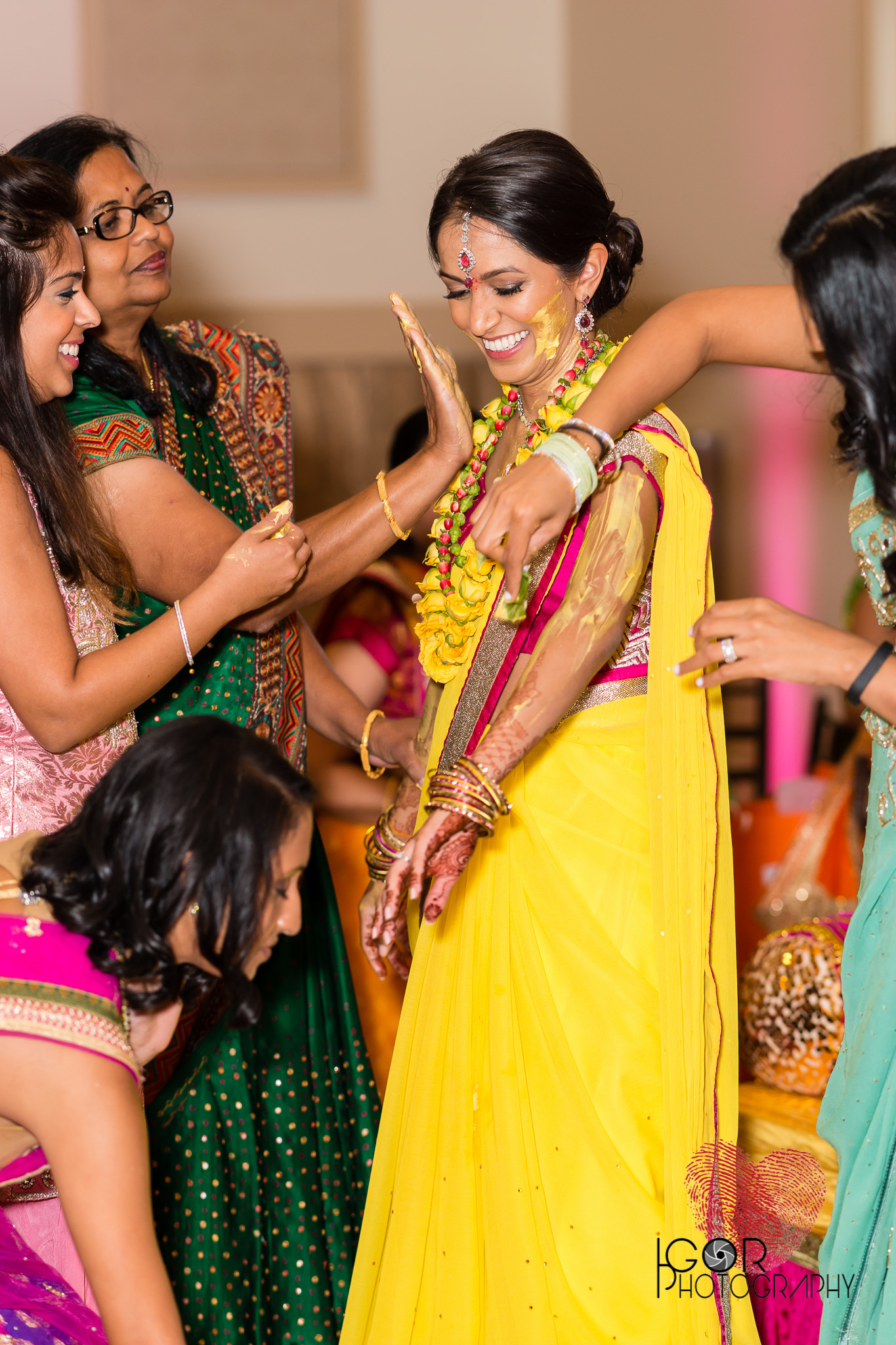
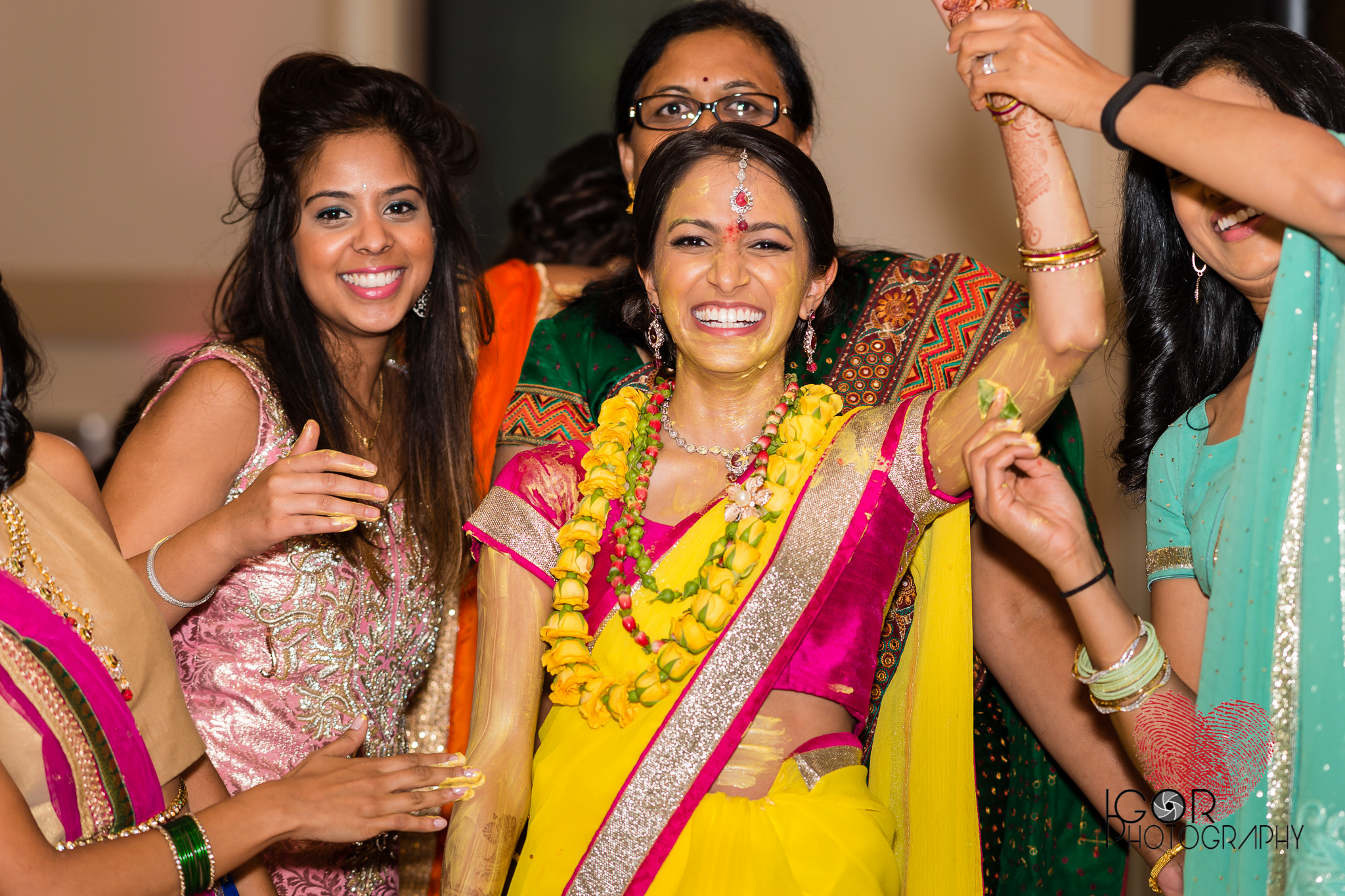
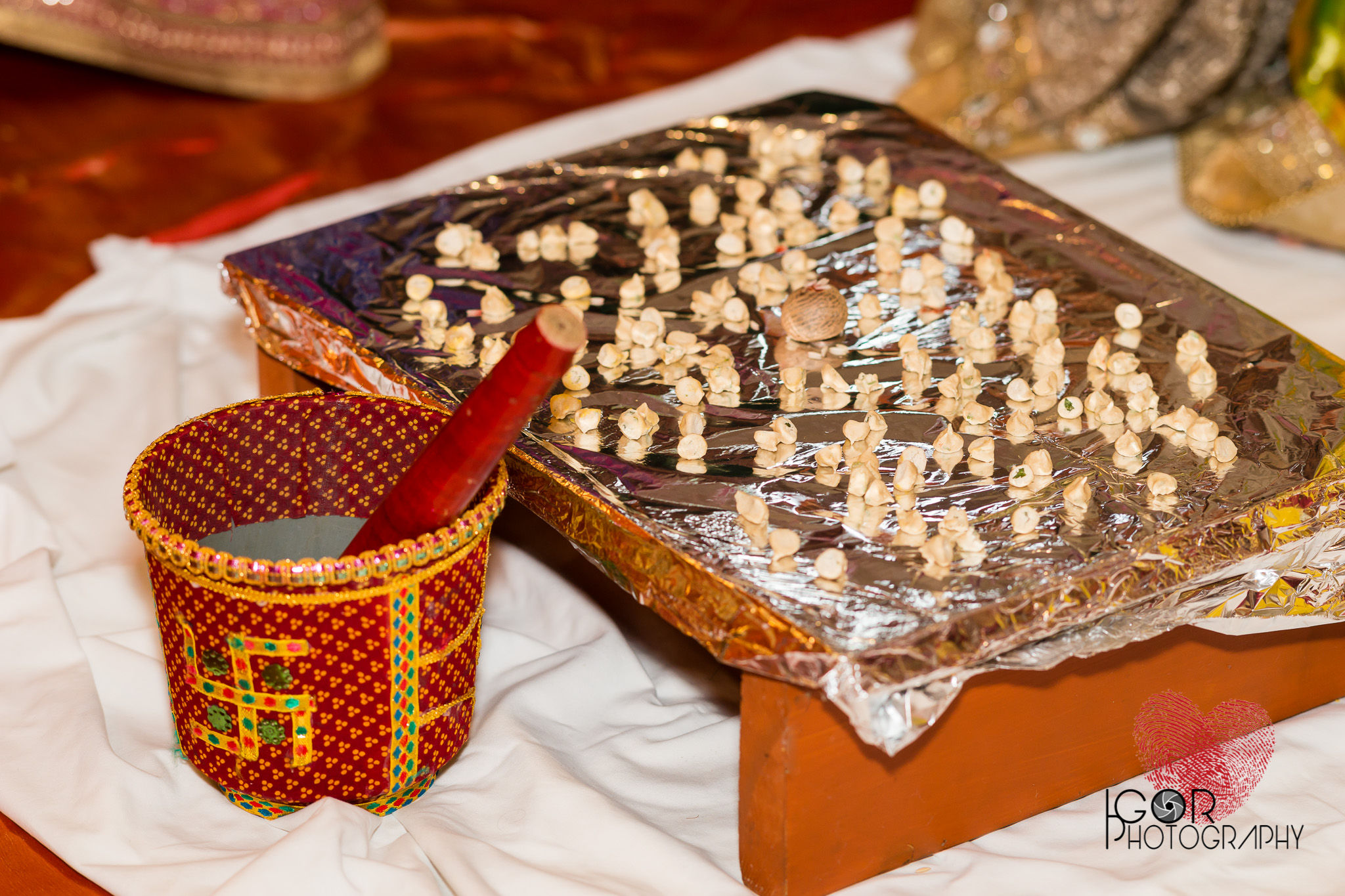
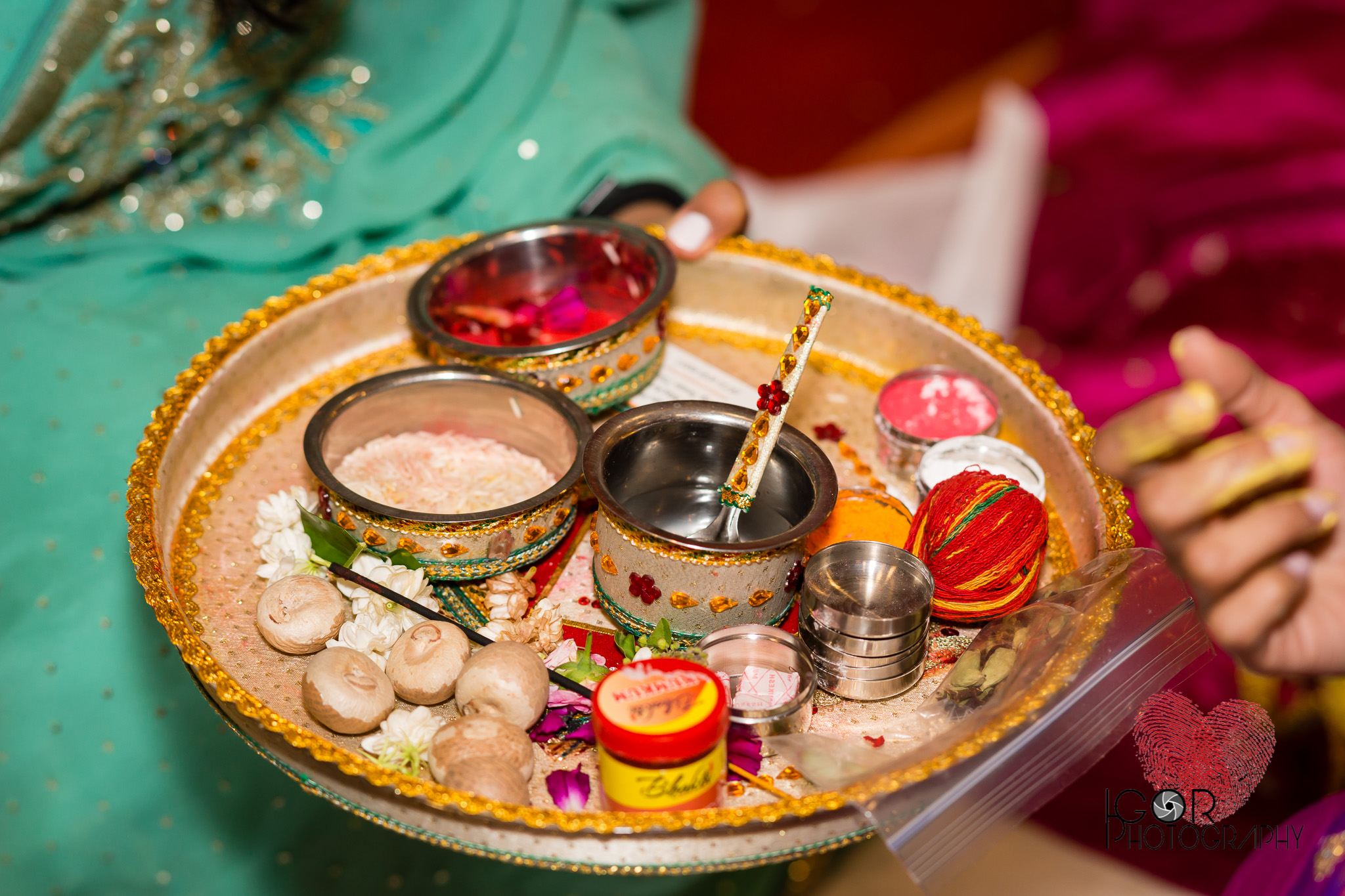
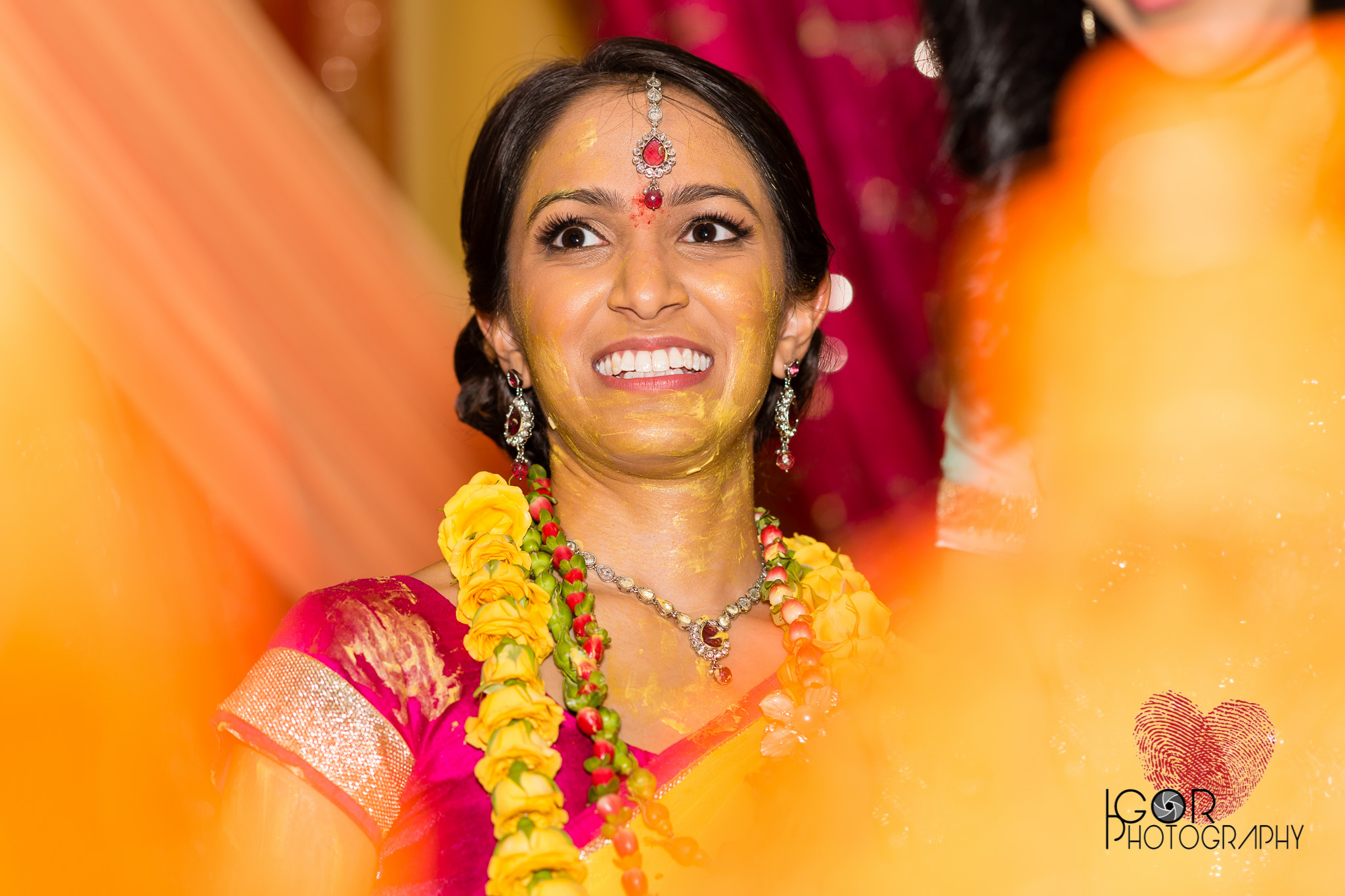
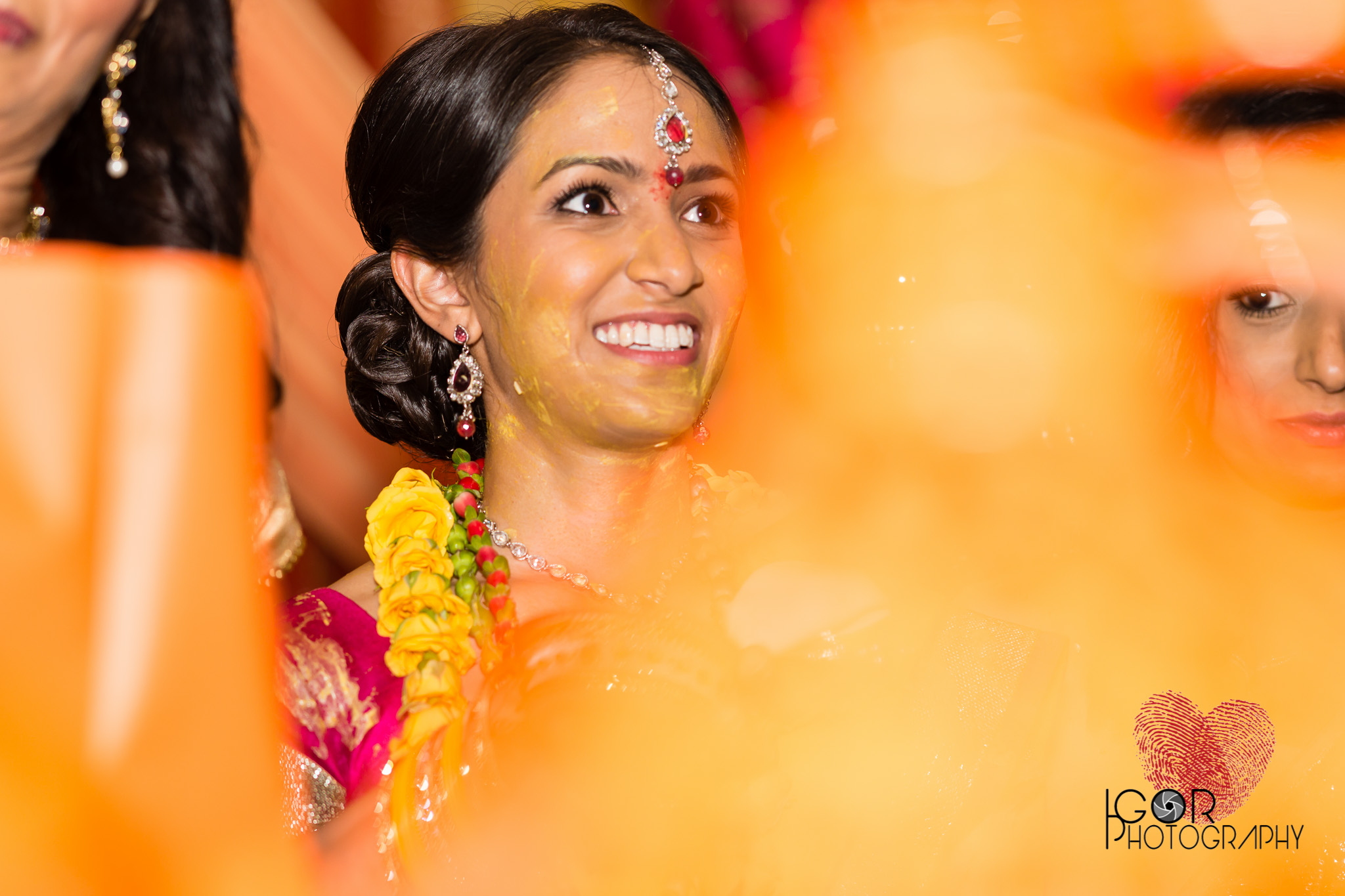
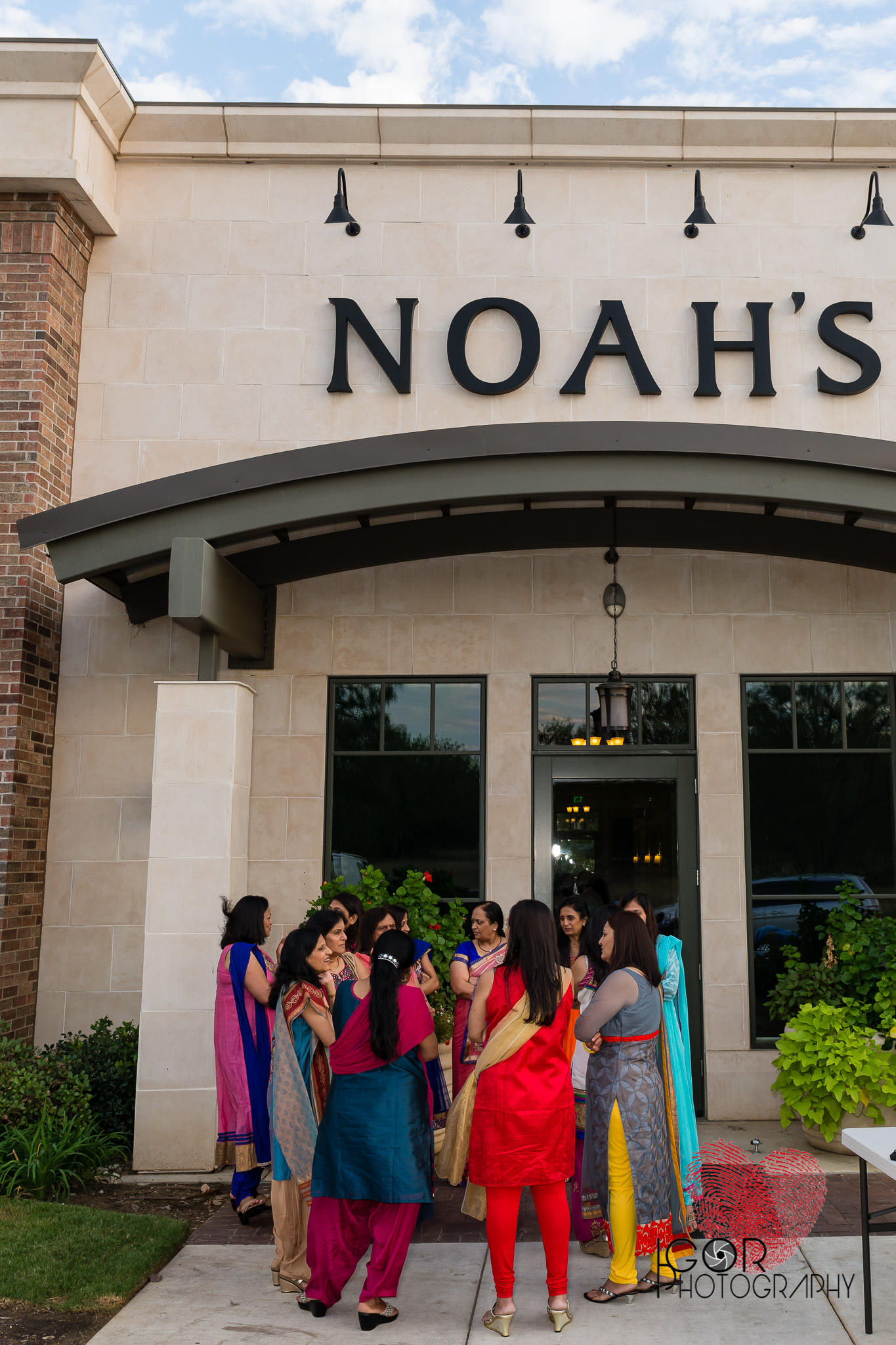
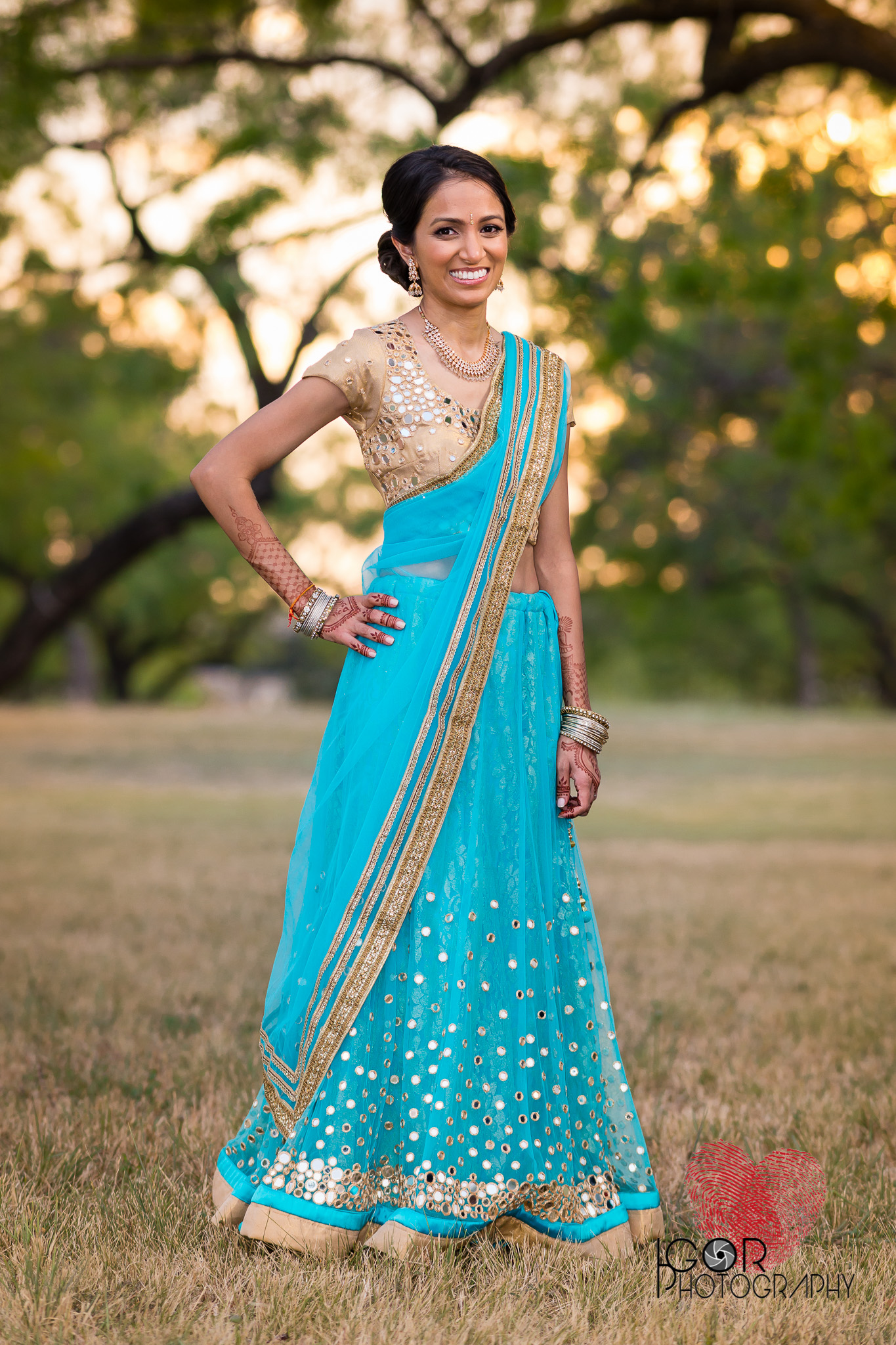
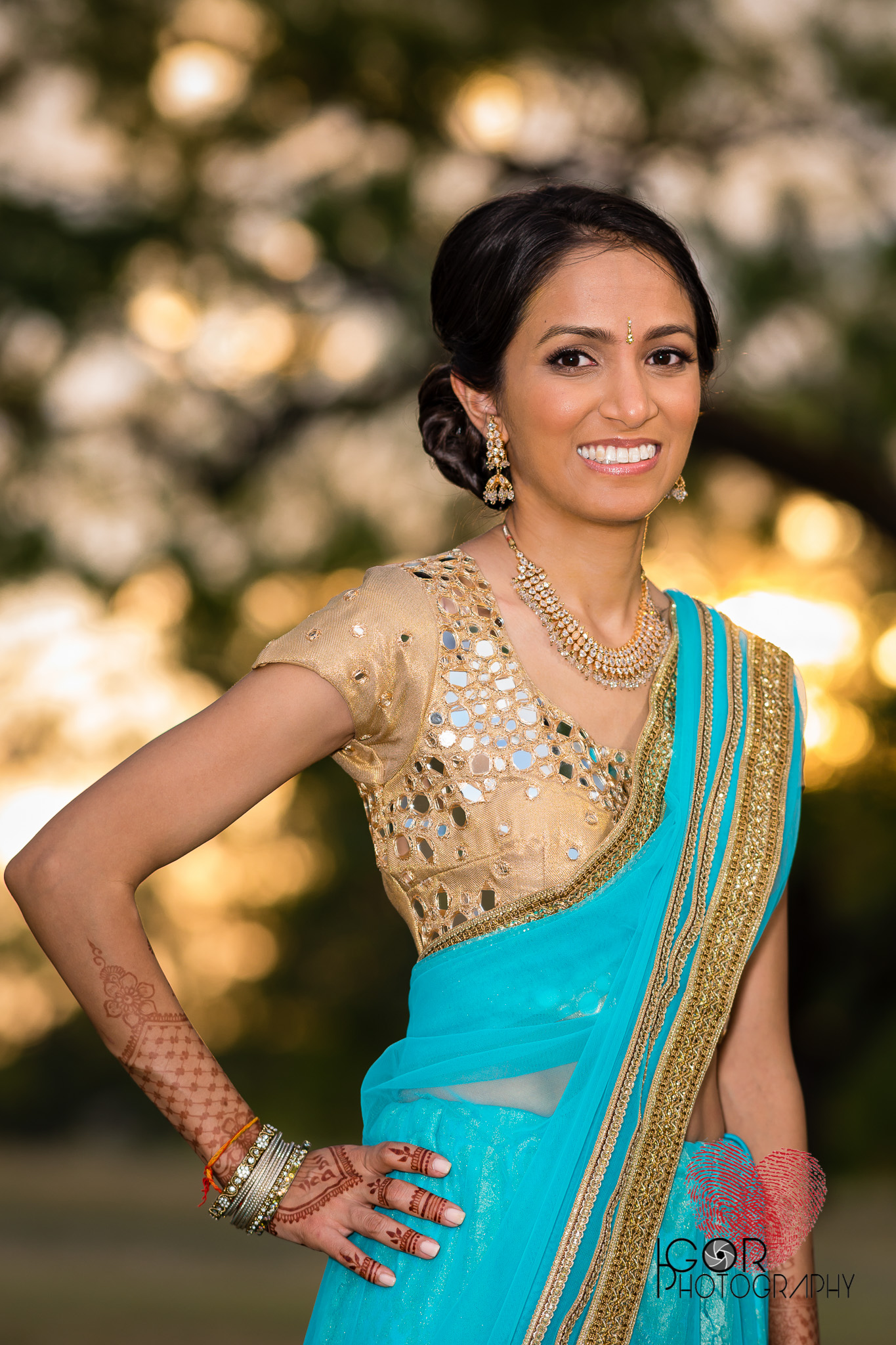
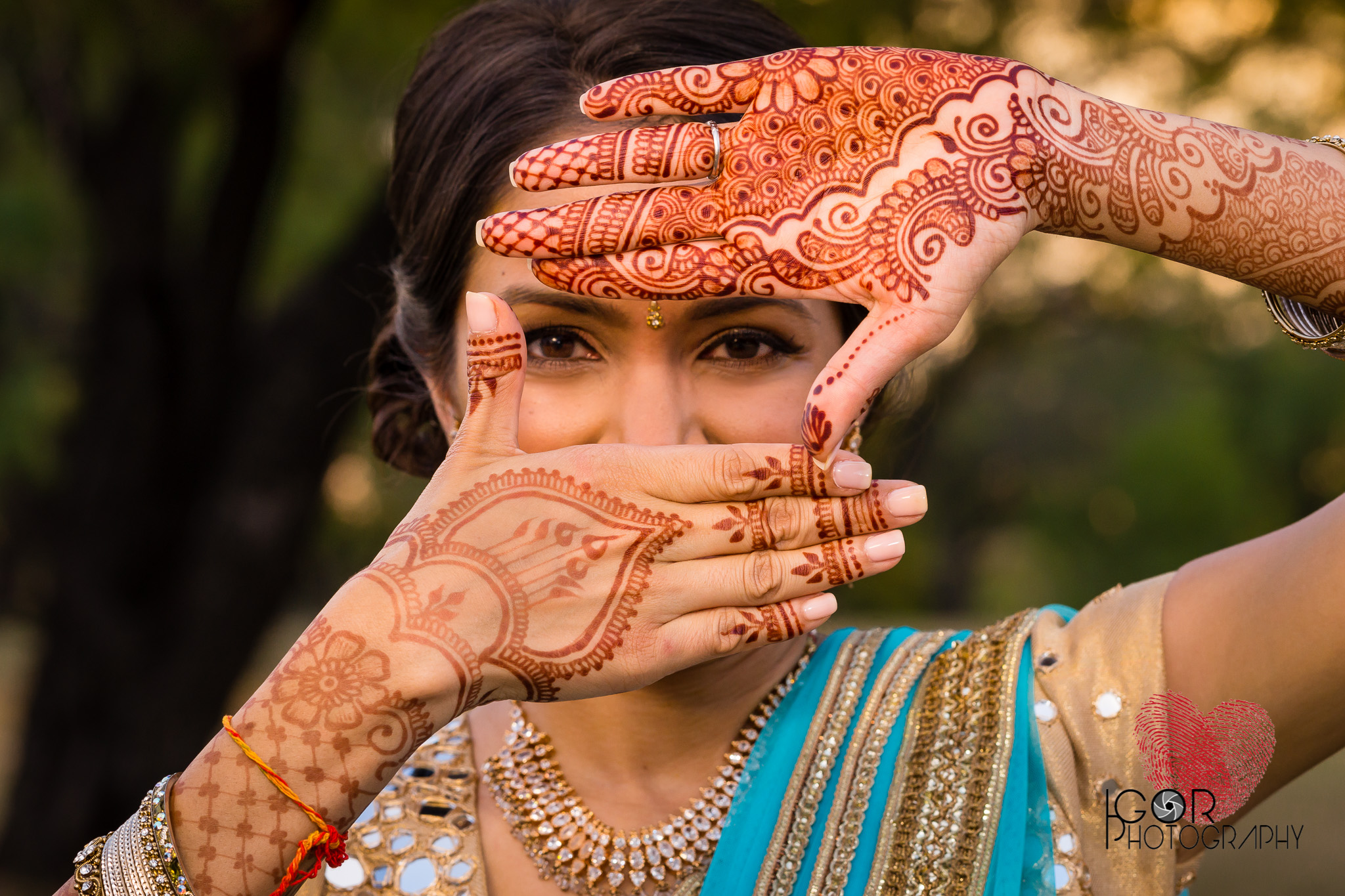
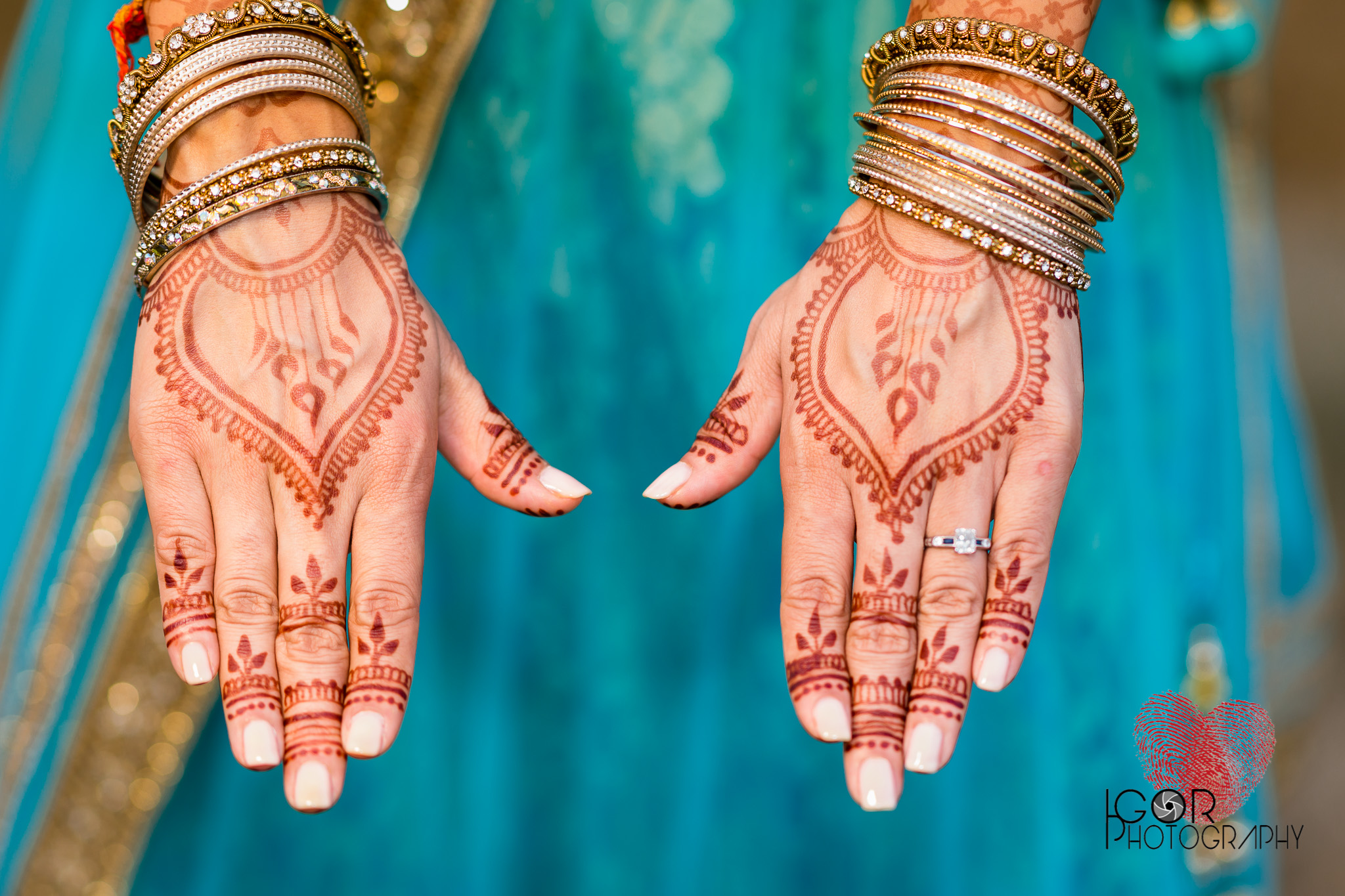
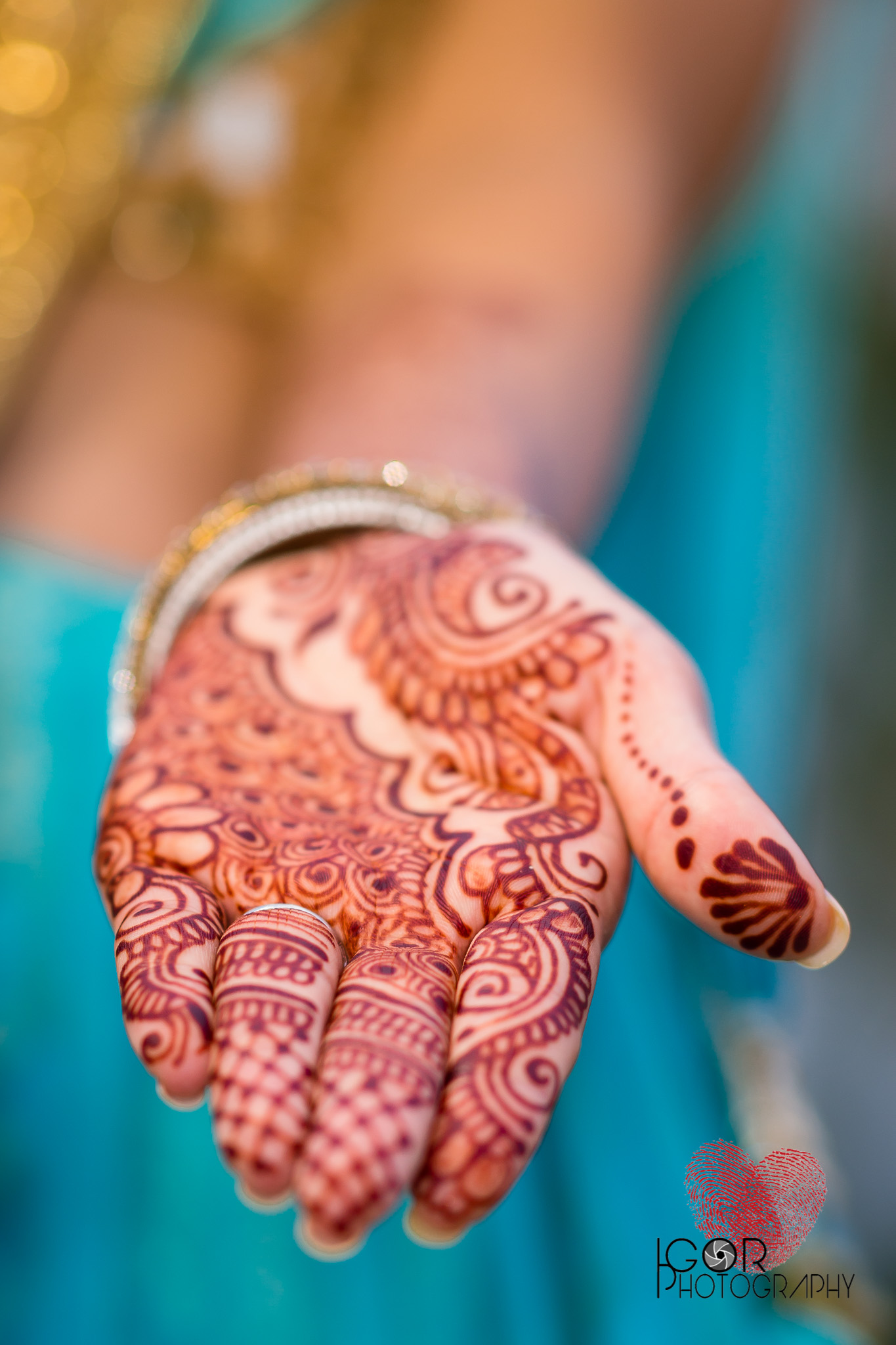
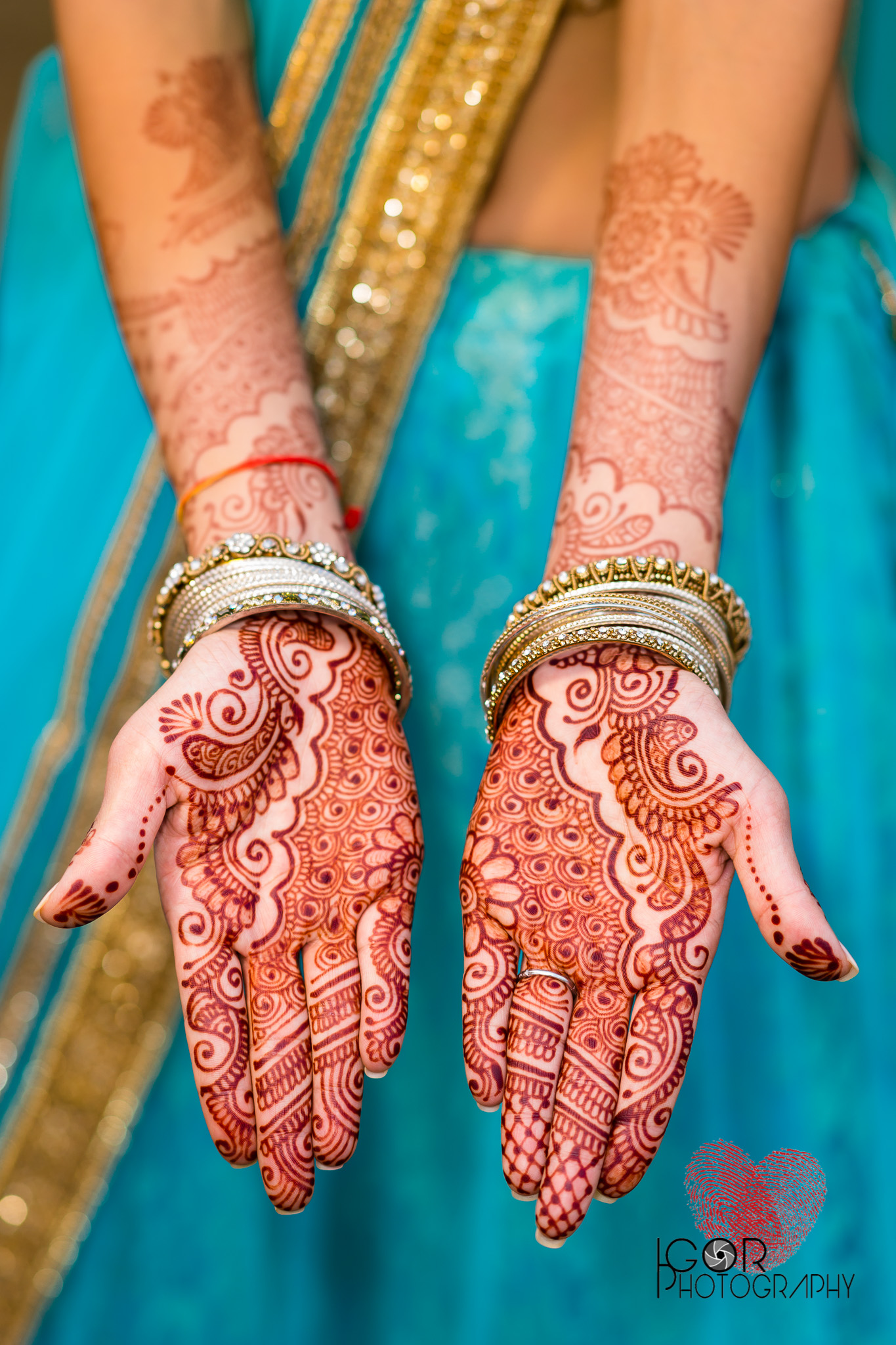
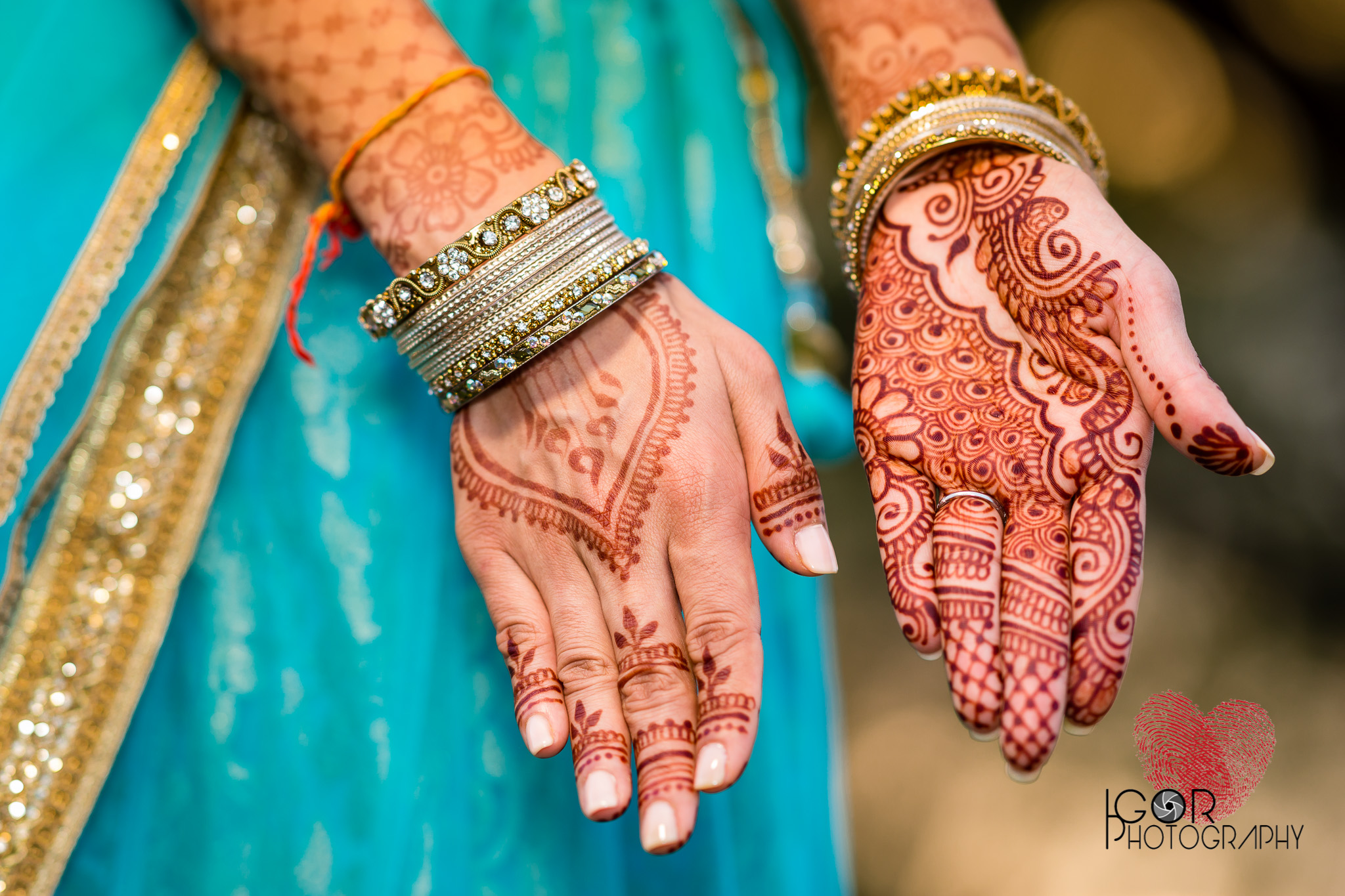
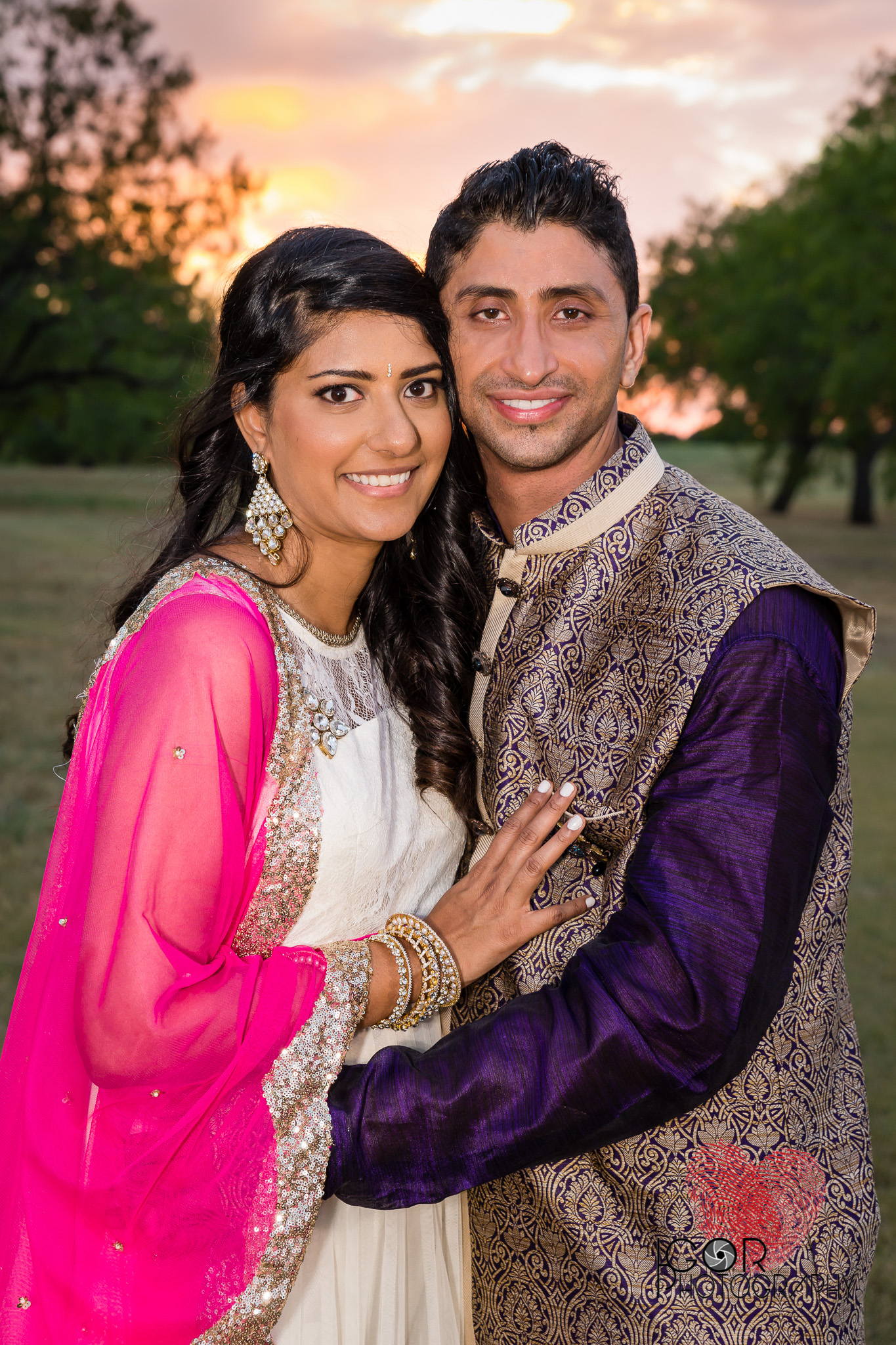
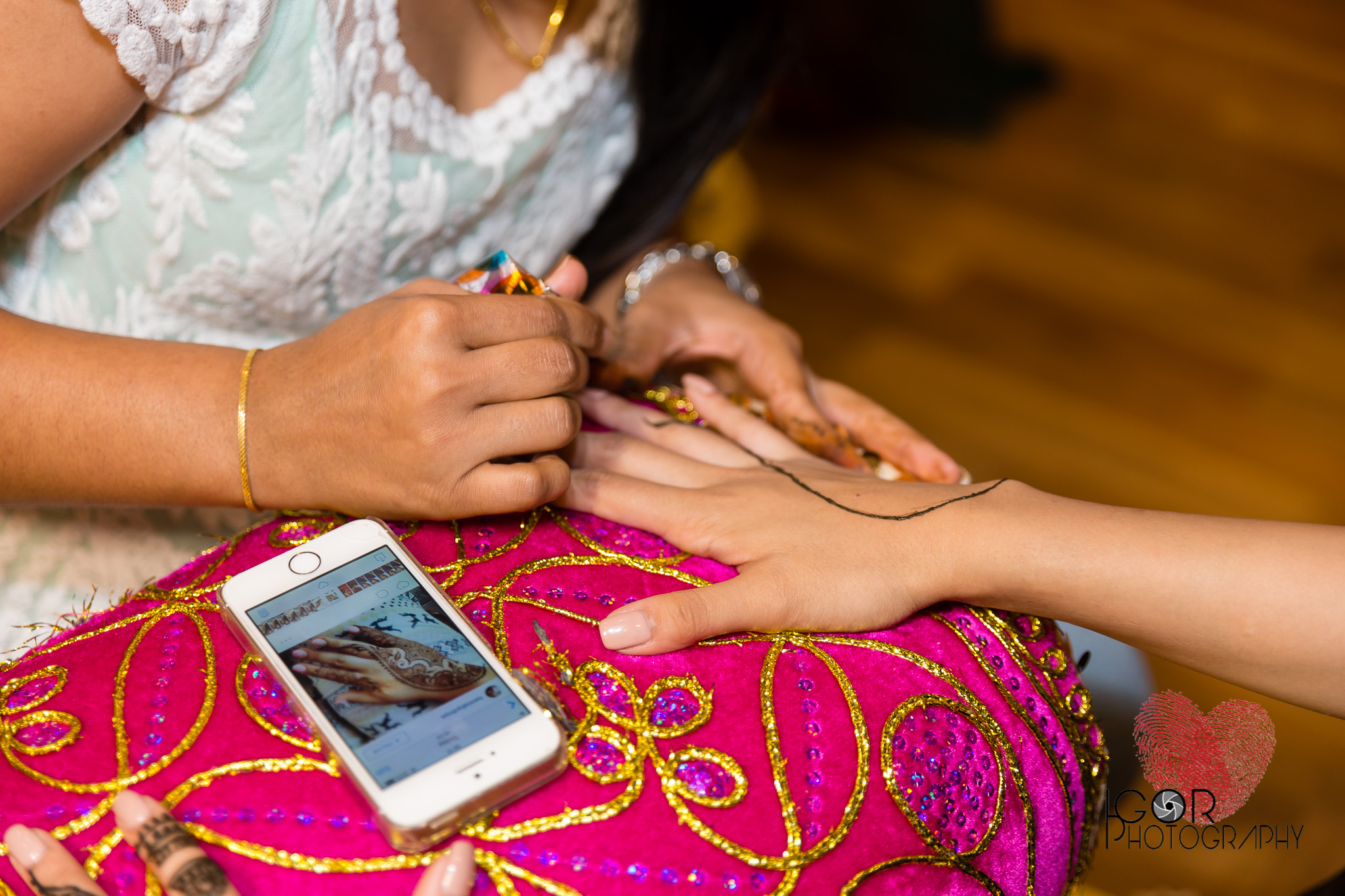
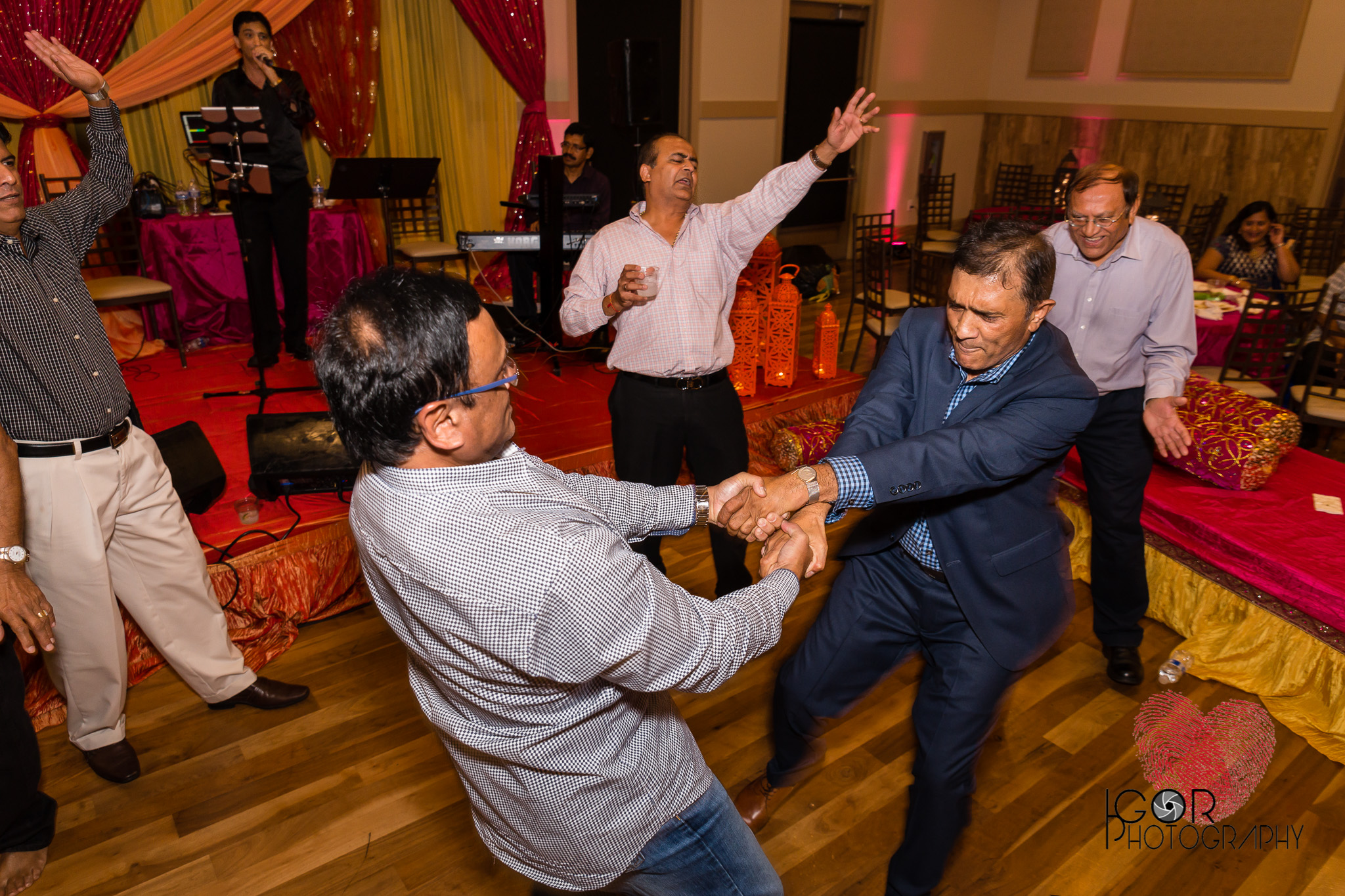
Day Two: The Ceremony for the bride's family at the SLPS Community Center in Irving.
This was a full day of rituals, ceremony and gift giving in front of more than 800 guests. Including the Mayara, also called the ‘Maternal Uncle’s Ceremony,’ , where the uncle brought gifts for the mothers of both the bride and the groom, including the dresses and jewelry they where wearing at the wedding day.” This is also the first time during the 3 days that the groom and bride saw each other. There was also a large buffet dinner after the rituals and a lot of social mingling.






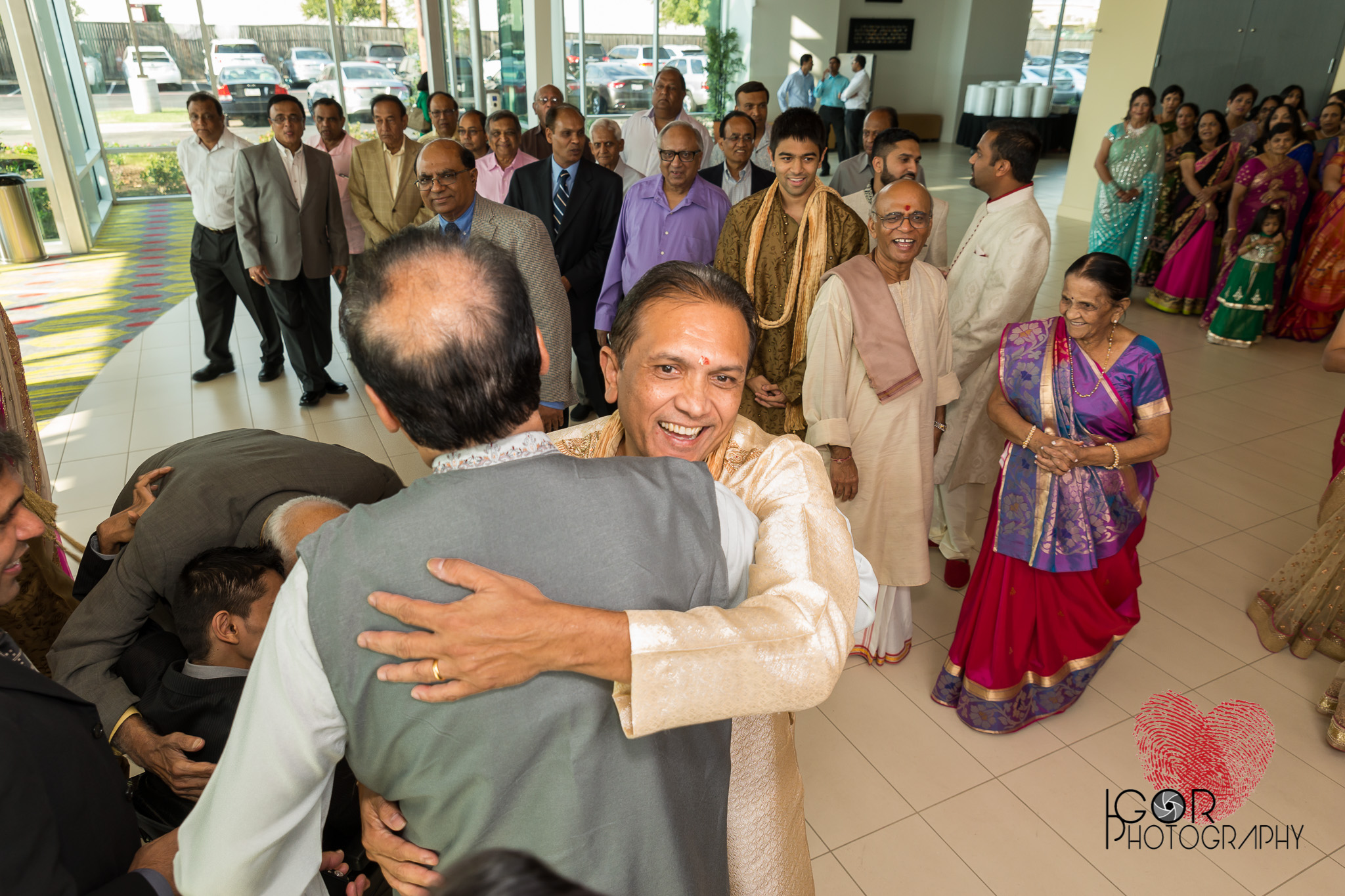









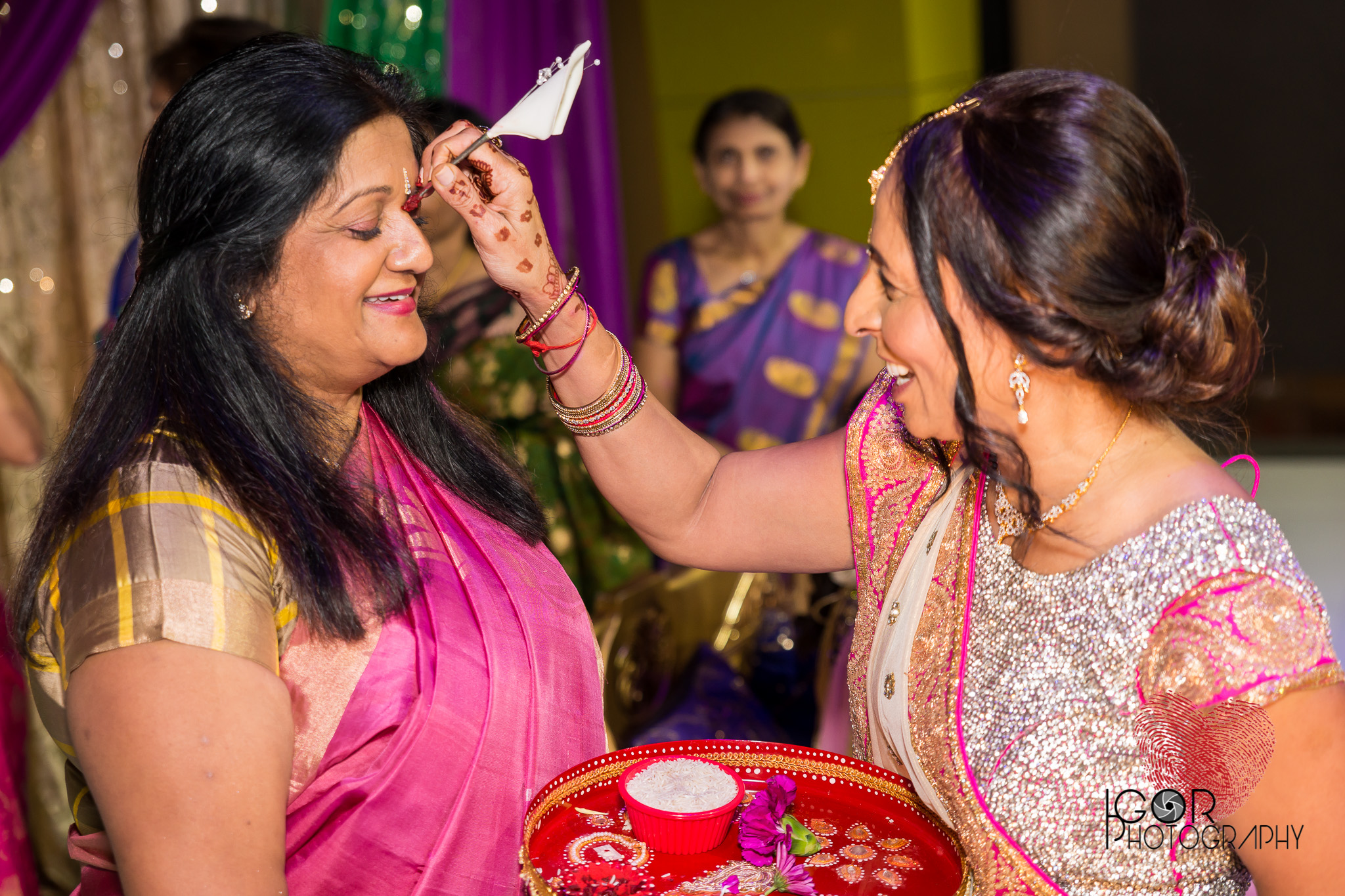








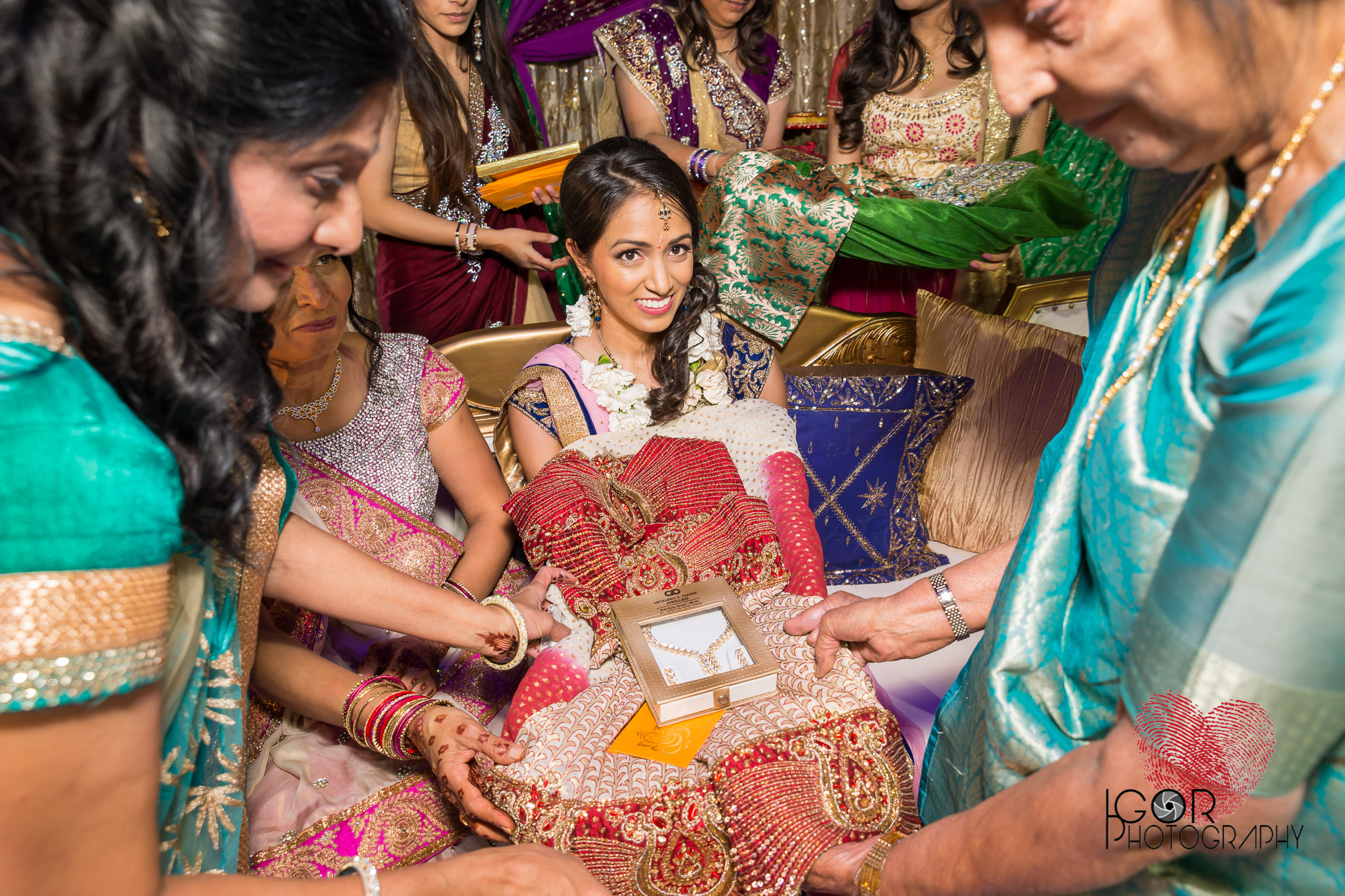



Day Three: The Indian wedding Ceremony (Vivaah Sanskar), at Southfork Ranch in Parker.
The Indian culture celebrates marriage as a sacrament (Sanskara), a rite enabling two individuals to start their journey in life together.
In order to best understand an Indian (in this case a Hindu) wedding ceremony is to think about it as a romantic story where the bride and groom arrive separately and meet and fall in love. The traditional host for the wedding ceremony are the bride's parents. The groom and his family are the guests arriving. The ceremony shows the transition for the Bride and the Groom, from the first stage of their lives, to their second stage of their lives as a married couple. Indian weddings are also about two families being brought together socially, with as much emphasis placed on the families coming closer as the married couple.
This is how this wedding day unfolded:
Baarat (The Groom's Processional):
Prasad, the groom arrives at the venue in a car with a lot of dancing and cheering from the guests and family members.
Ponkvu:
Bride's mother receives the groom and performs a traditional puja to offer her blessing. She will place a clay pot on the ground during the Baraat for the groom to step on and break, This will assess his strength before he takes the brides hand in marriage, this is an important symbolic part.
Jaimala, the Pre-Wedding Garland Ceremony: Bride and groom exchanges garlands as he arrives. The Families lift up the bride and the groom on their shoulders. The groom is lifted higher than the bride to show that the bride cannot take the groom from his friends and family.
Madhuparka: The groom Prasad walks then with Rachna's mother to where the ceremony is to be held (the Mandap). His feet are then washed and the bride's brothers and sisters then tries to steal his shoes, if they succeed, the groom must then offer money to get them back. This was a wild part of the day, they really tried to steal his shoes, it's no joke!
The groom went to sit on the stage until the brides arrived.
Kanya Agamana: The bride Rachna is then walked down the aisle with her uncle, with one flower girl and no bridesmaids. She then sits across from the groom with a sheet (the Antarpaat) in between so they can't see each other. Once the sheet is lowered, family members started trowing flowers at them in celebration. The couple them exchanged garlands for a second time, this time at equal level.
Madhupak:
The bride’s father now offered the groom yogurt and honey as the expression of welcome and respect.
Kanyadaan: The Brides father now performed the Kanyadaan by tying the hands of the couple together in a marital knot (the Hast Melap) he ties a marital knot between the bride and the groom. With this gesture, the father of the bride is giving away his daughter to the groom.
Mangalphera:
The couple then walks around the fire four times in a clockwise direction representing four goals in life: Dharma, religious and moral duties; Artha, prosperity; Kama, earthly pleasures; Moksha, spiritual salvation and liberation. The bride leads first, signifying her determination to stand first beside her husband in all happiness and sorrow.
Then the Groom tied the Mangal Sutra (beaded necklace) around the bride's neck, after that the Bride with the groom's help touched 7 betel nuts with her feet.
The groom then applied a small dot of vermilion, a red powder (Sindhoor), to the bride’s forehead and welcomed her as his partner for life. They are now a married couple!
Then the married couple went to the front of the stage to bow to family and friends to get their blessings.
The rest of the day was more like a traditional American wedding day, they had the family photos taken, that took some time since it was a large family.
After that they couple went to clean and change clothes while the guest and family had a casual cocktail hour with games for the guests to play, by the famous Southfork Ranch Mansion (from the TV soup opera Dallas).
After the cocktail hour the wedding reception started with speeches, entertainment, cake cutting and a lot of dancing and singing.
This was certainly a wedding to remember! Contact us today if you are getting married and need stunning wedding photography coverage!











































